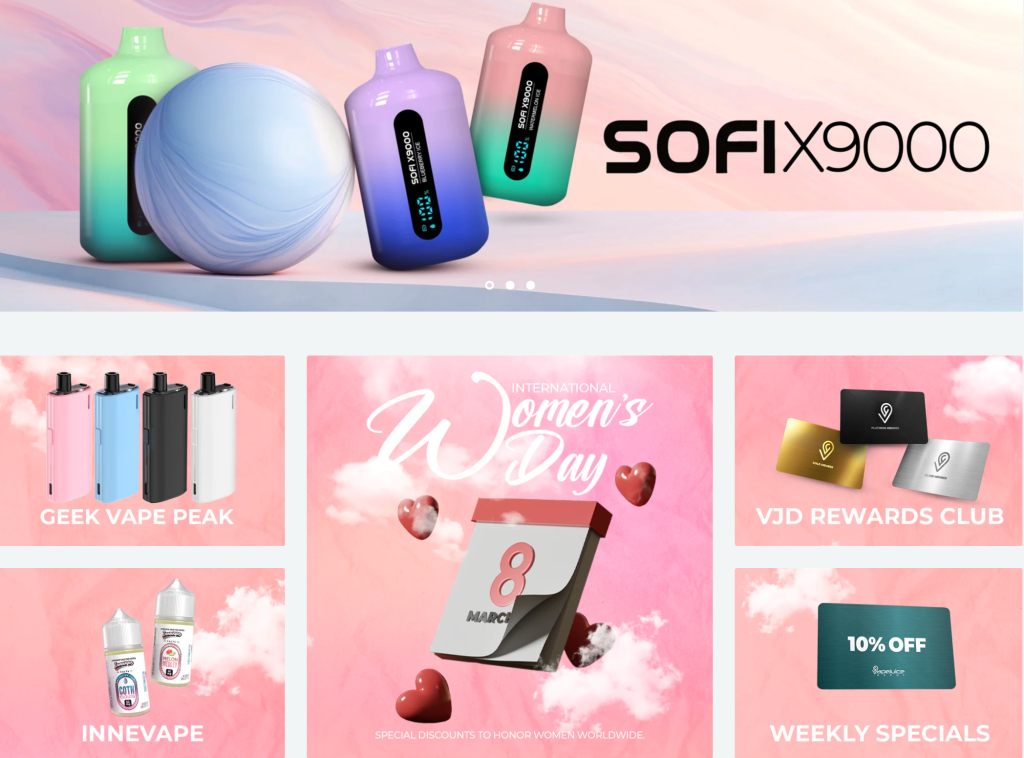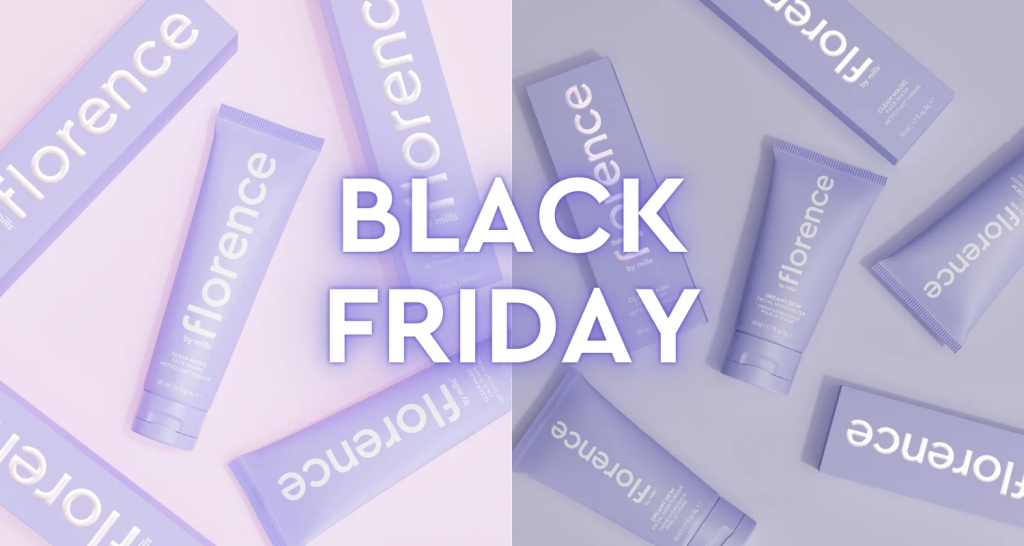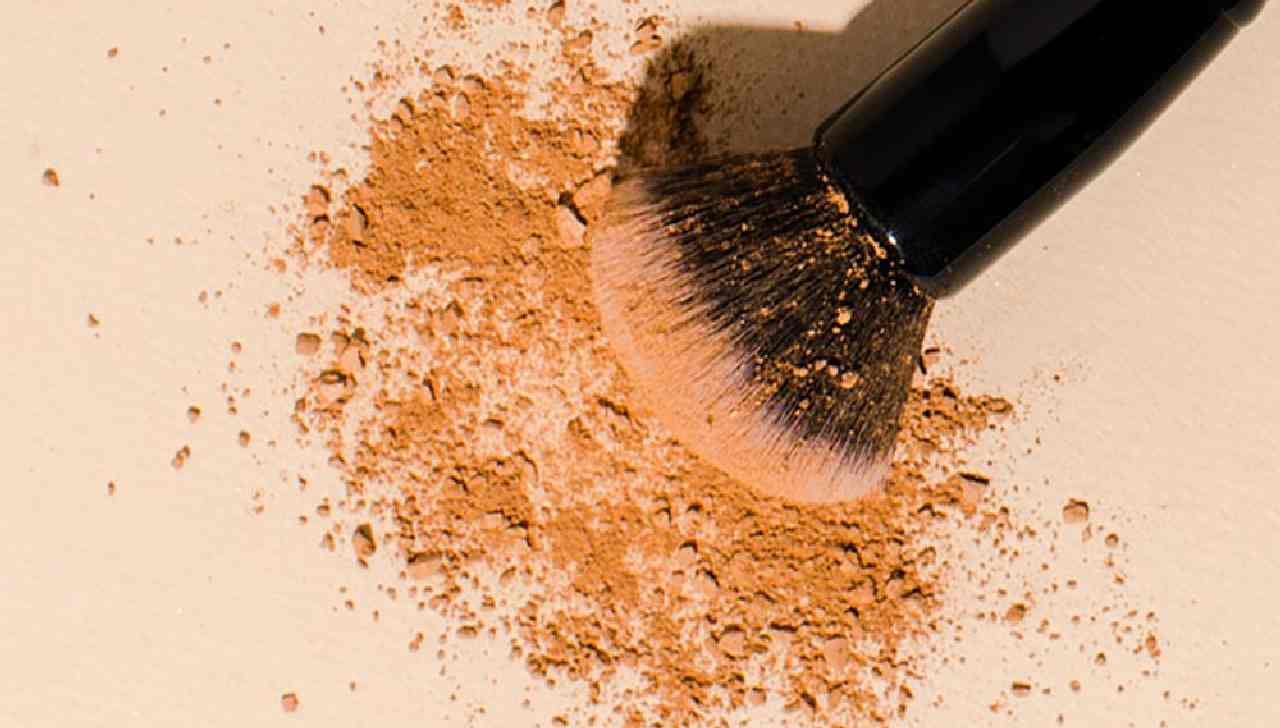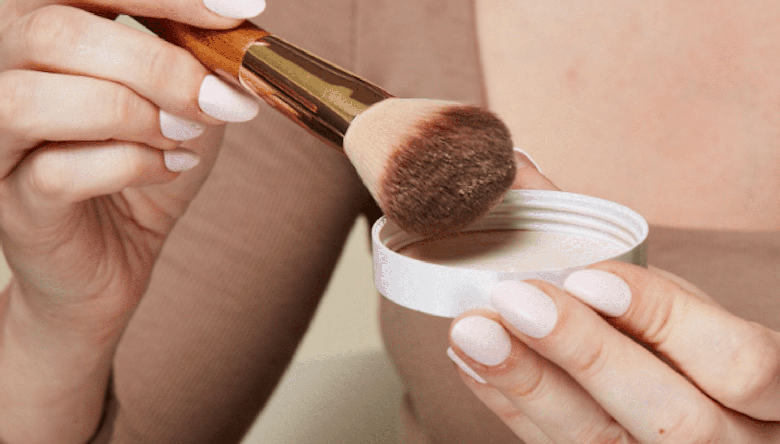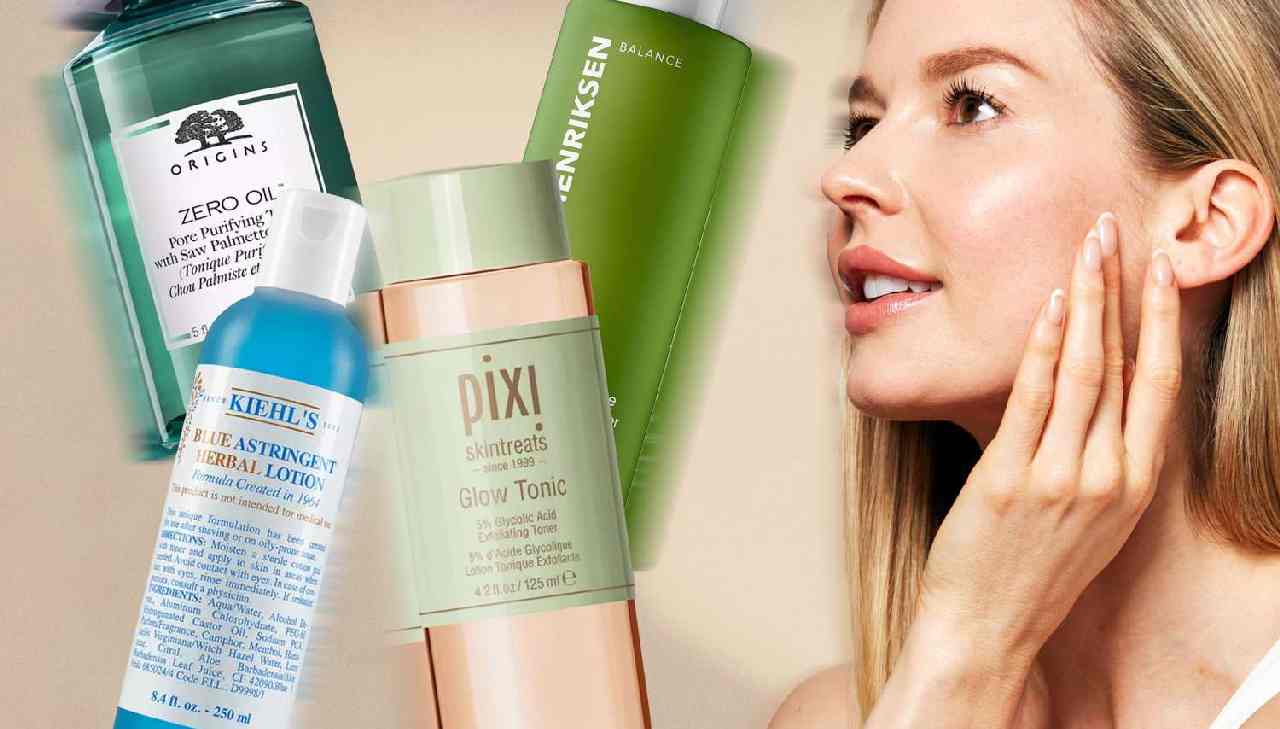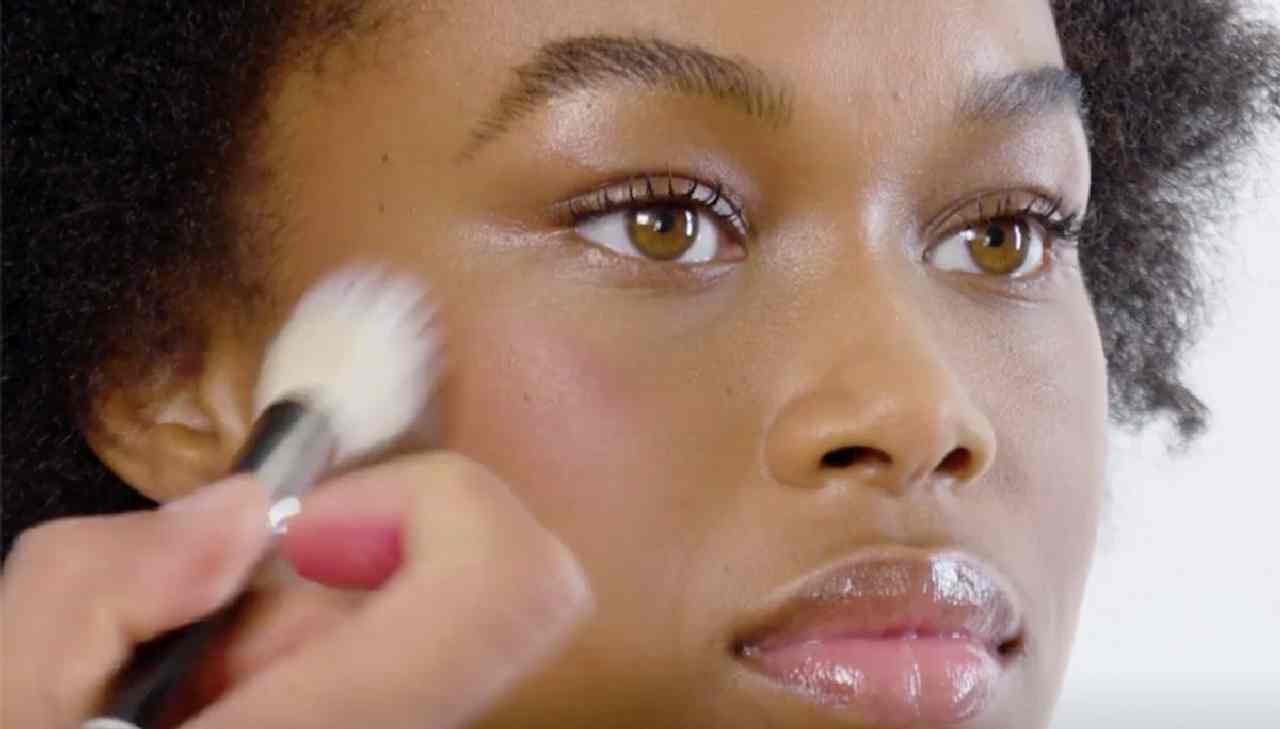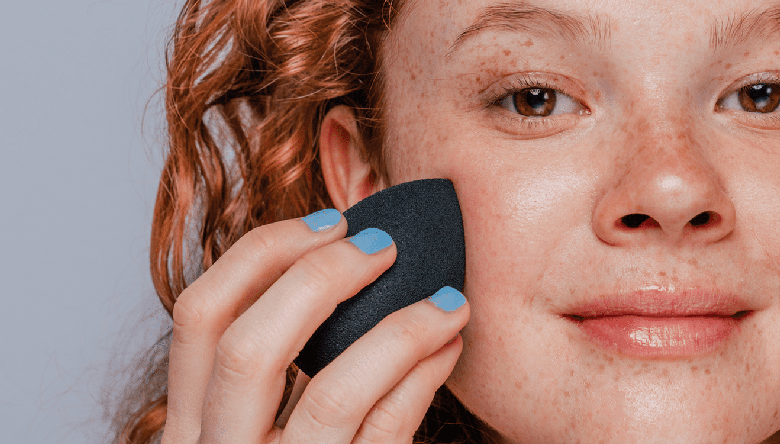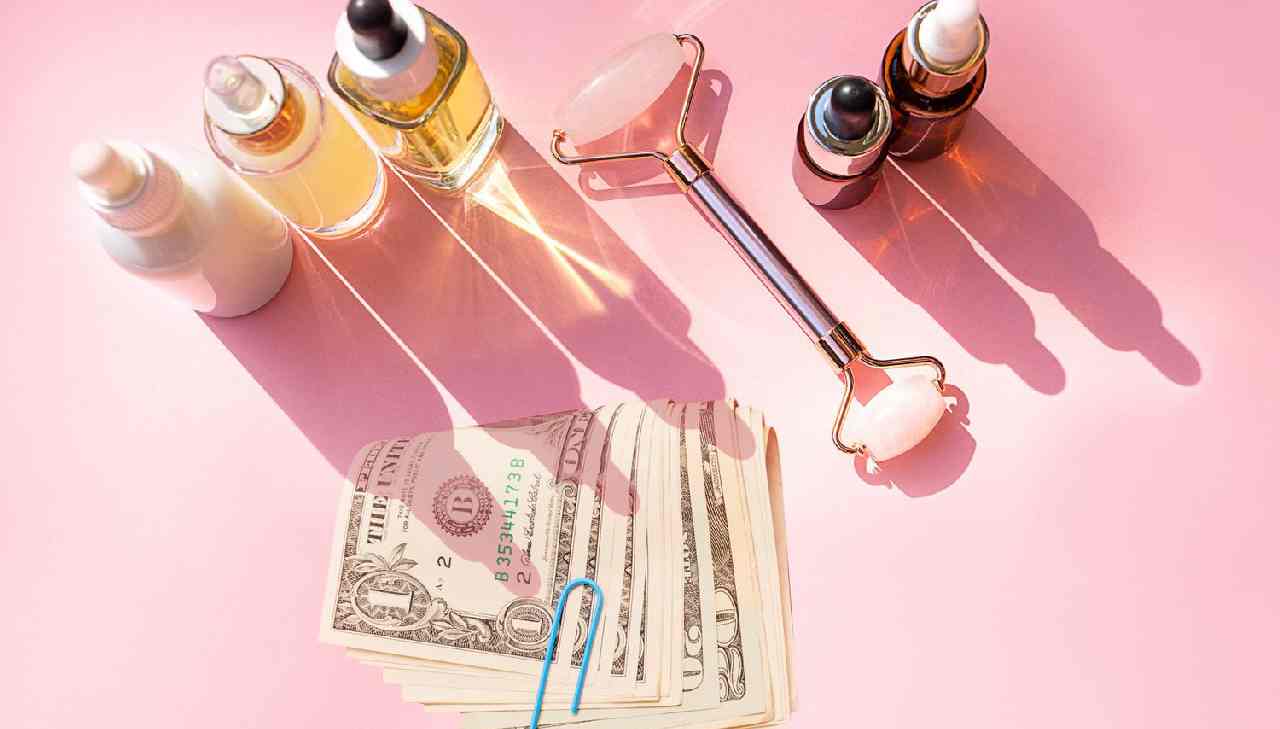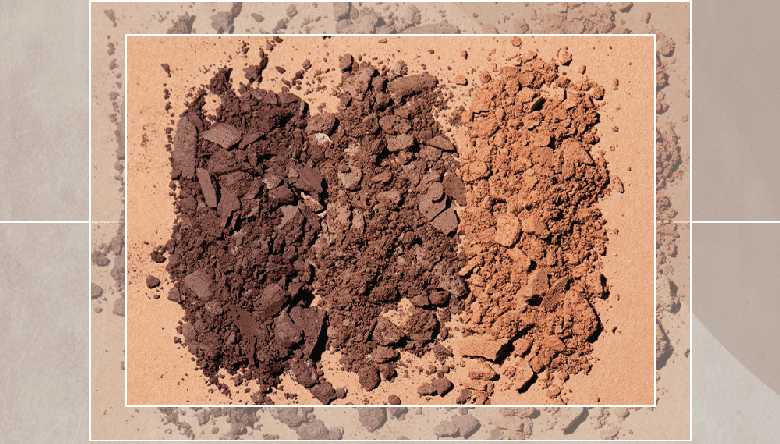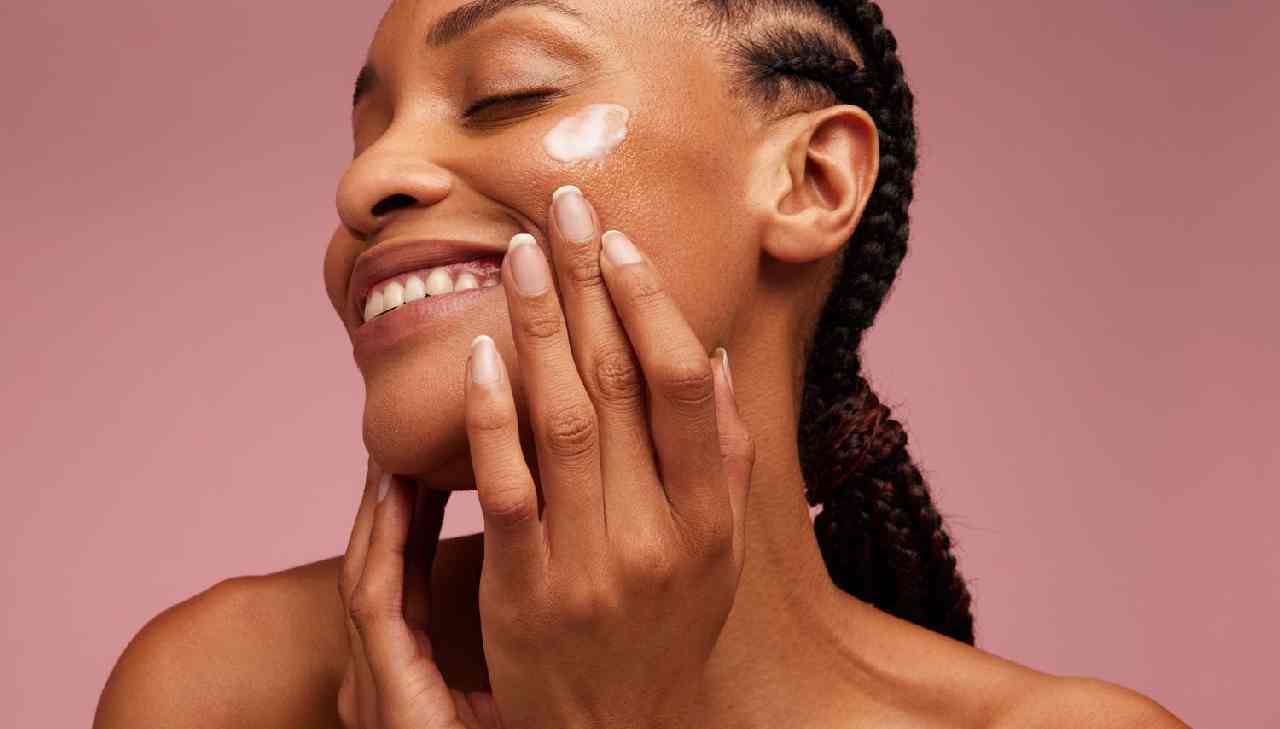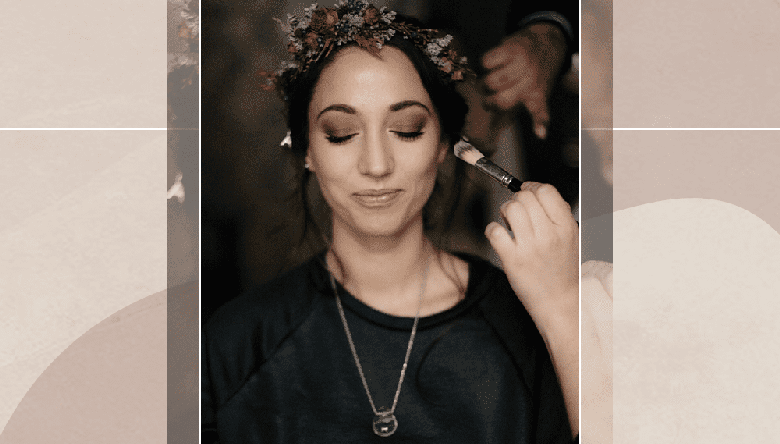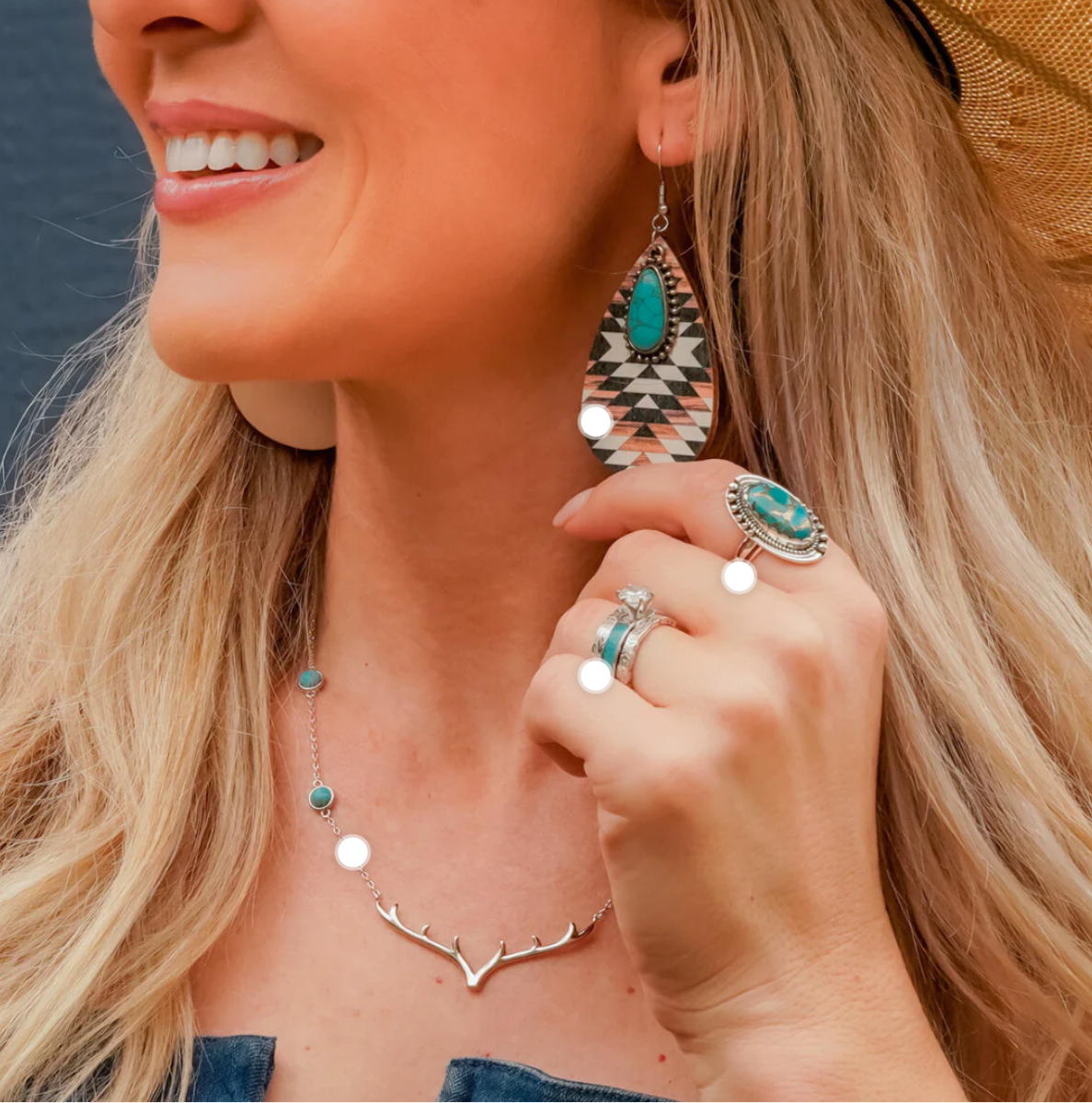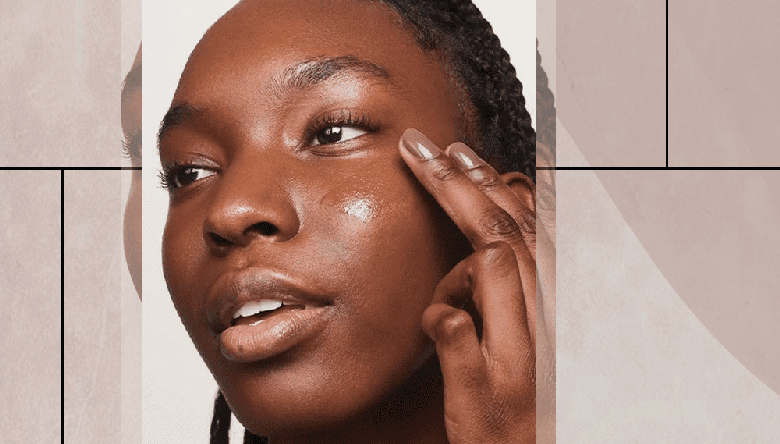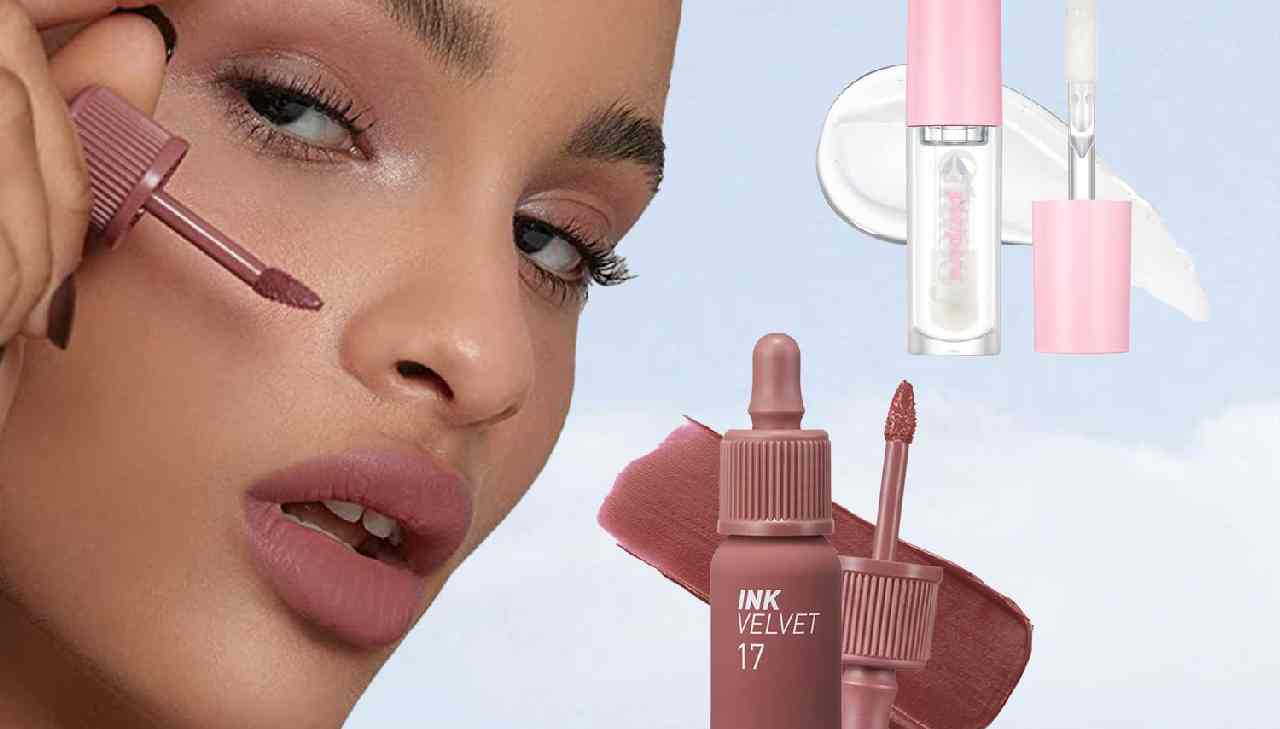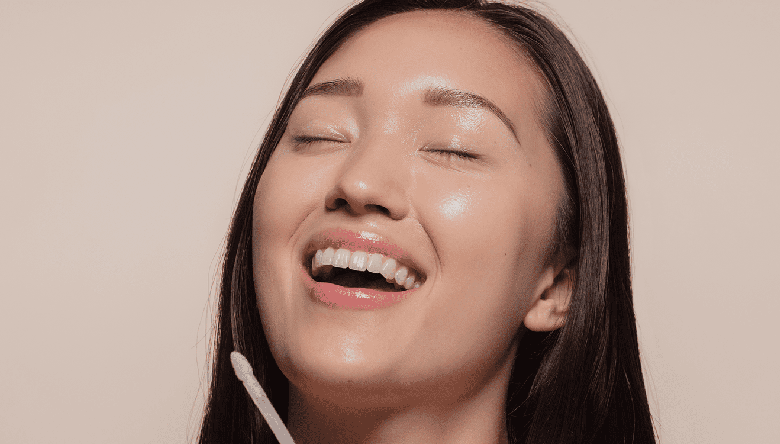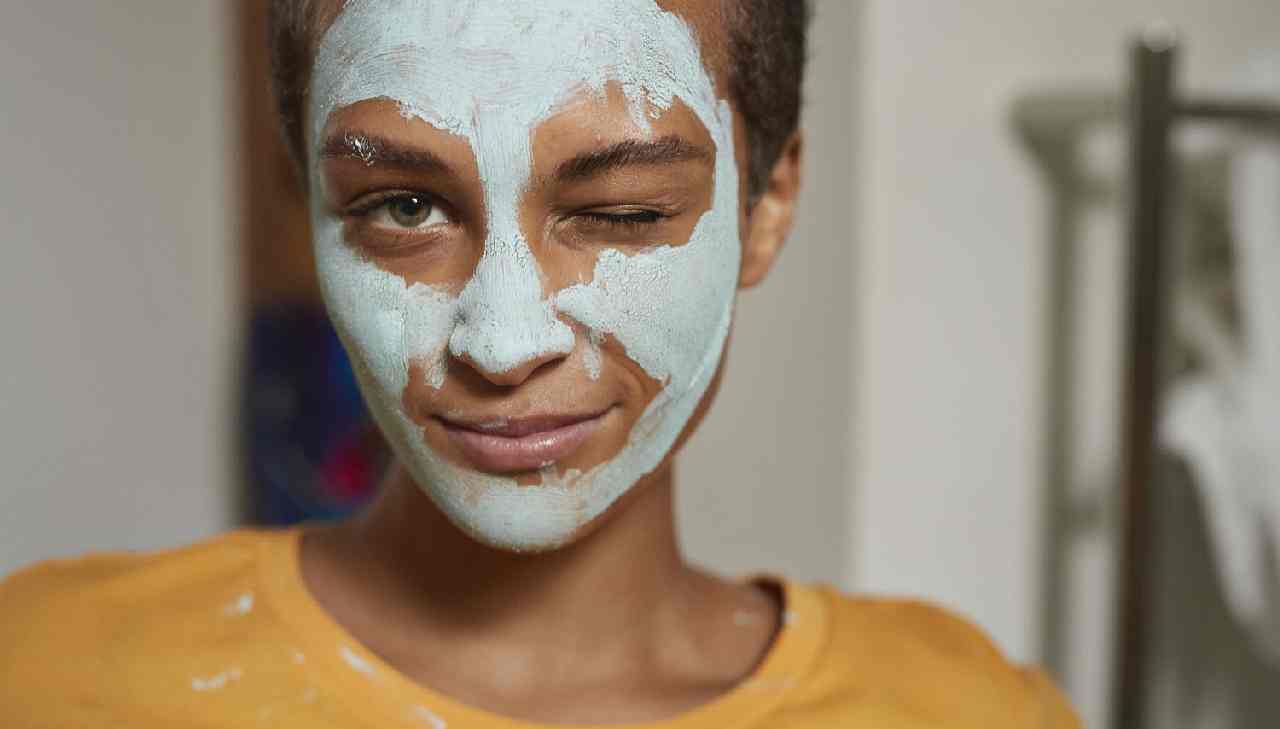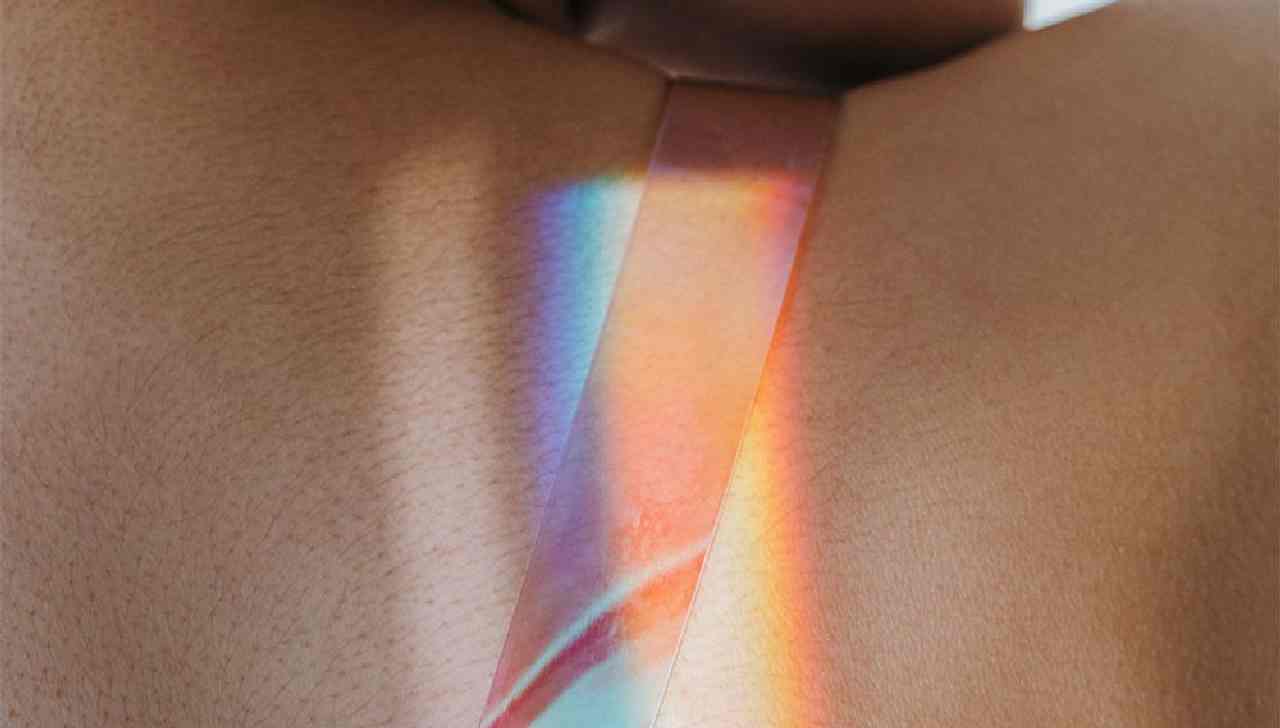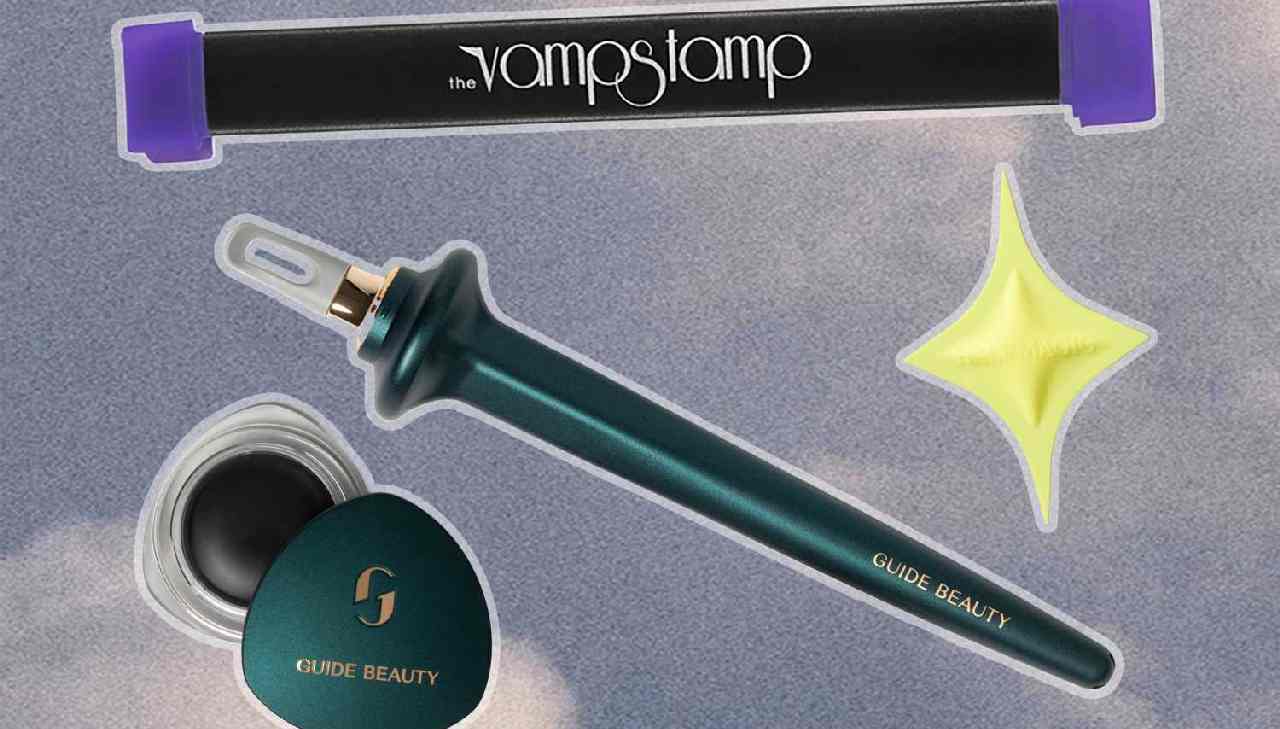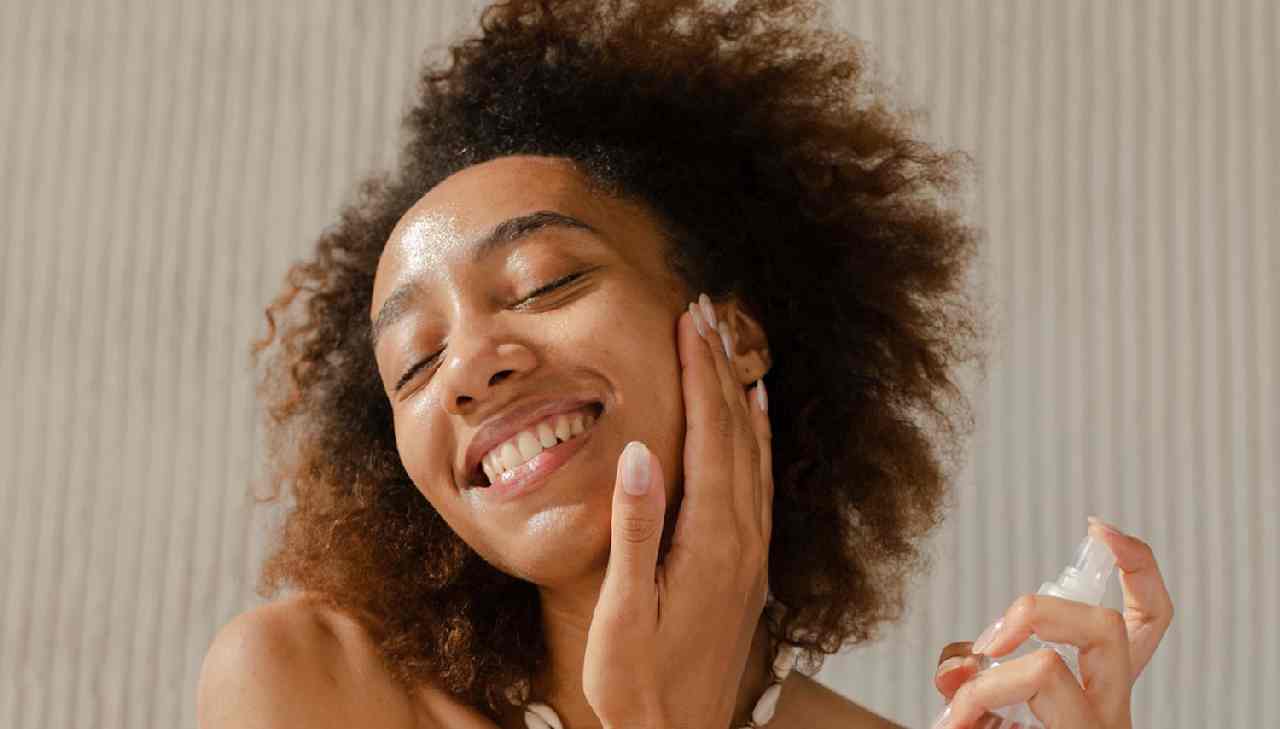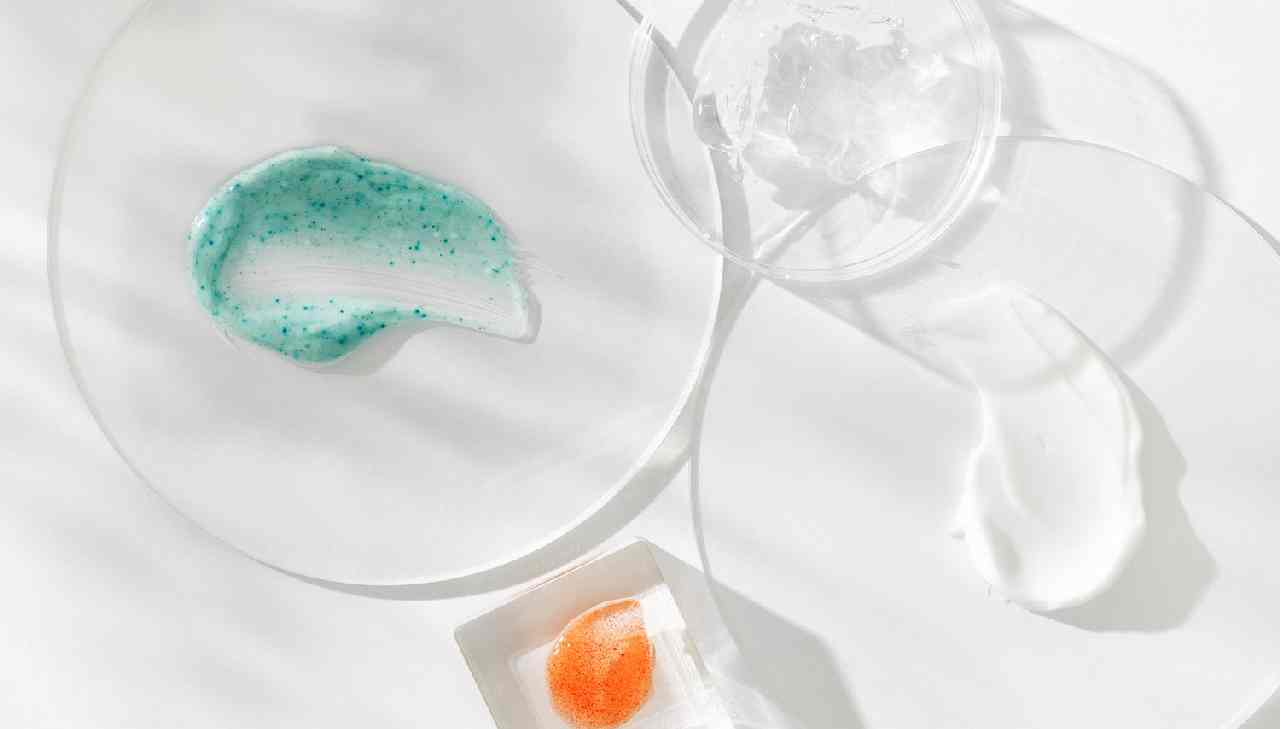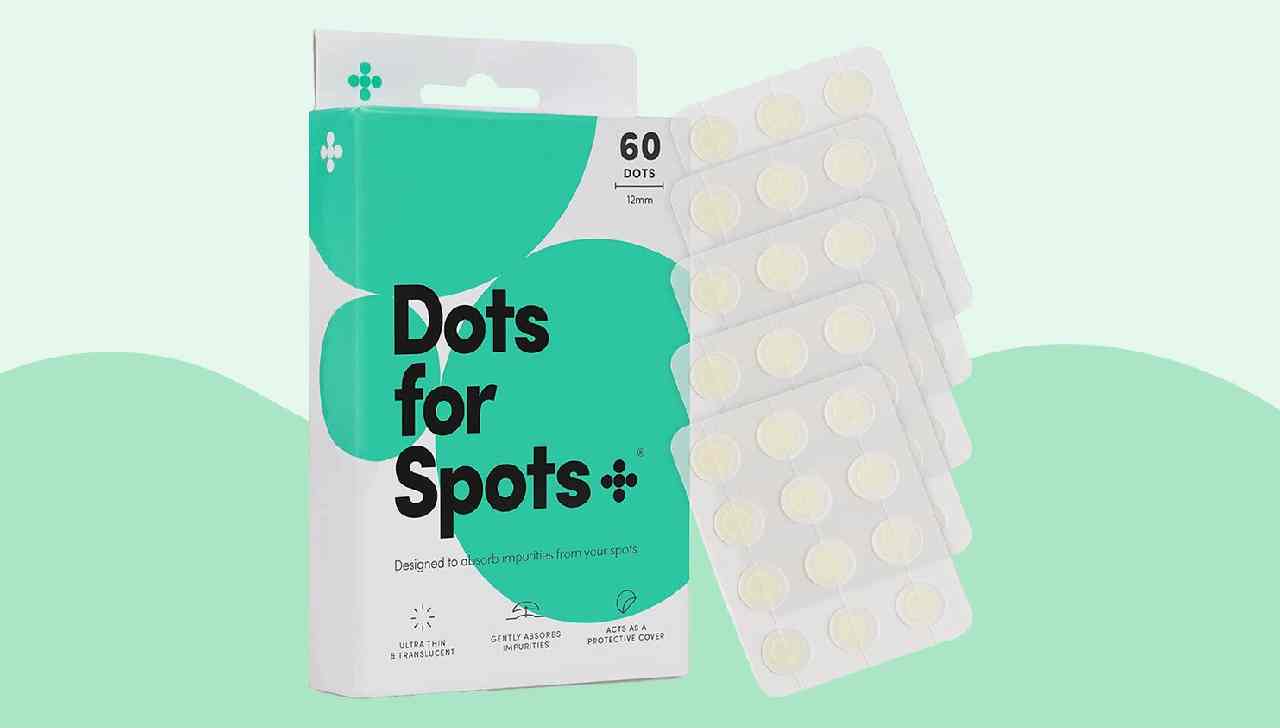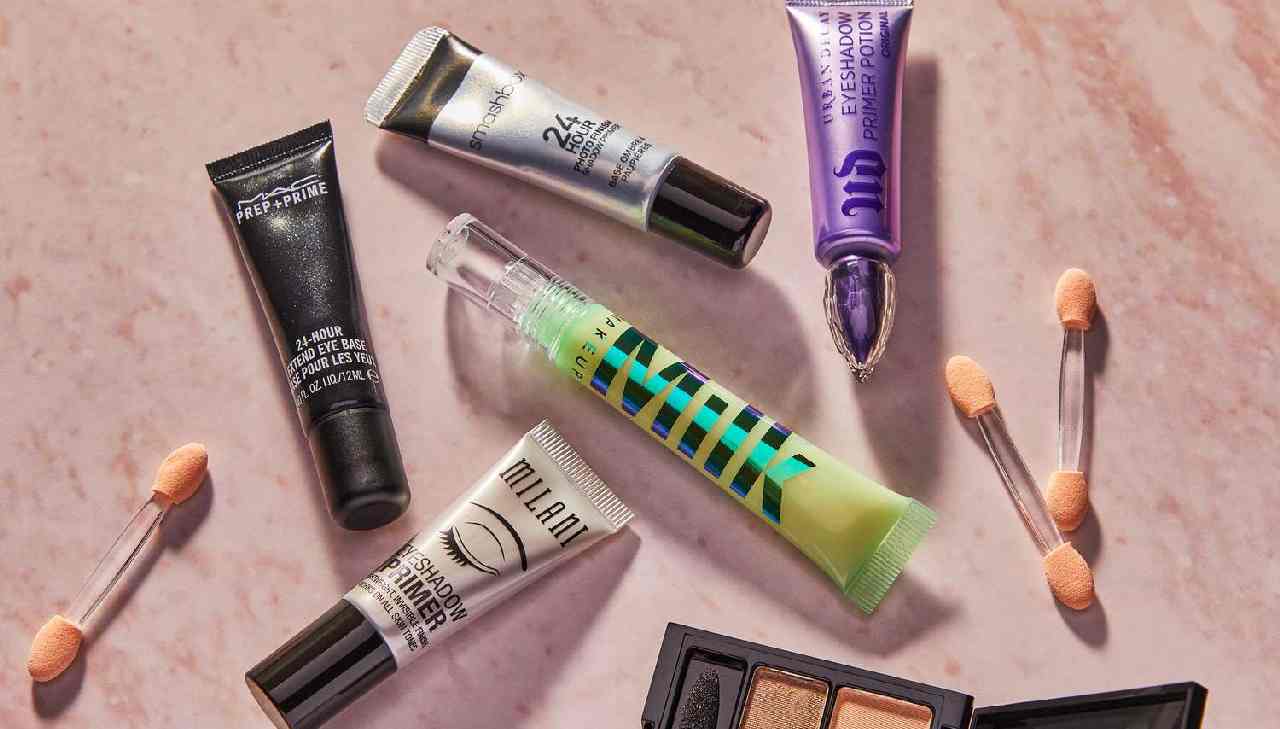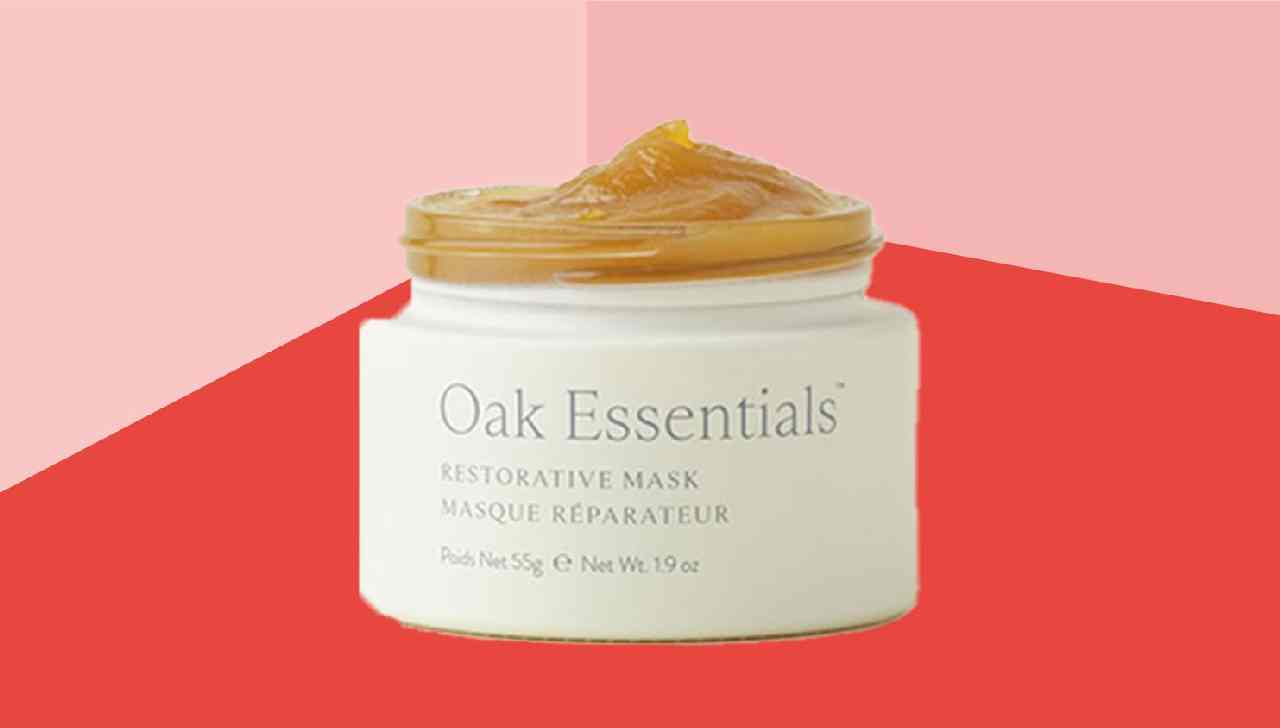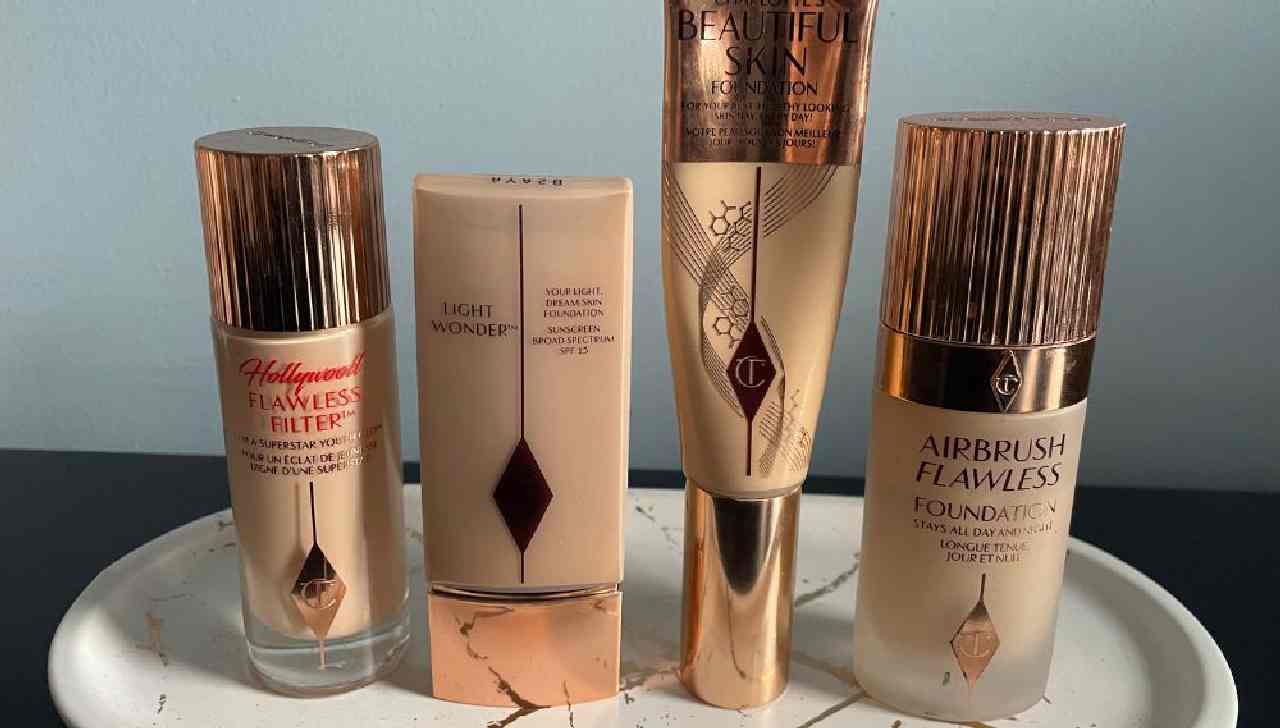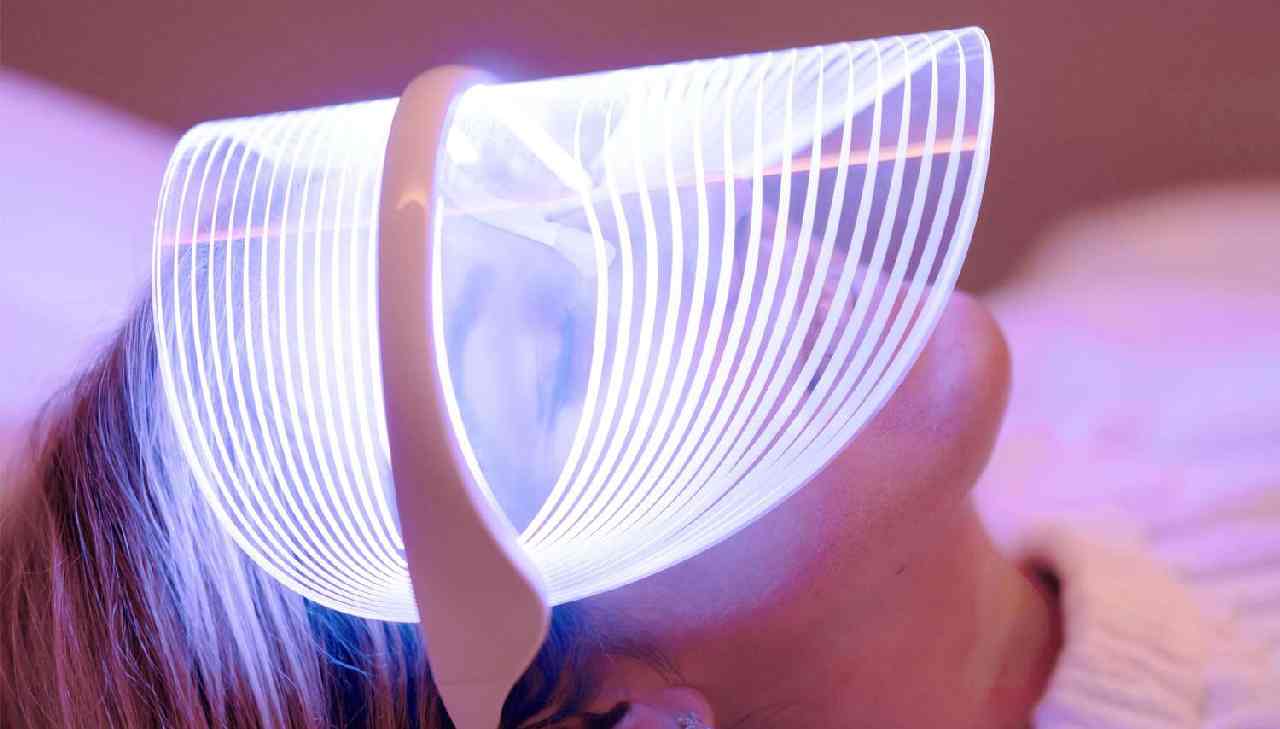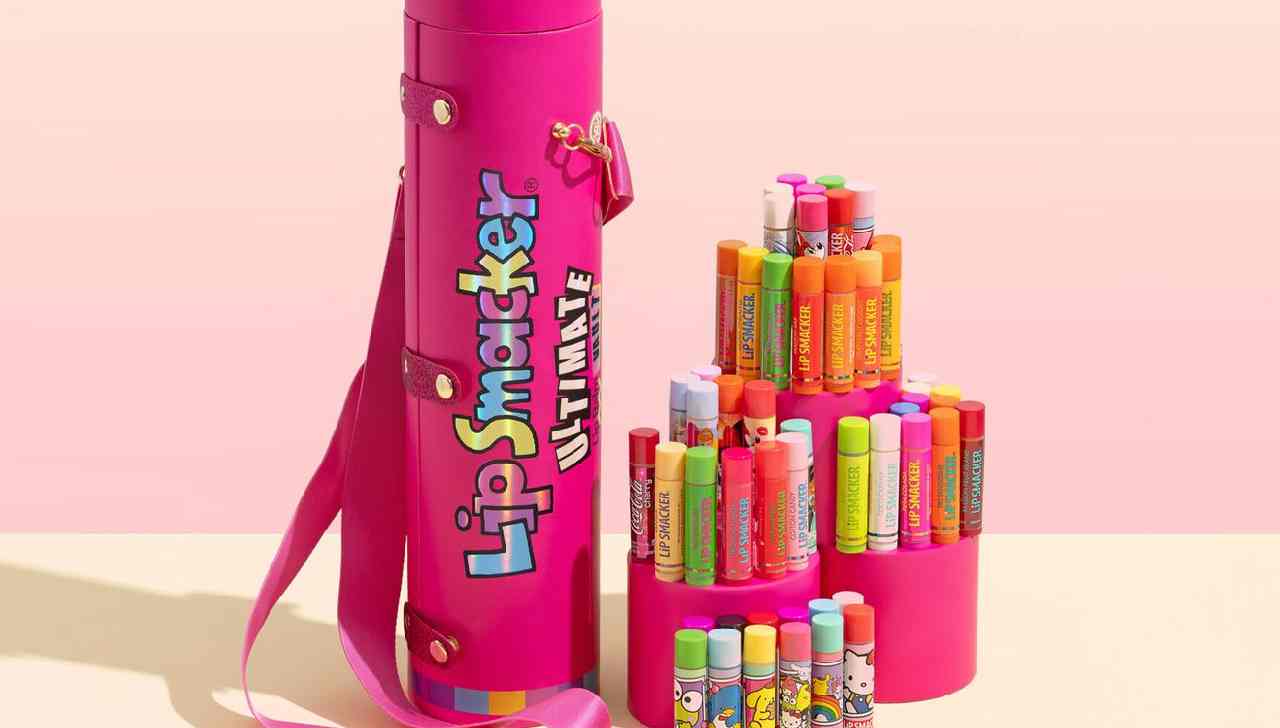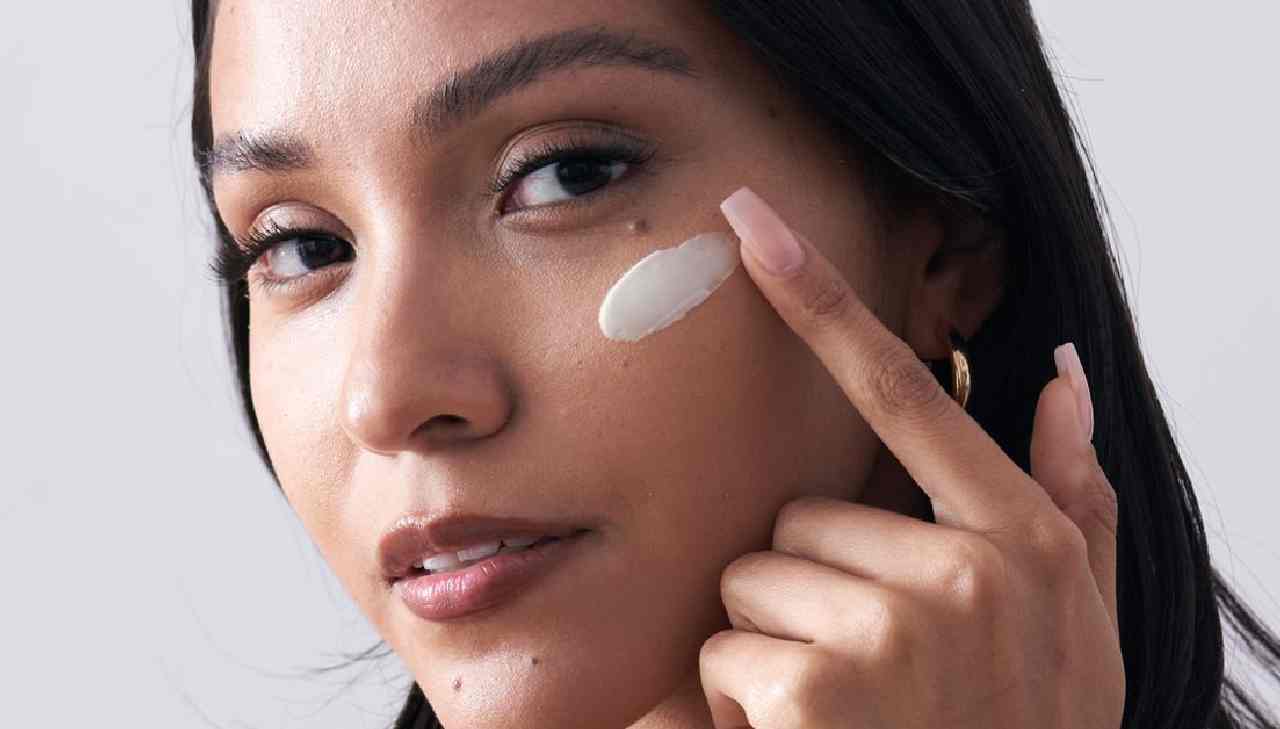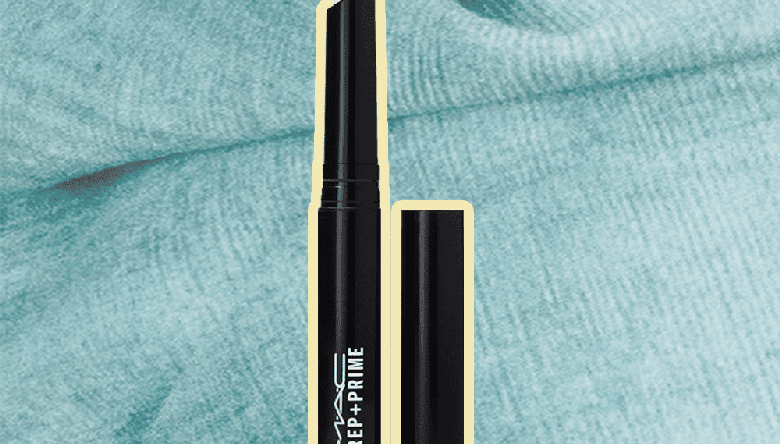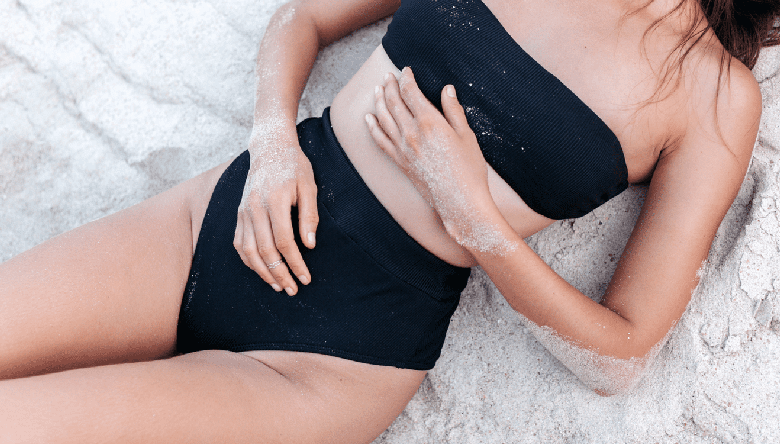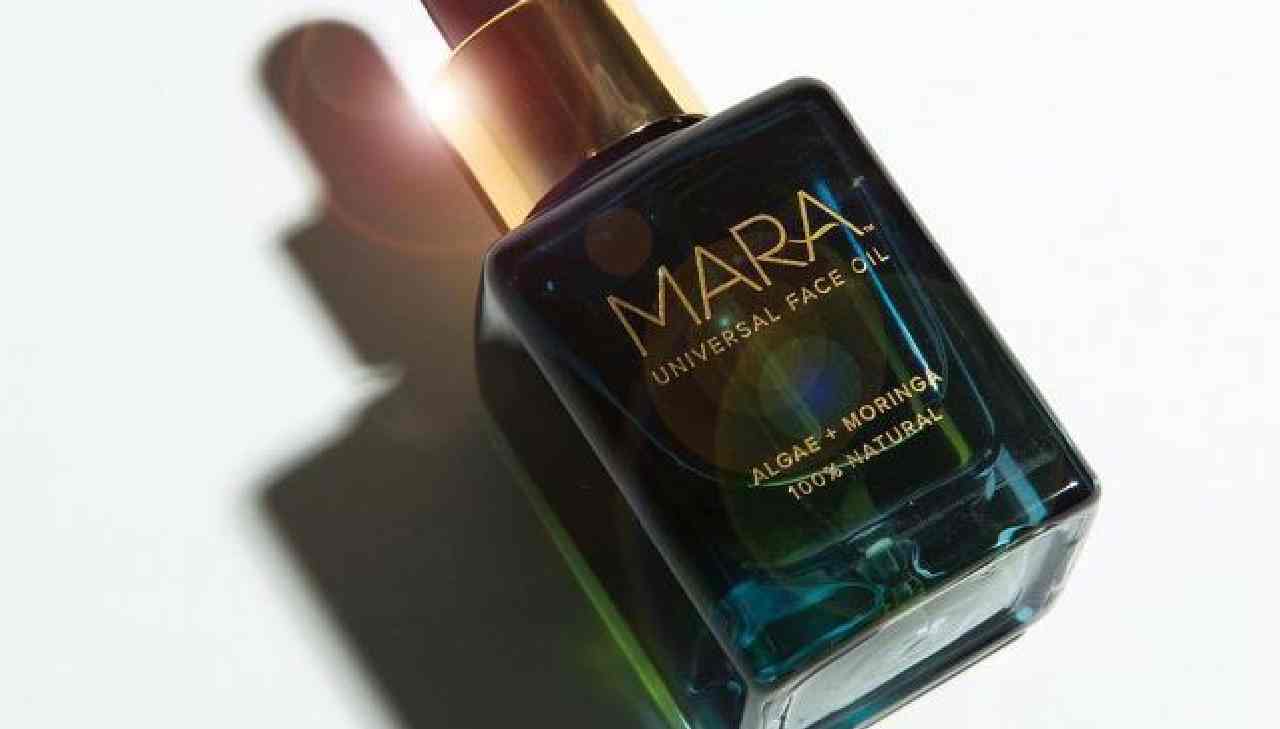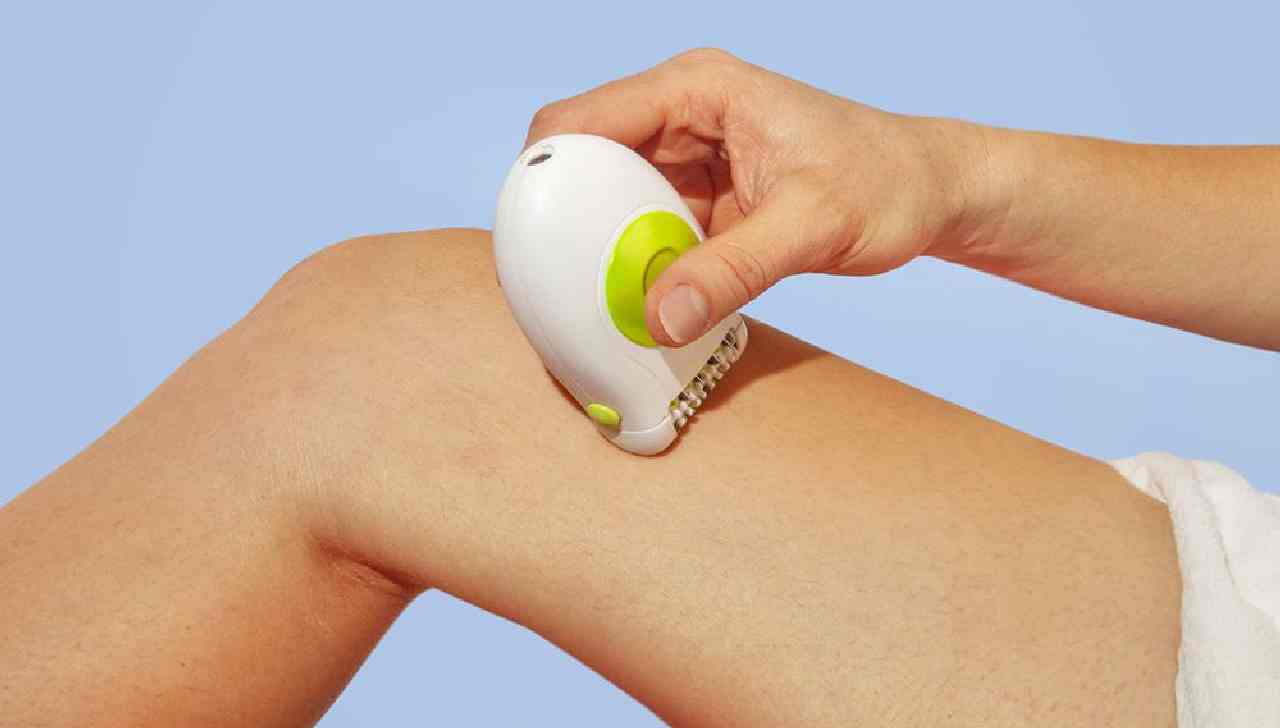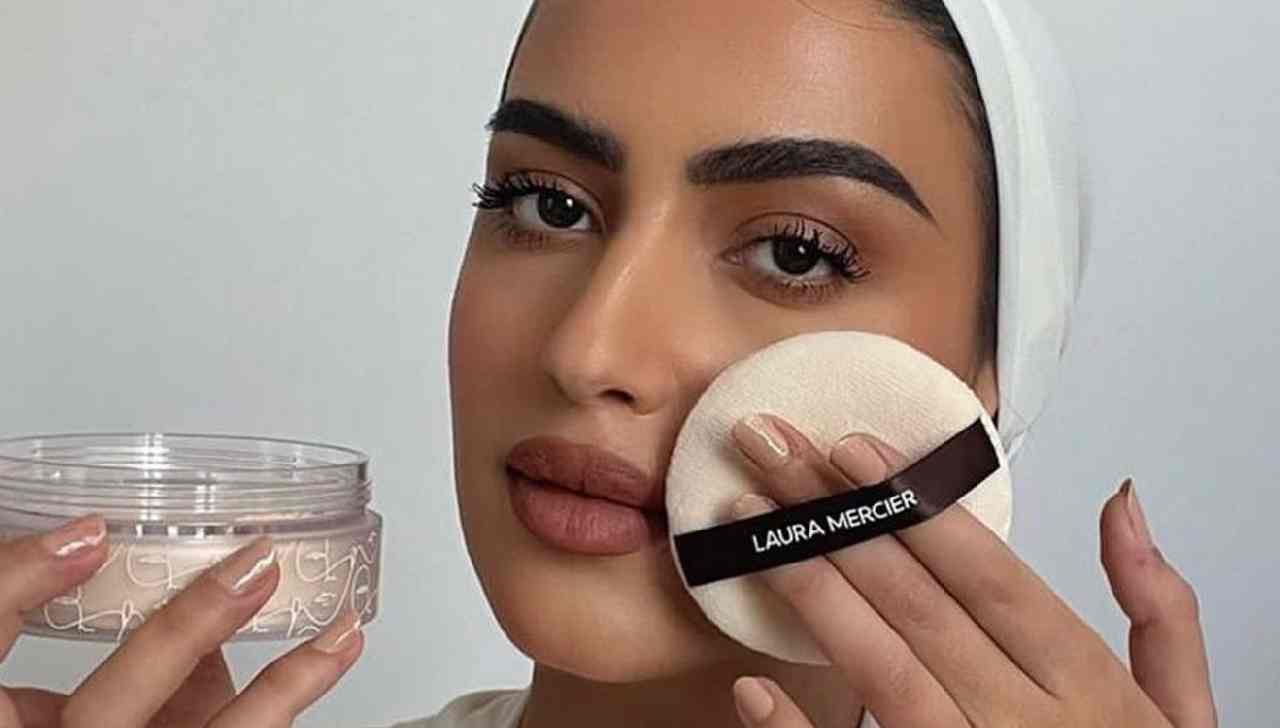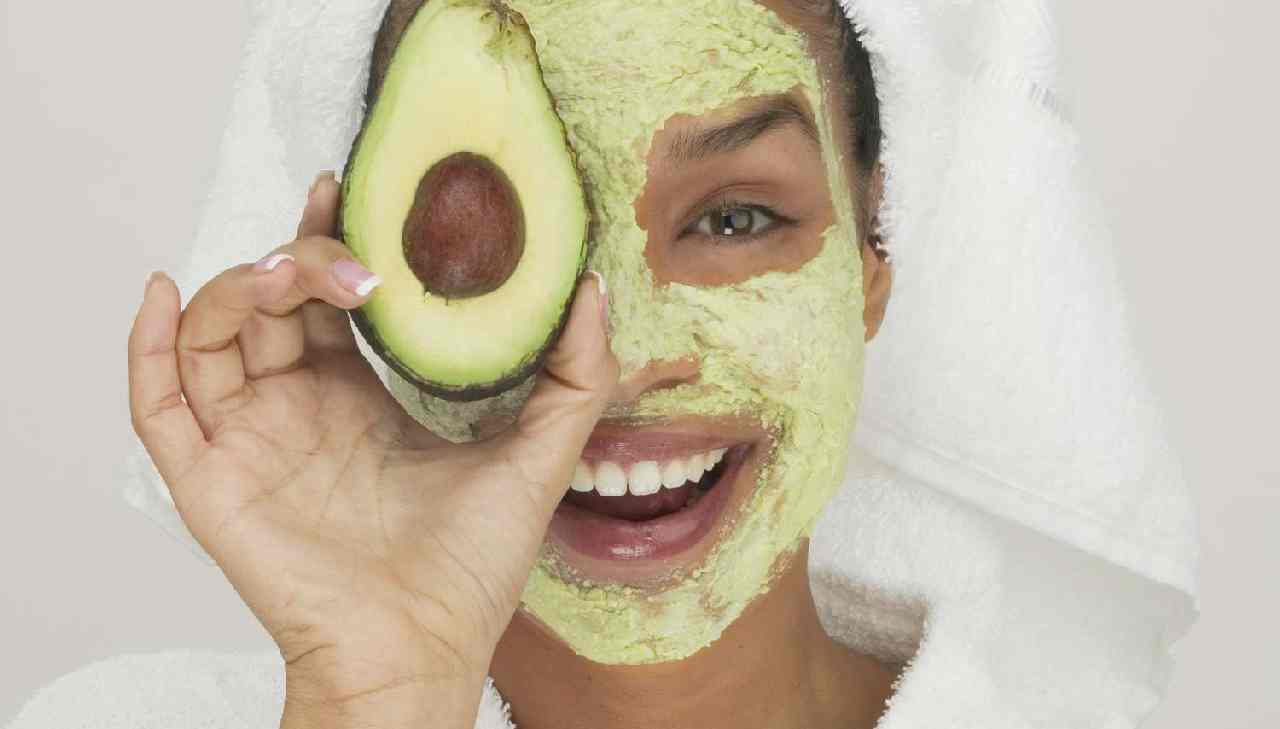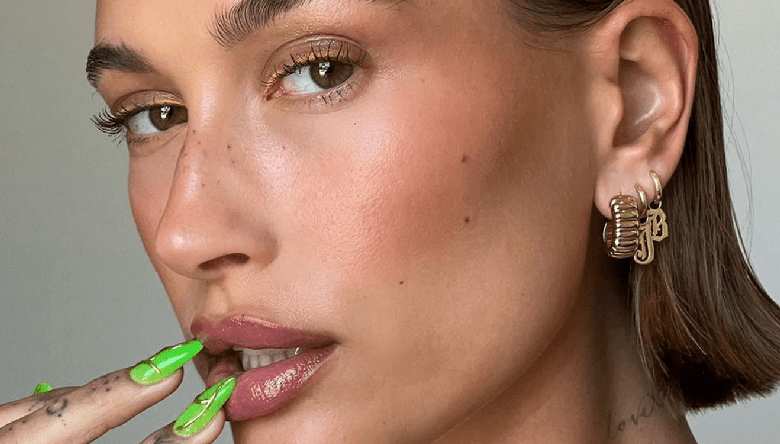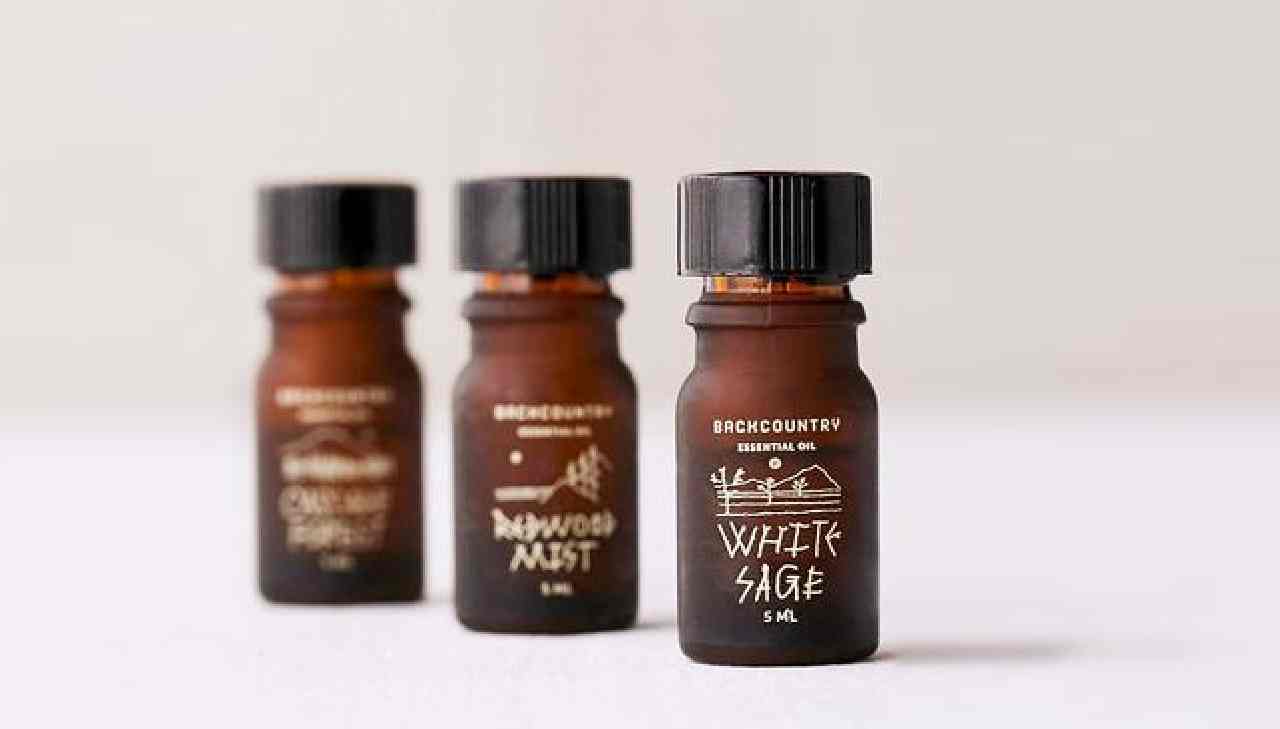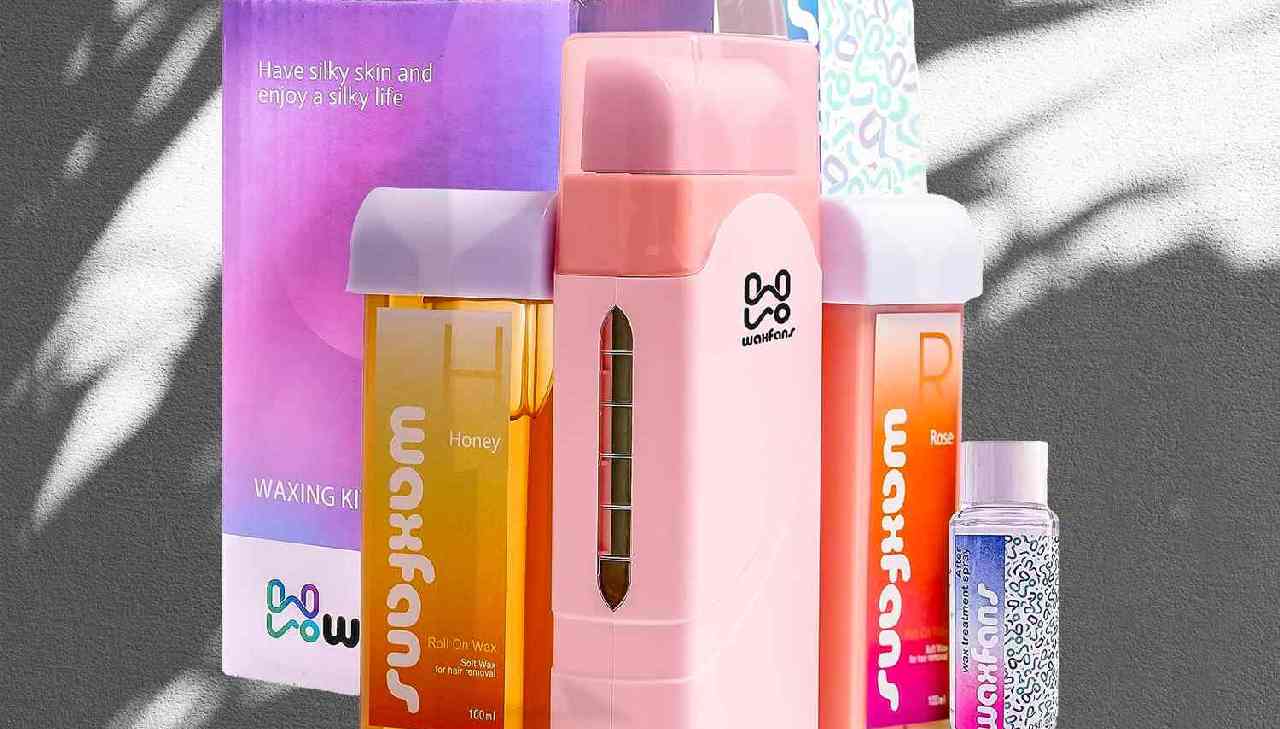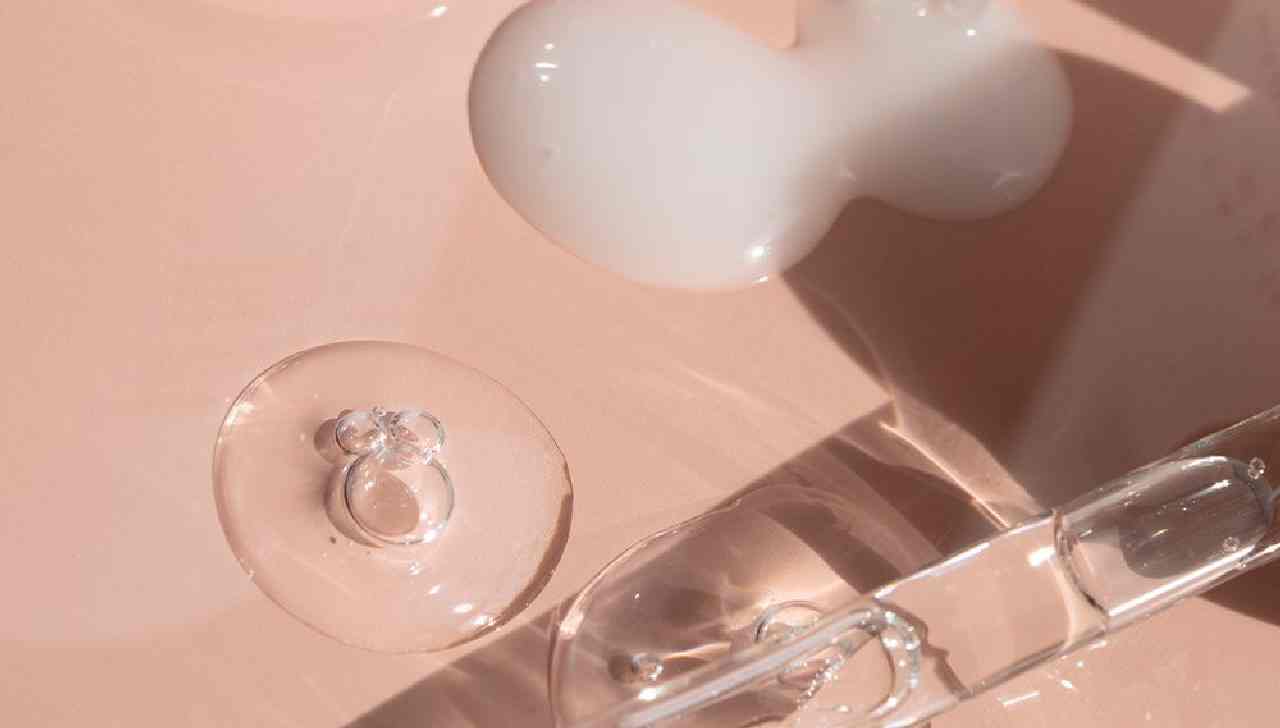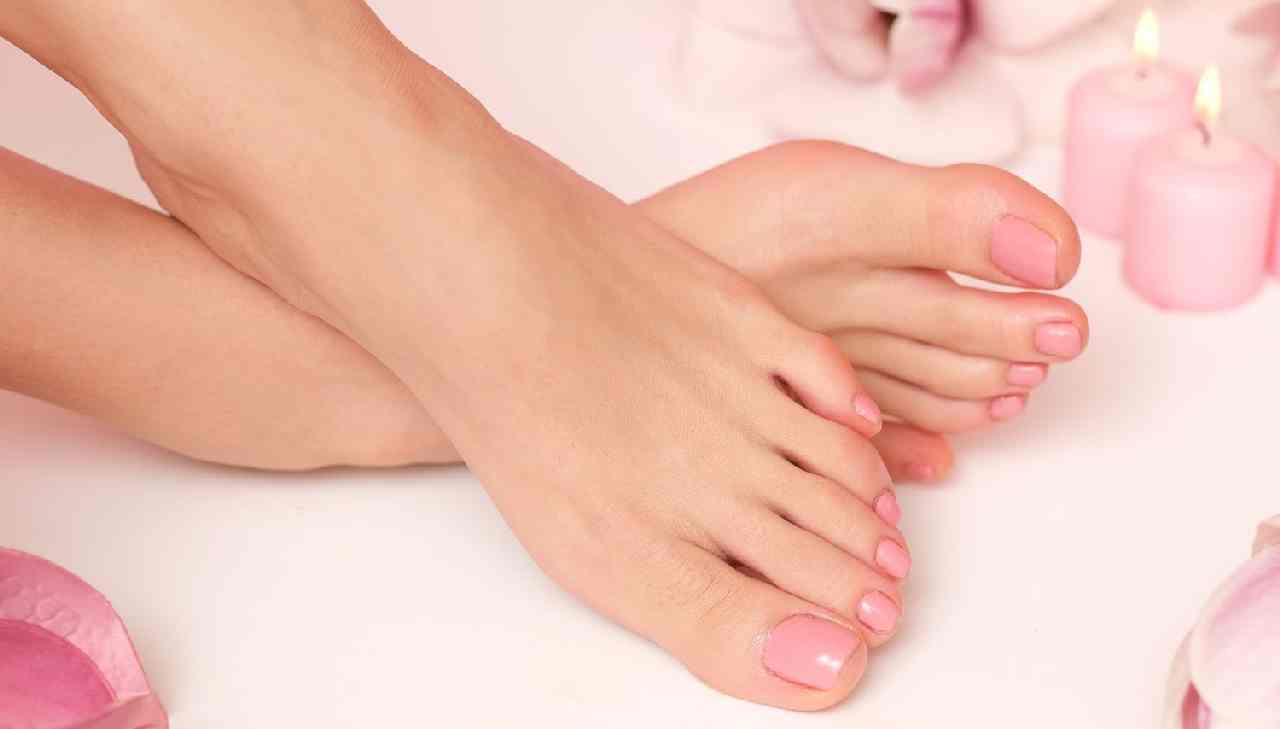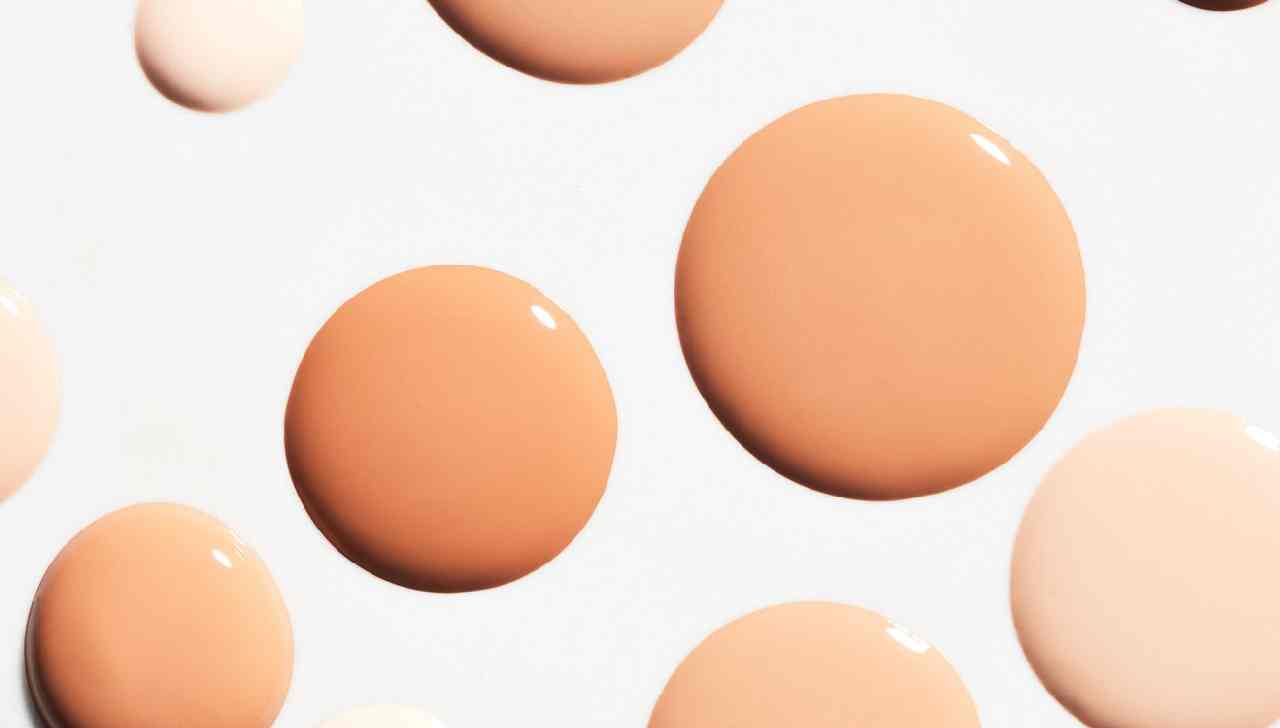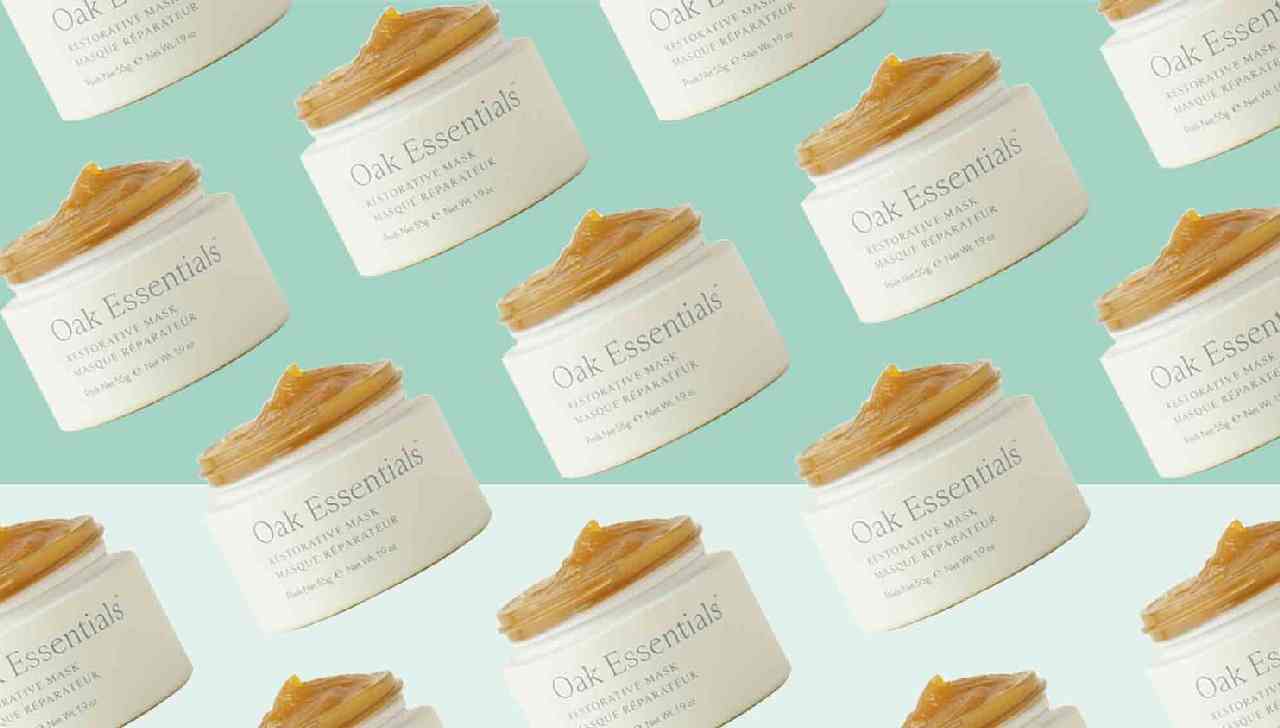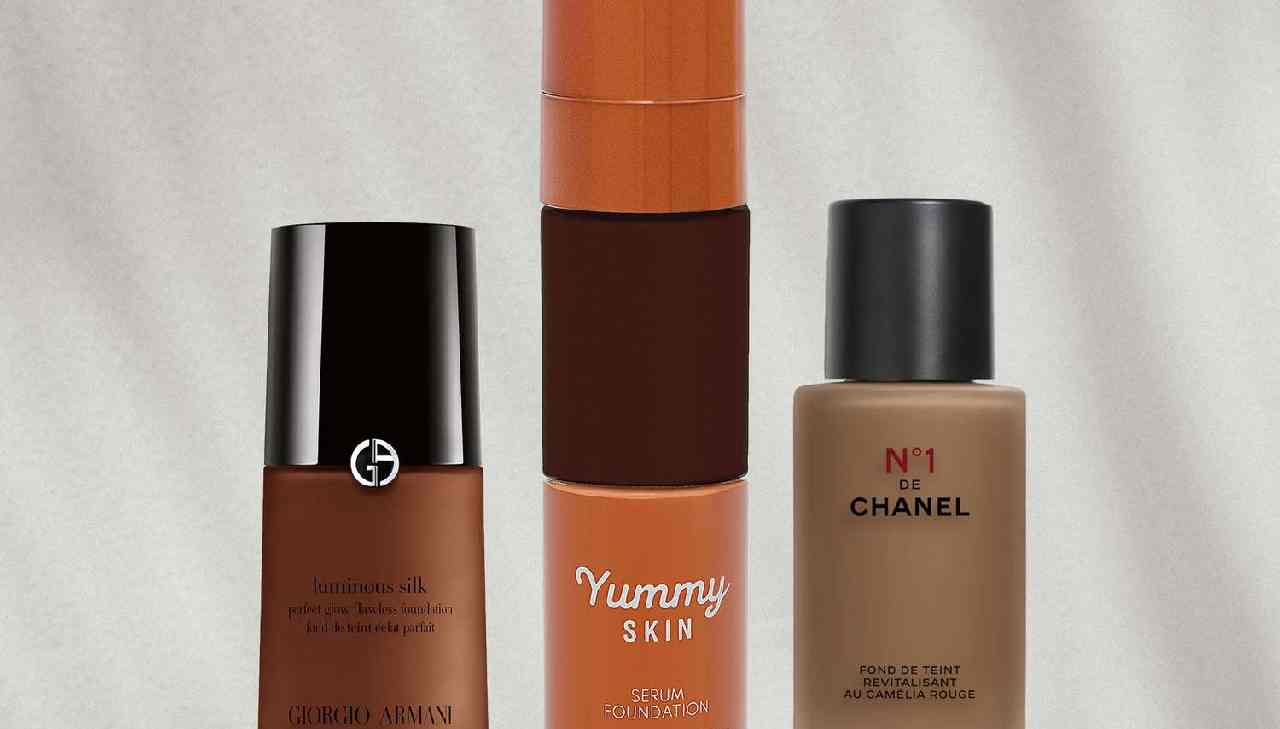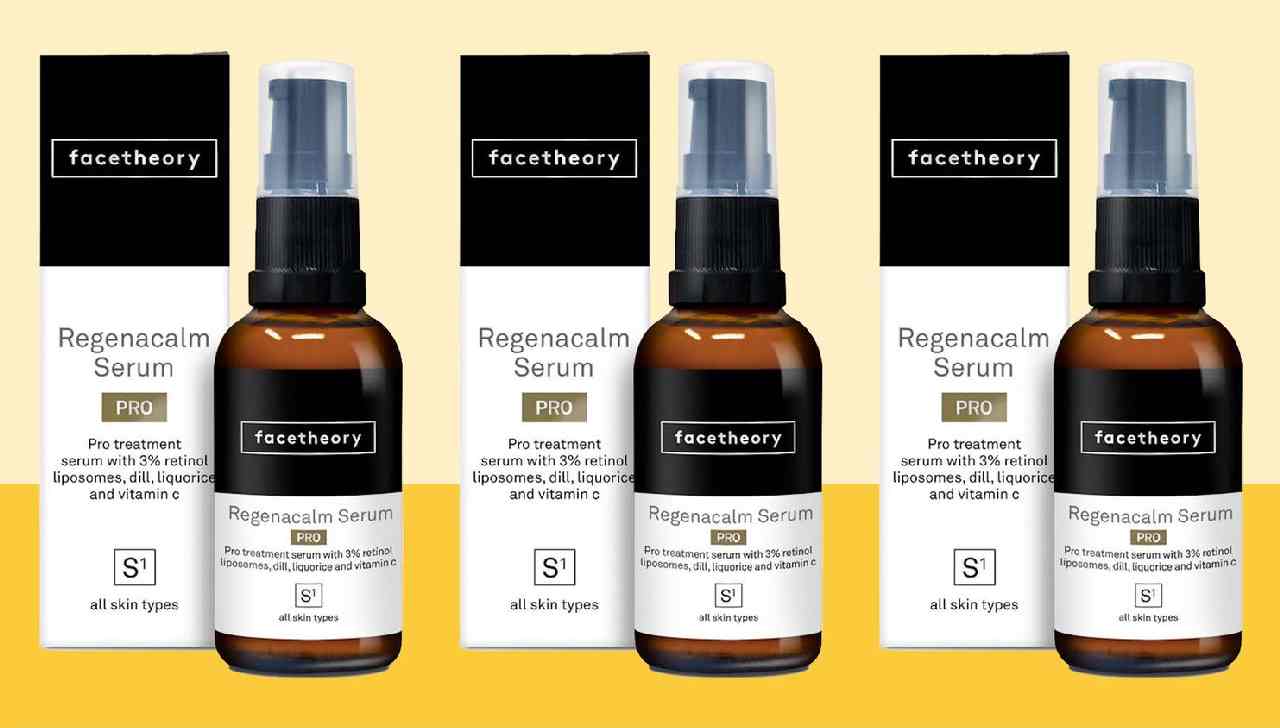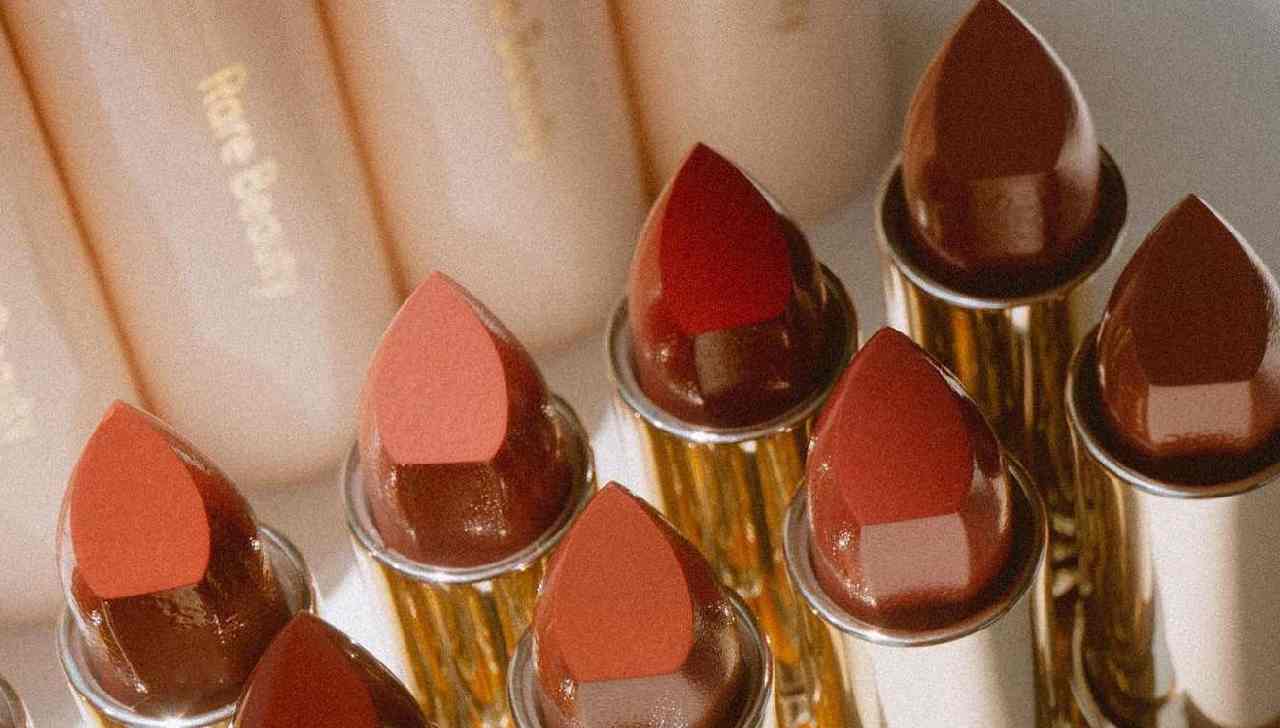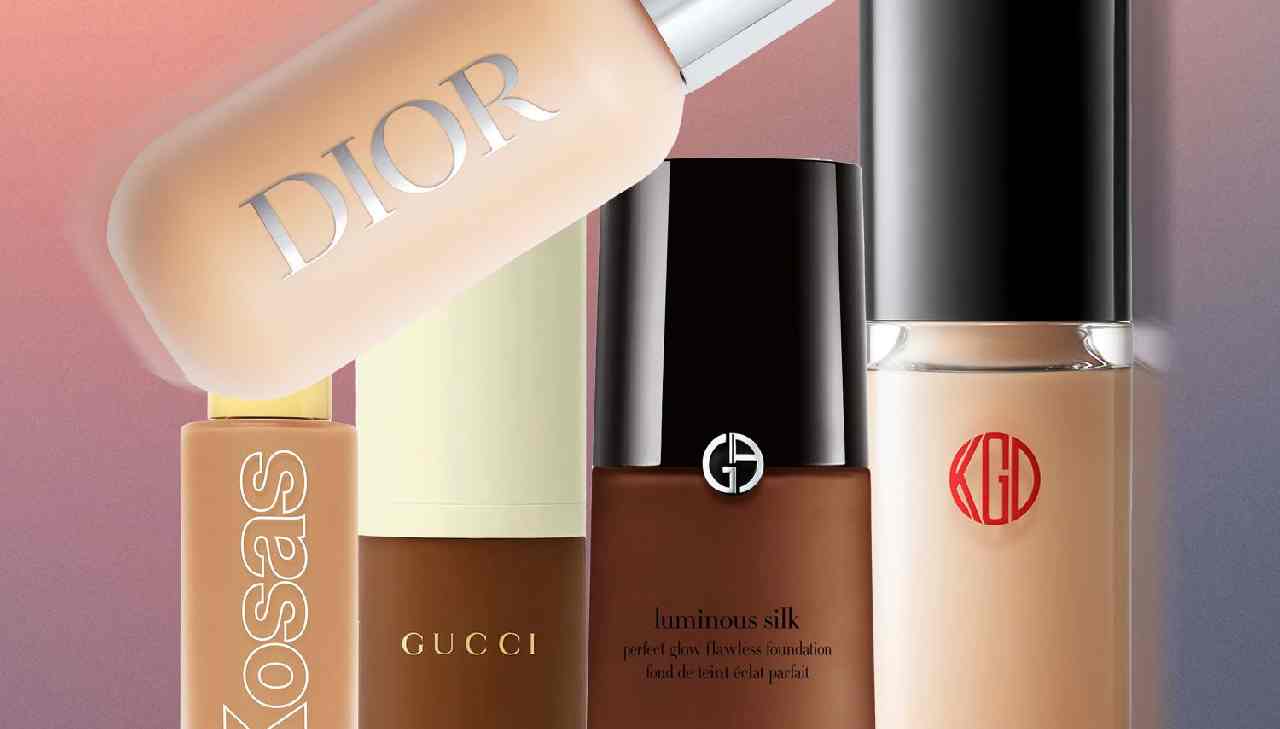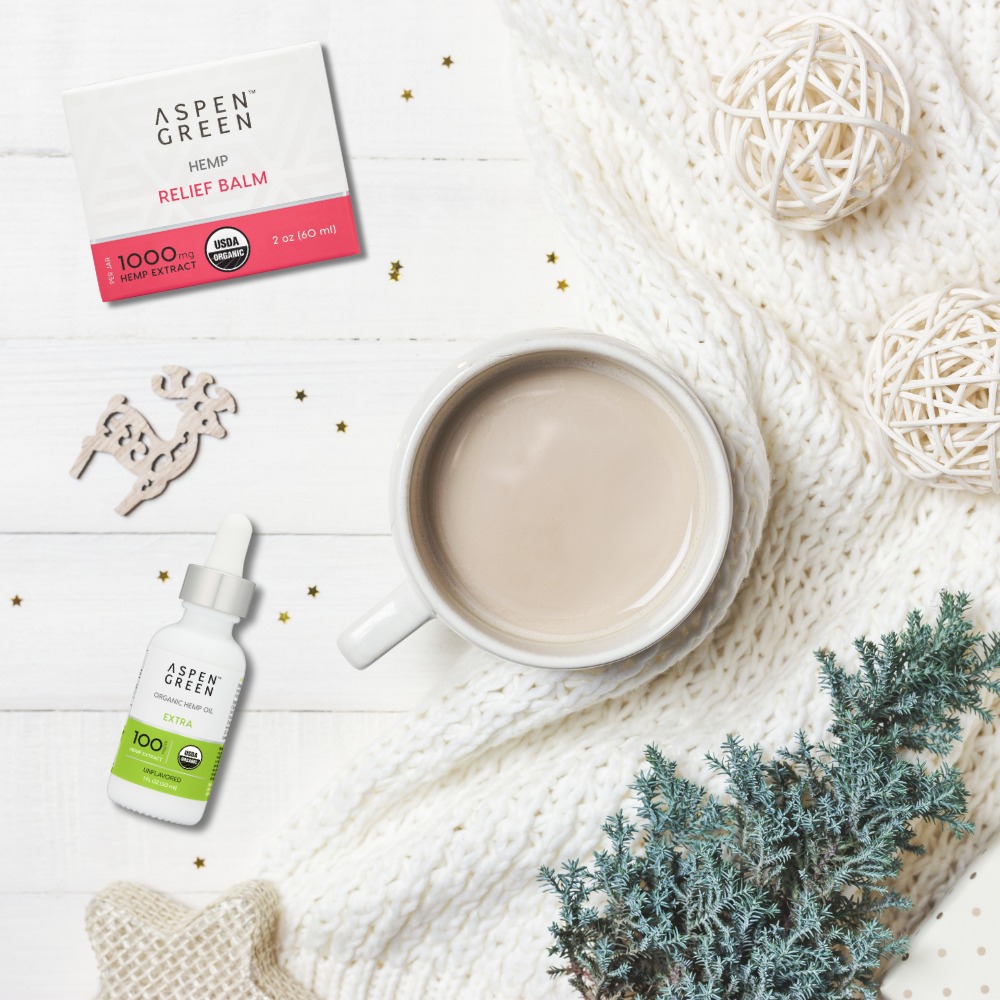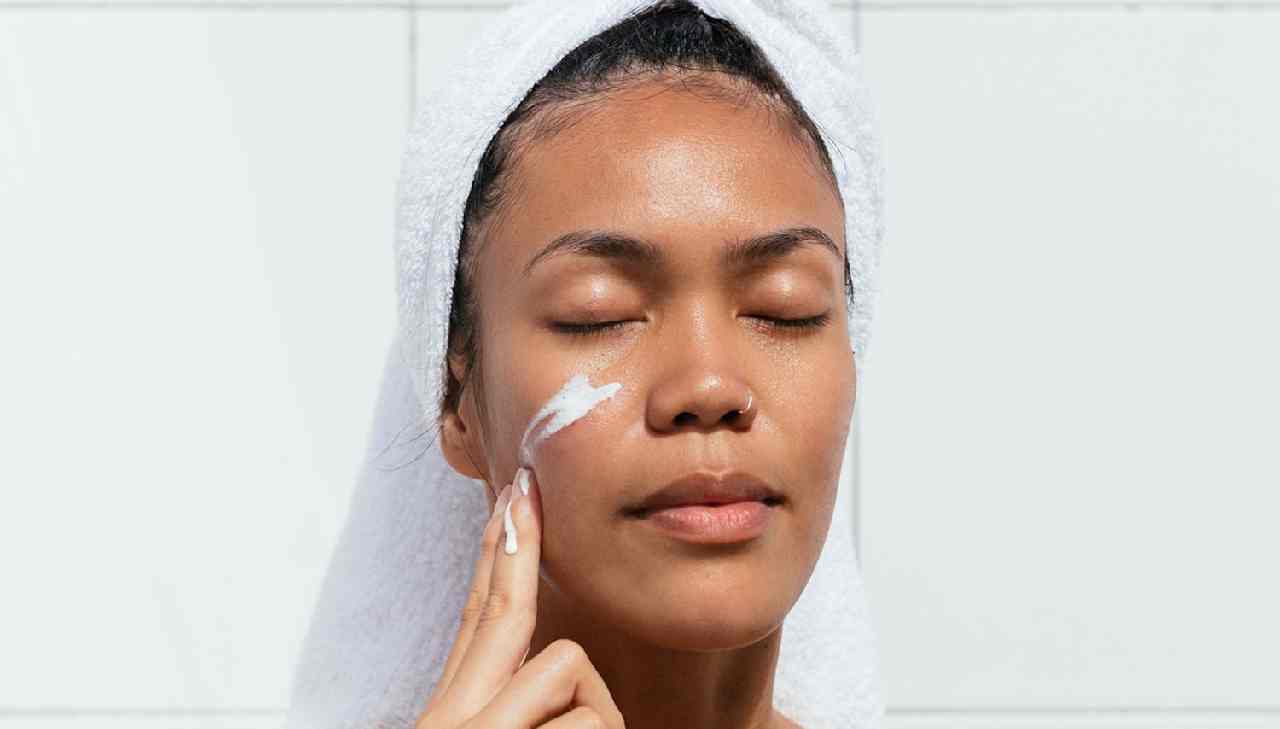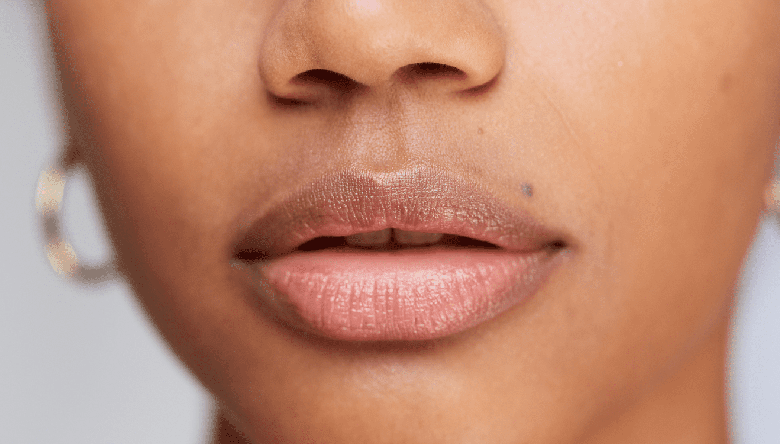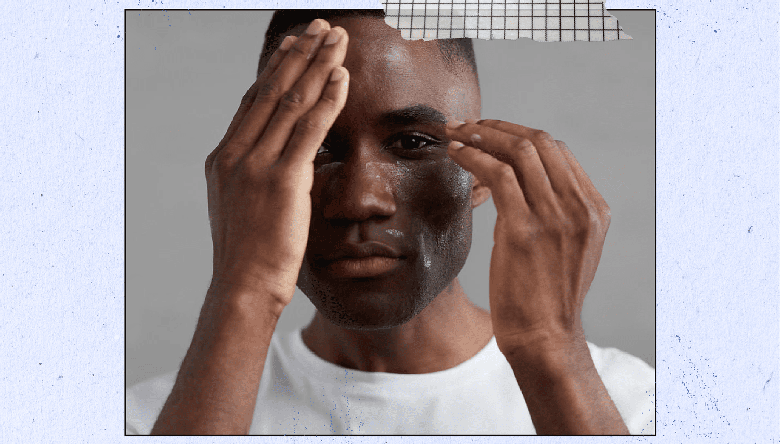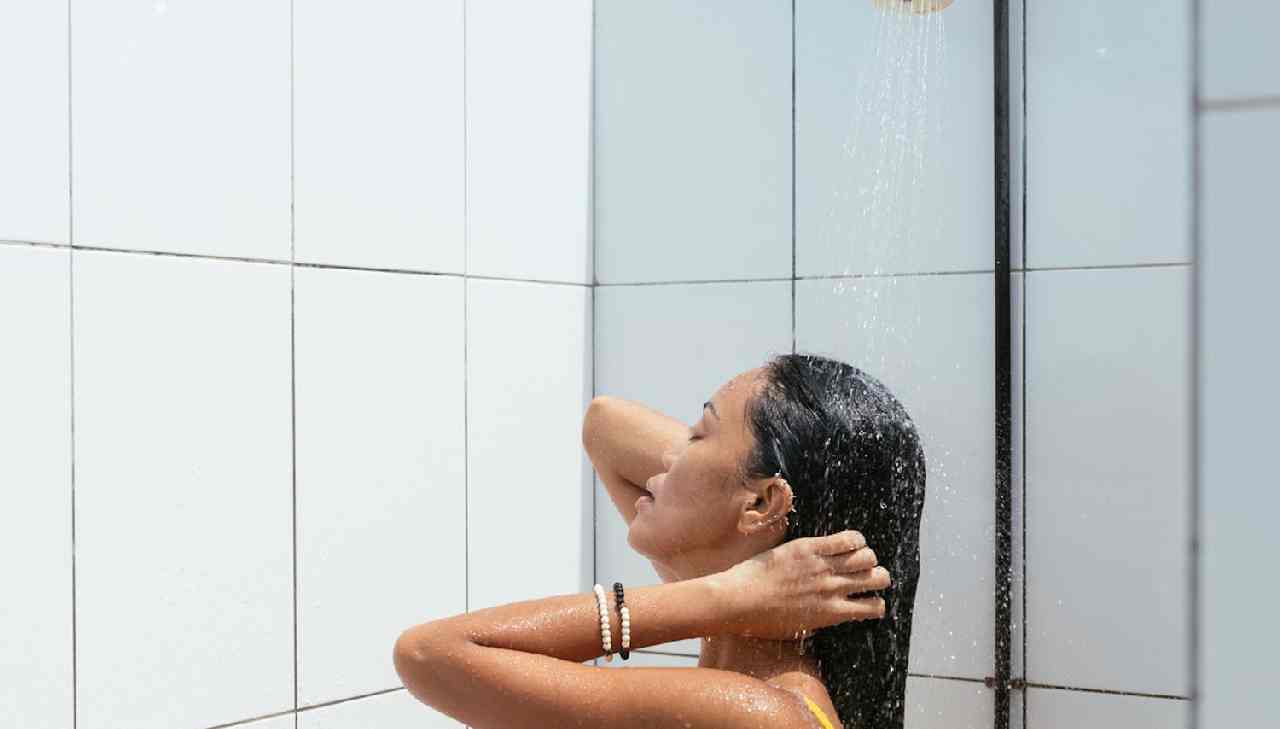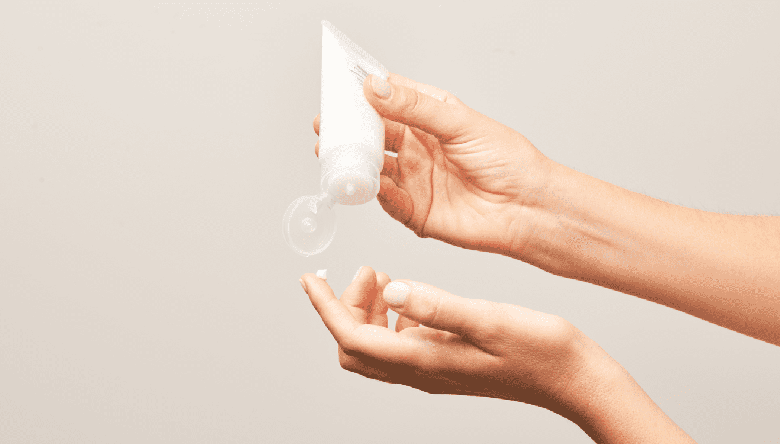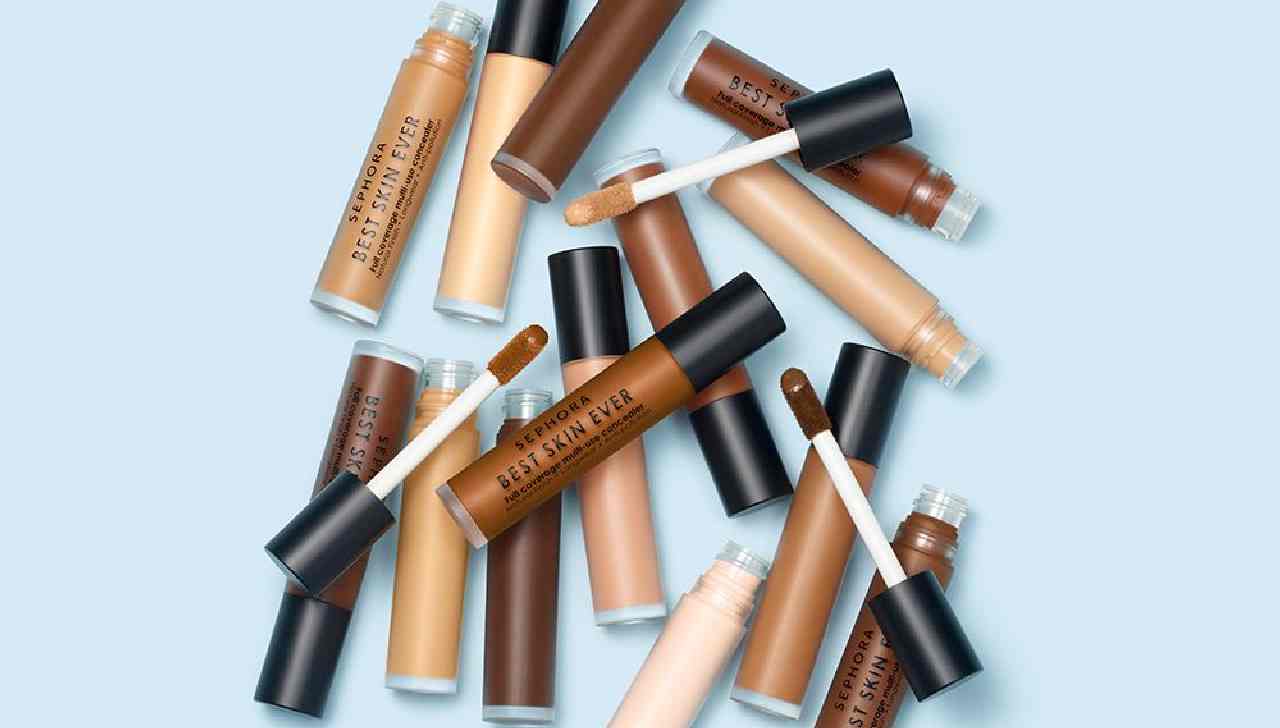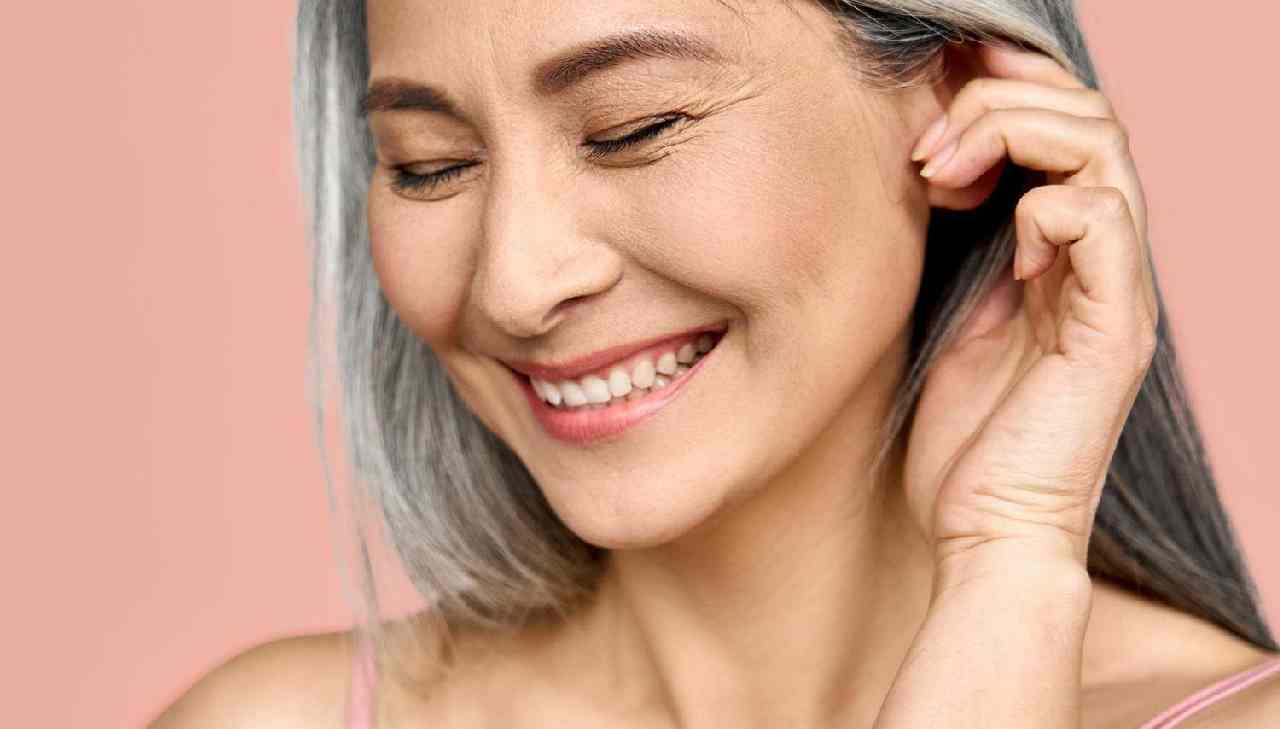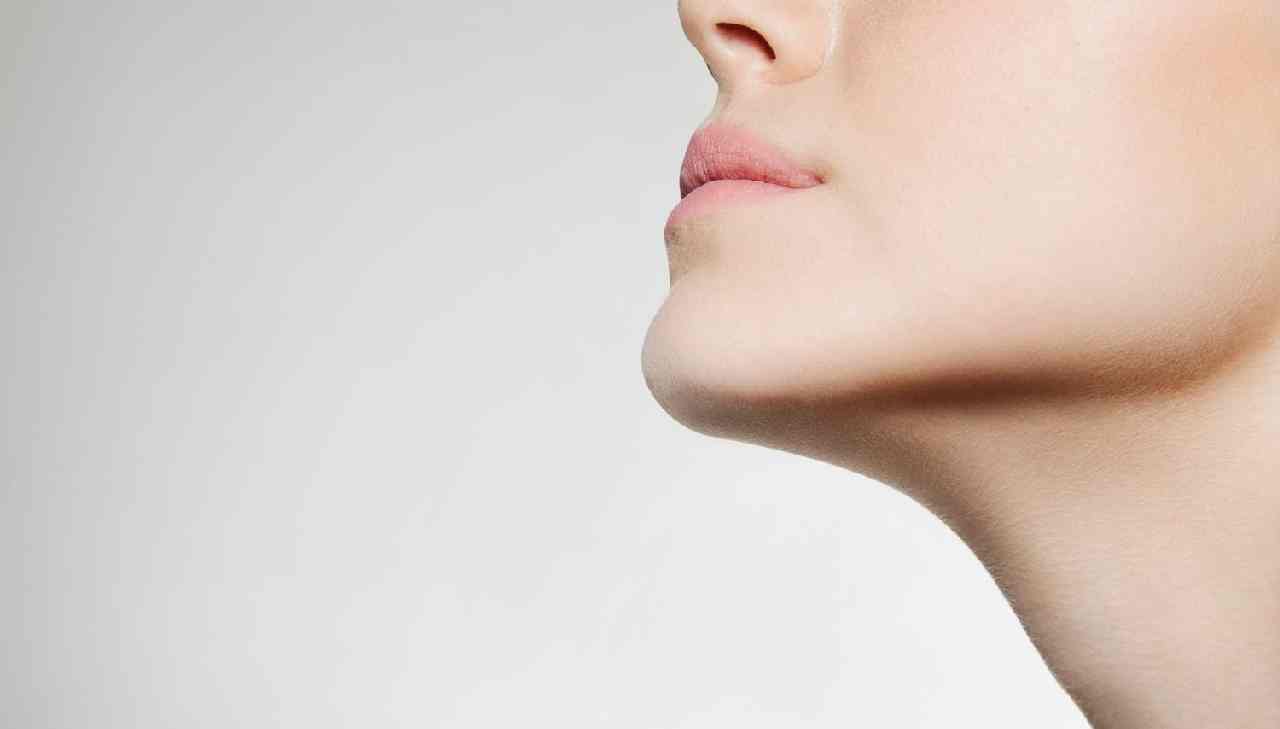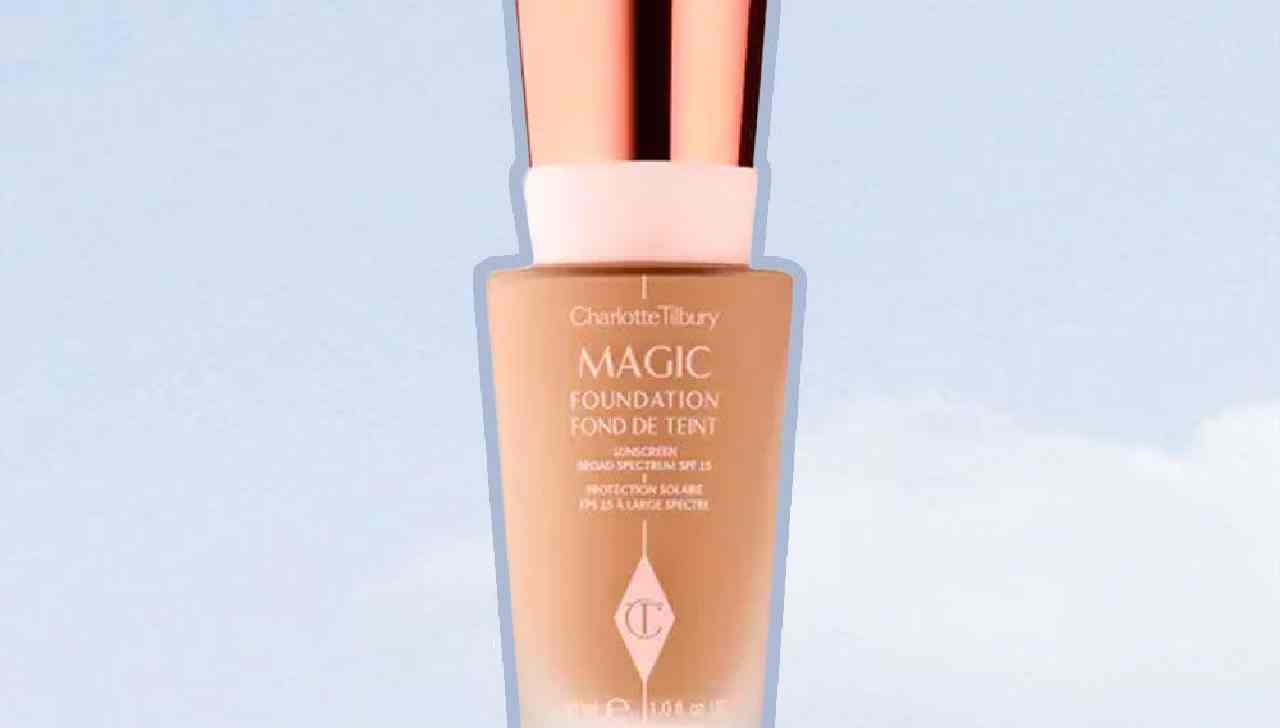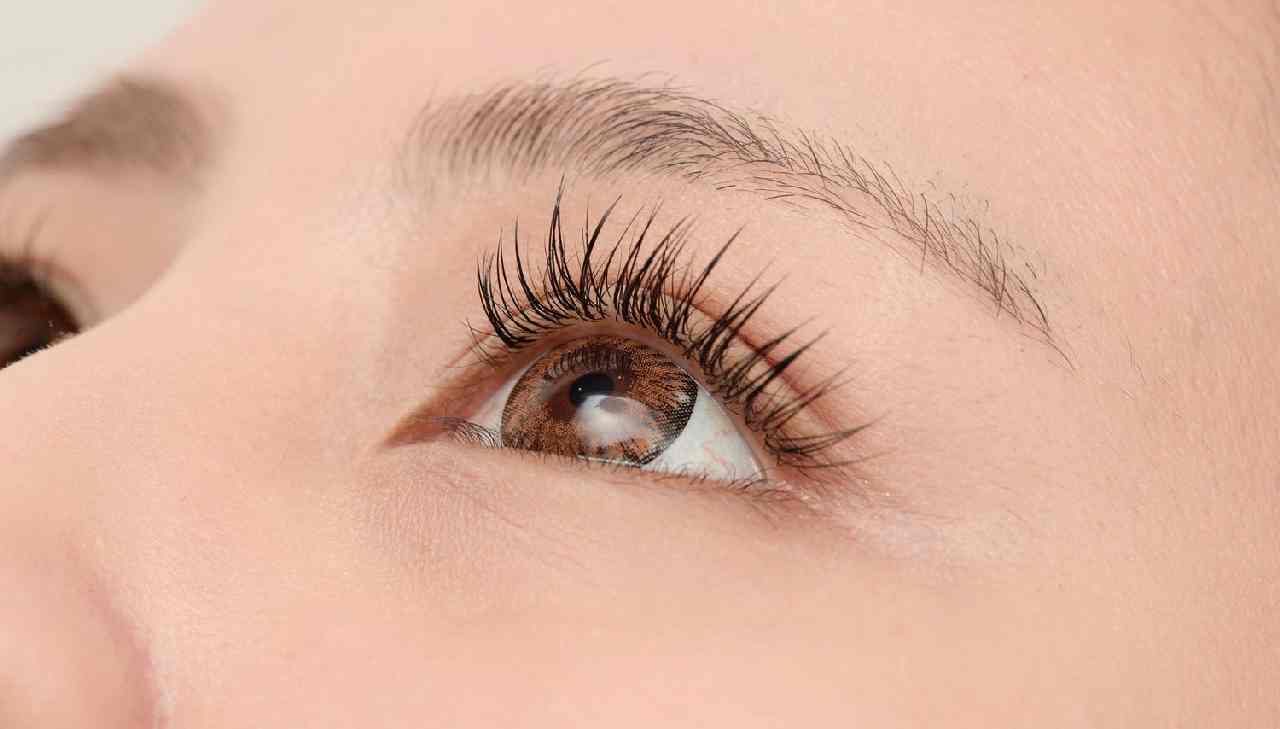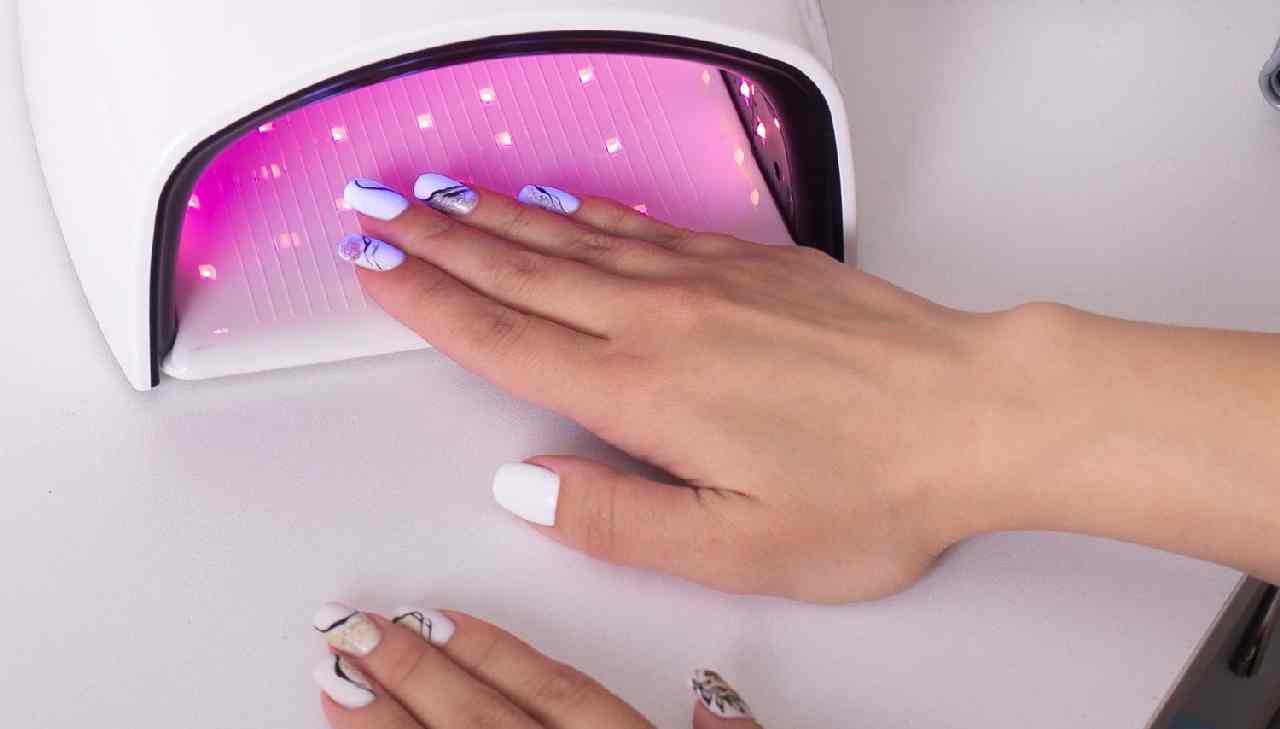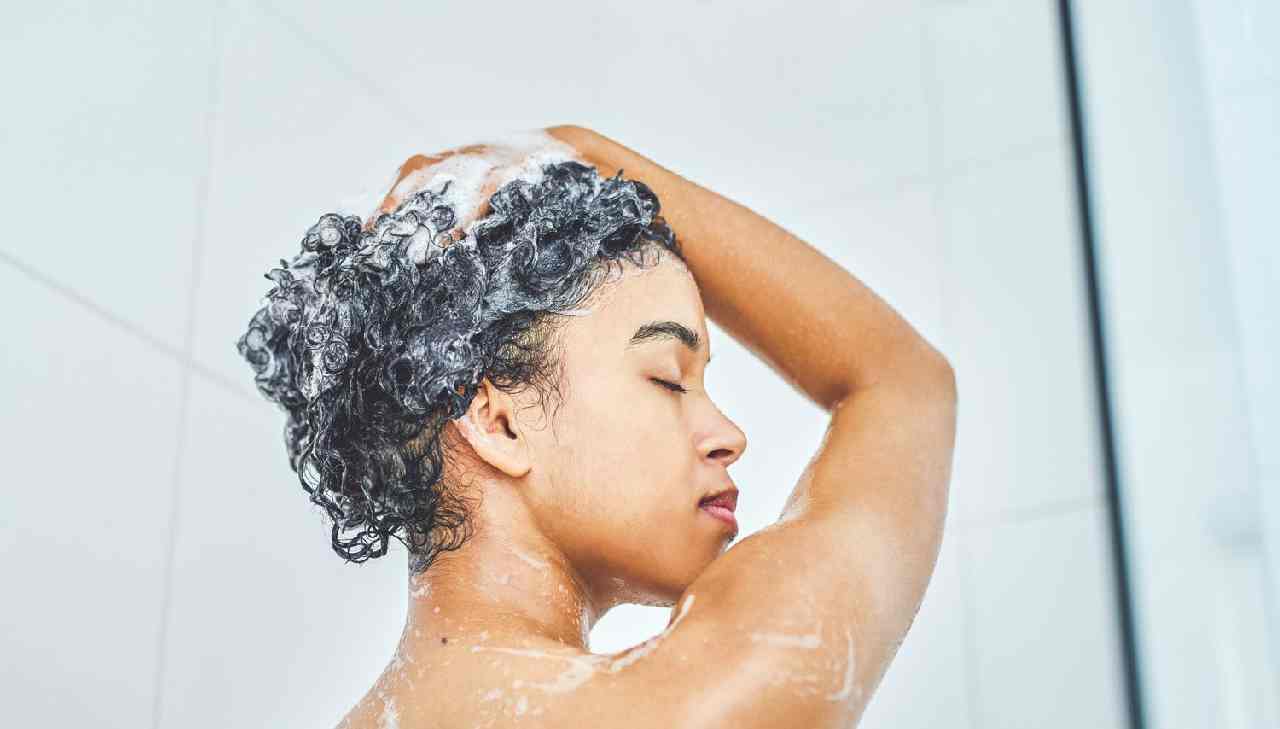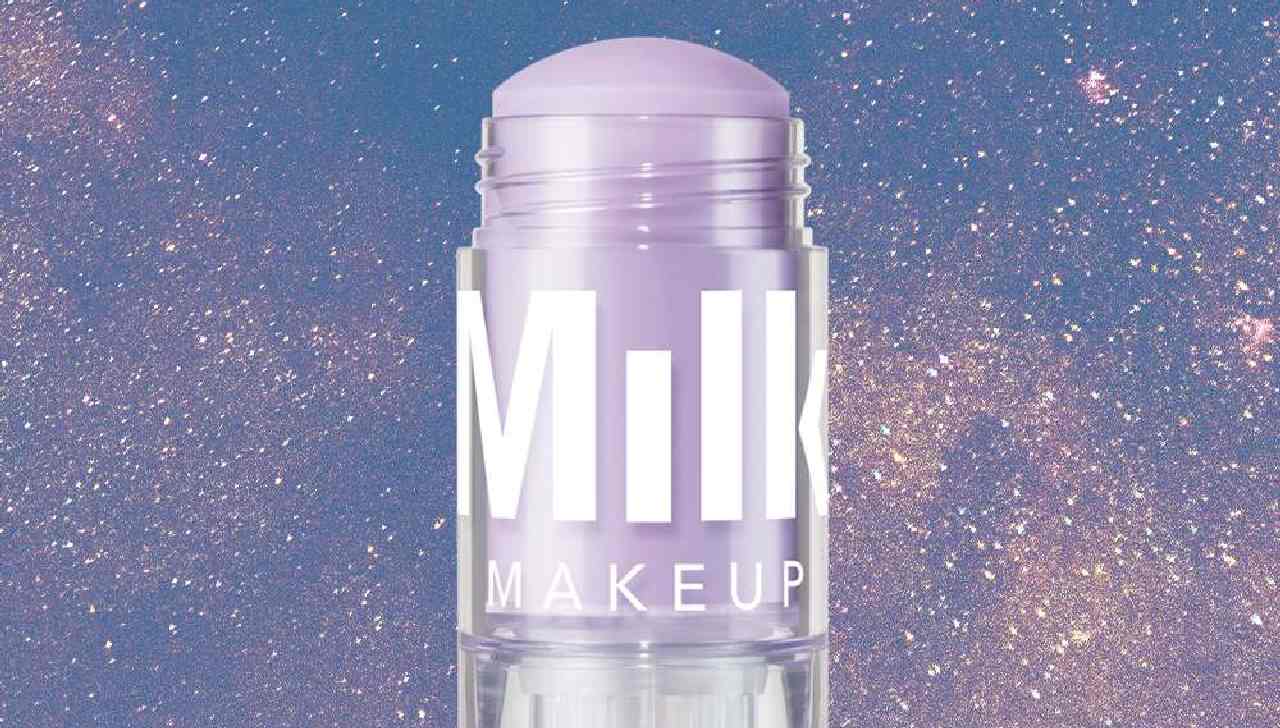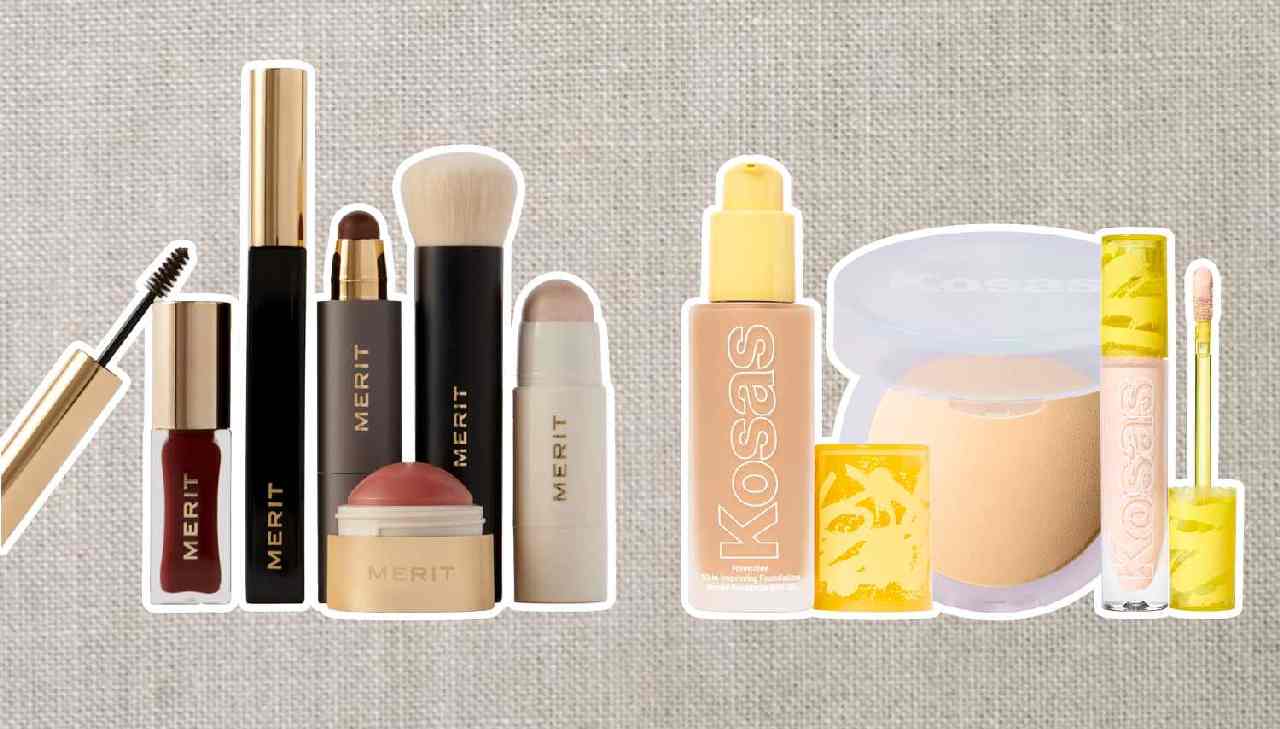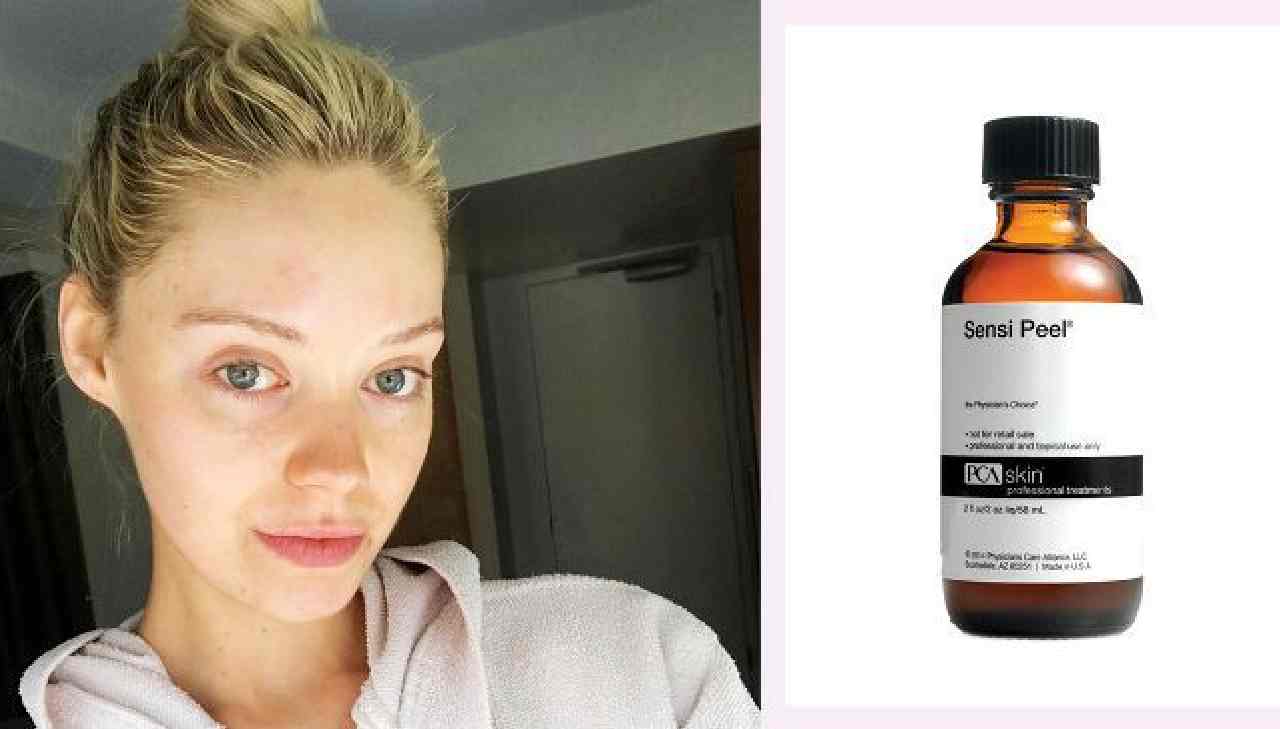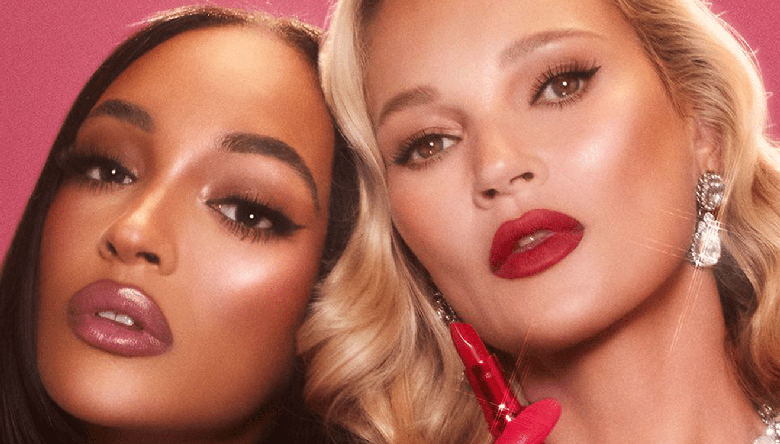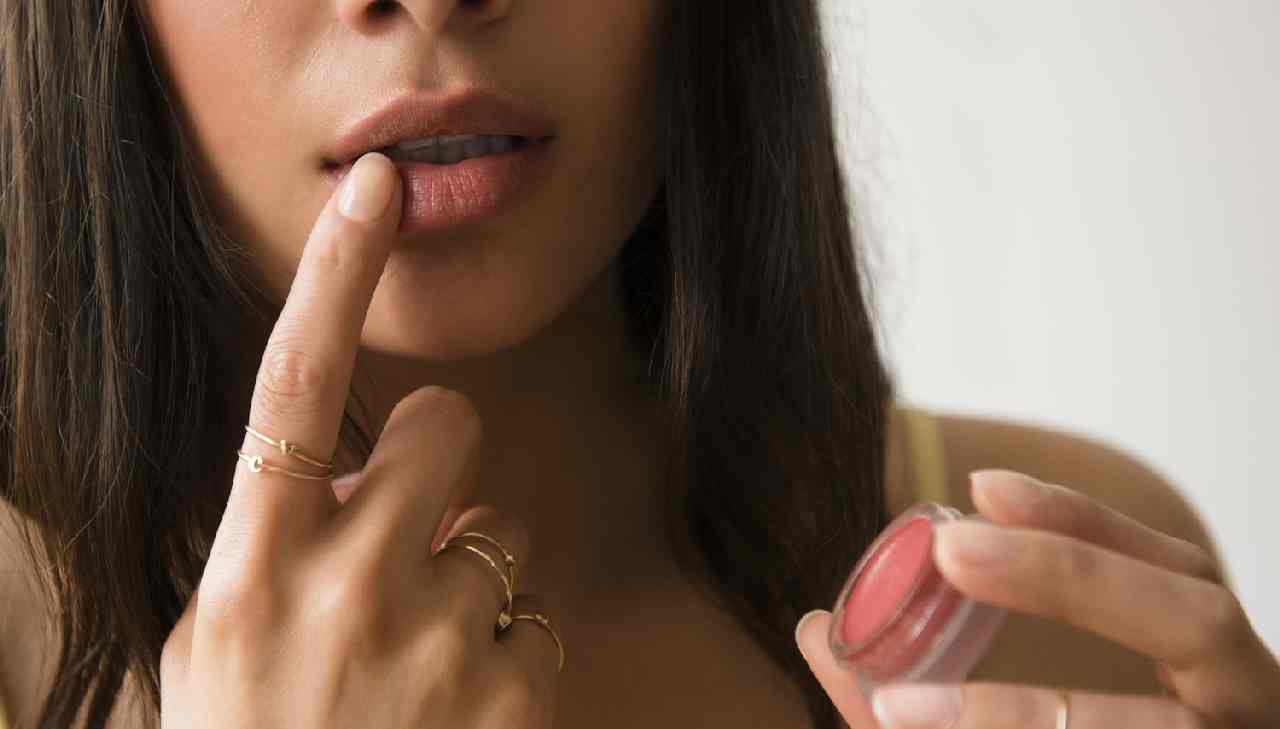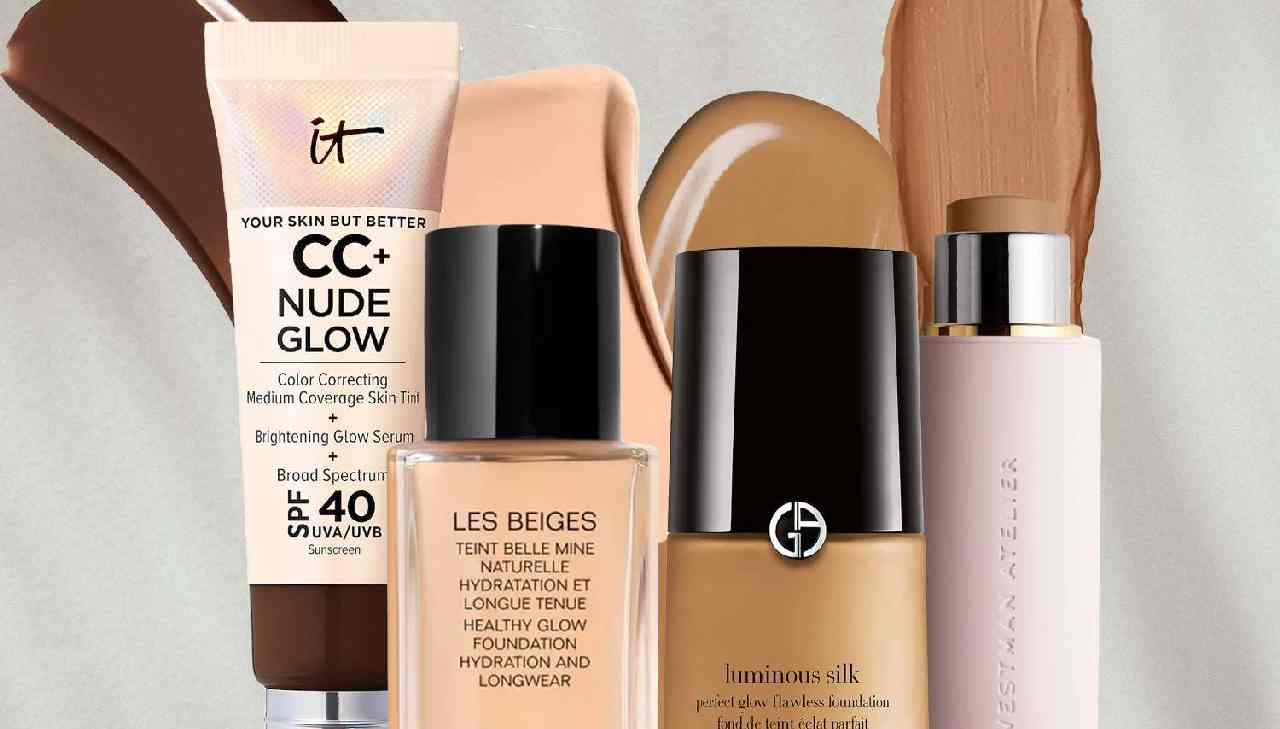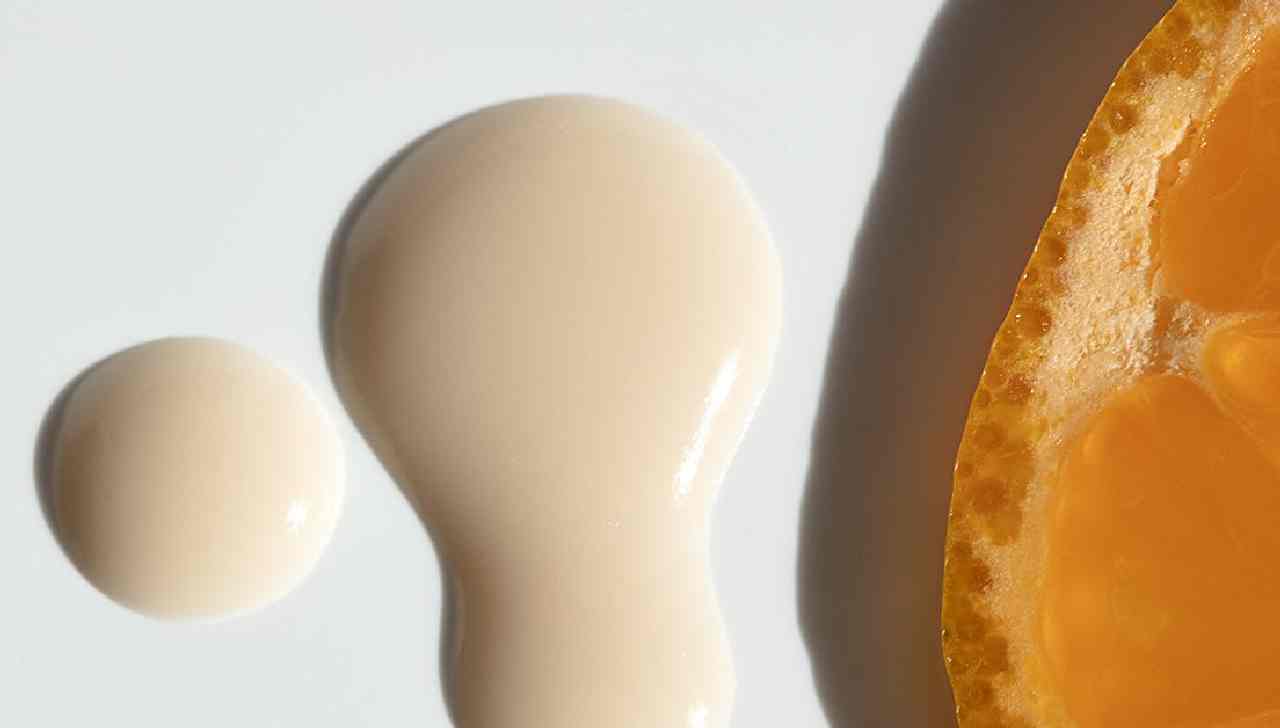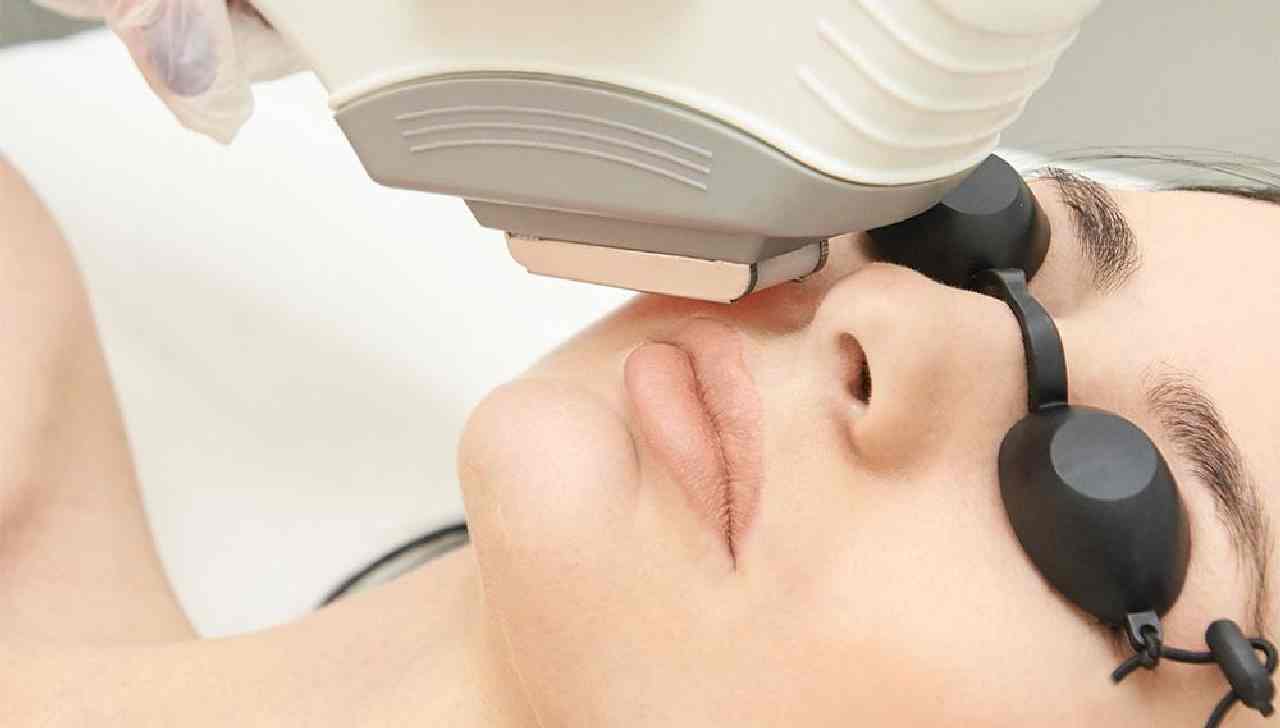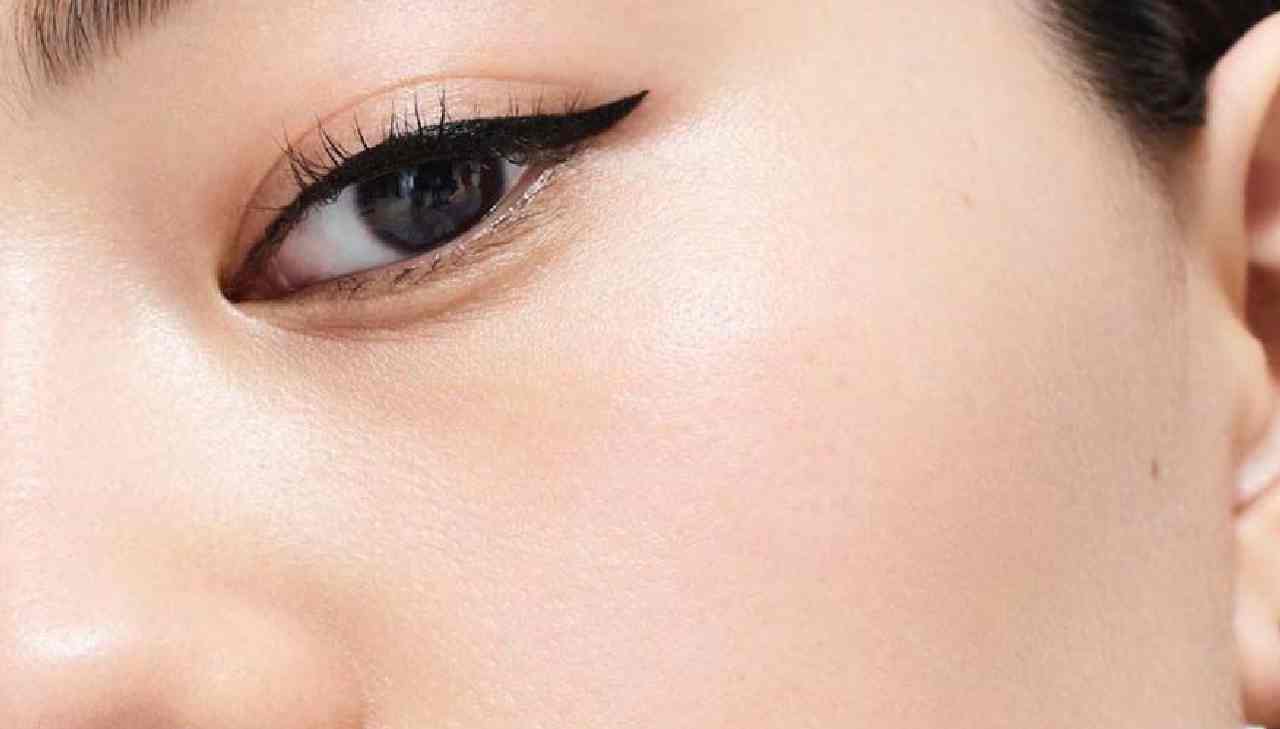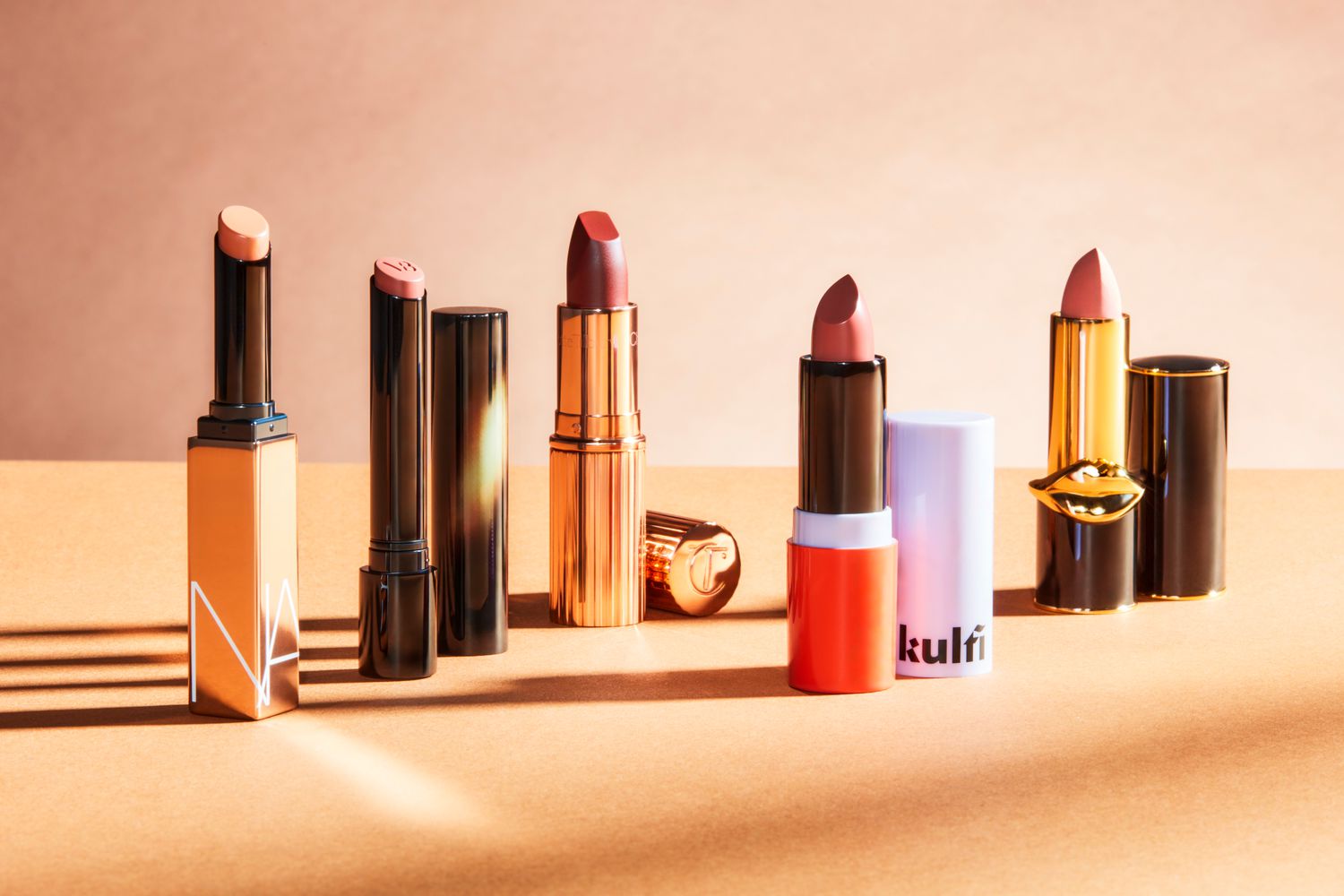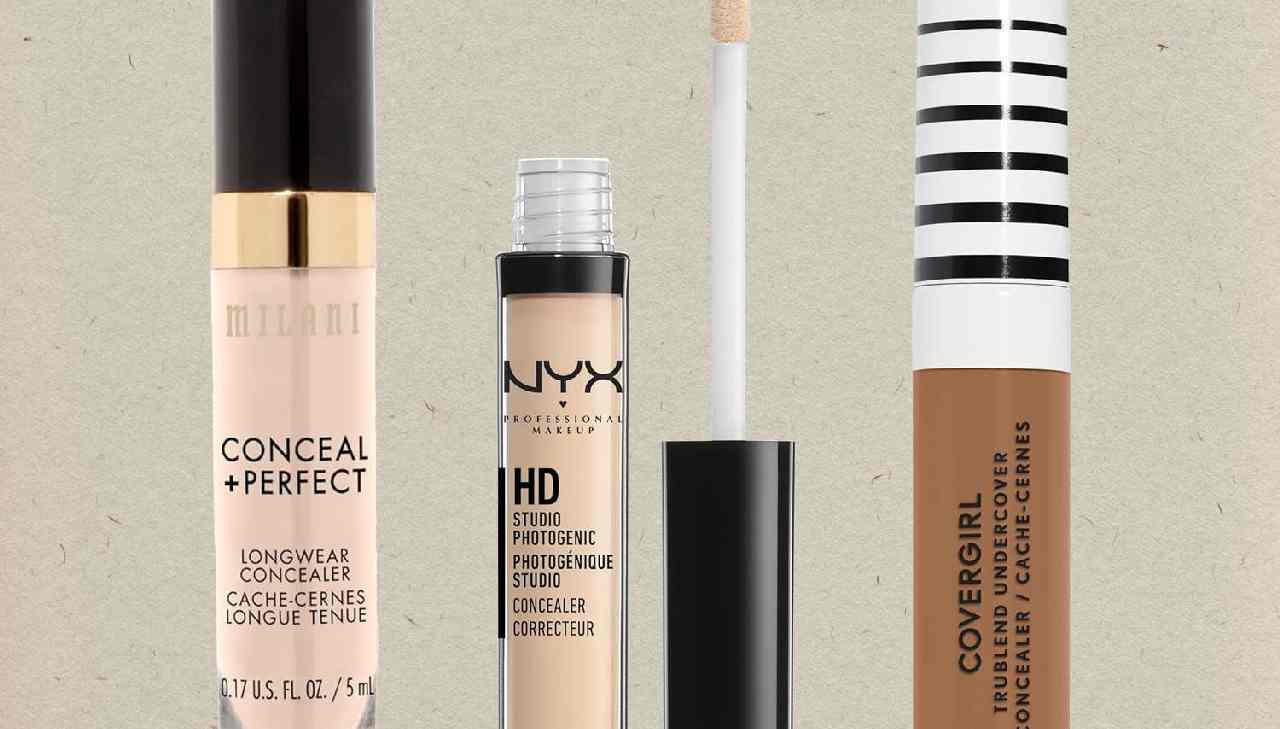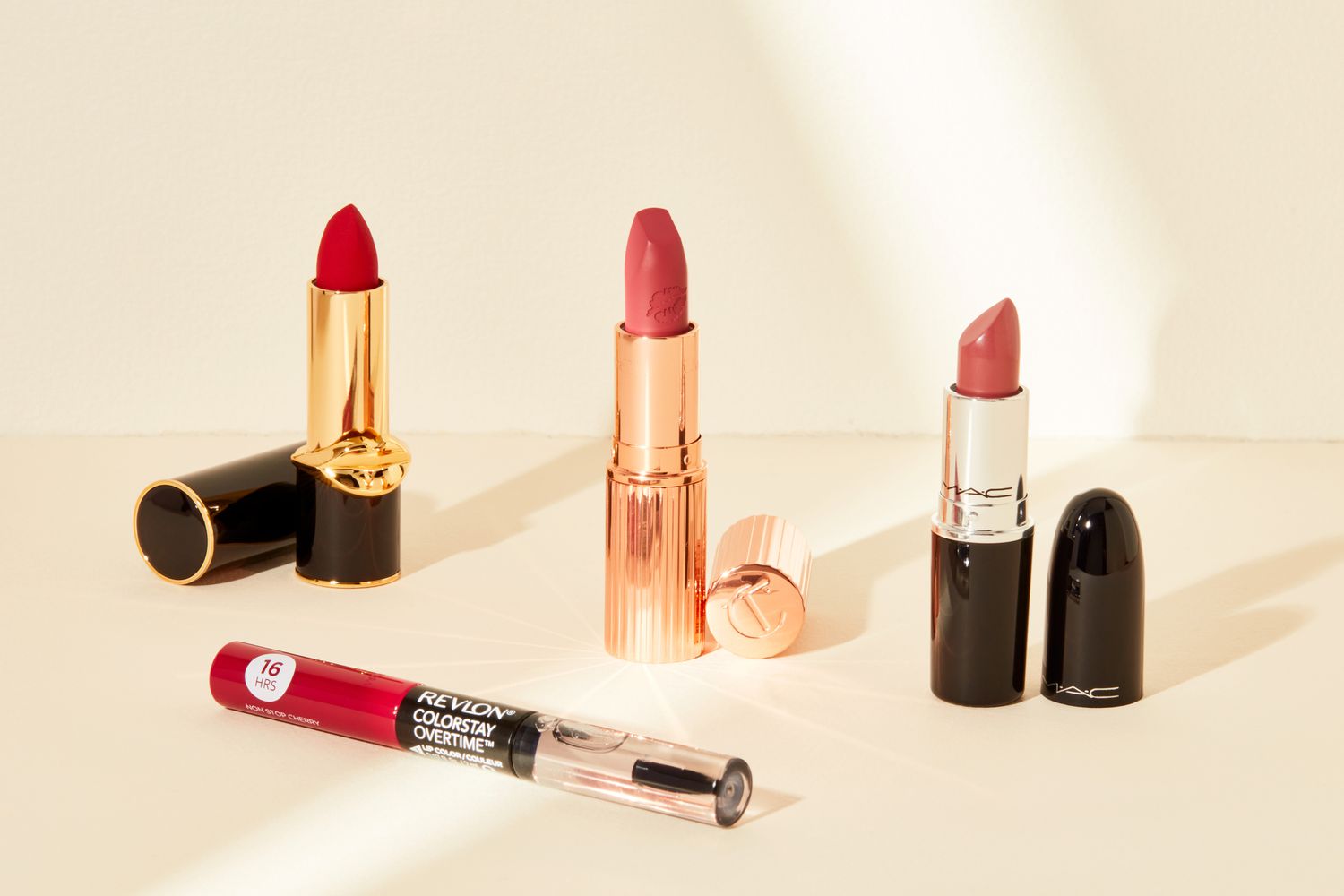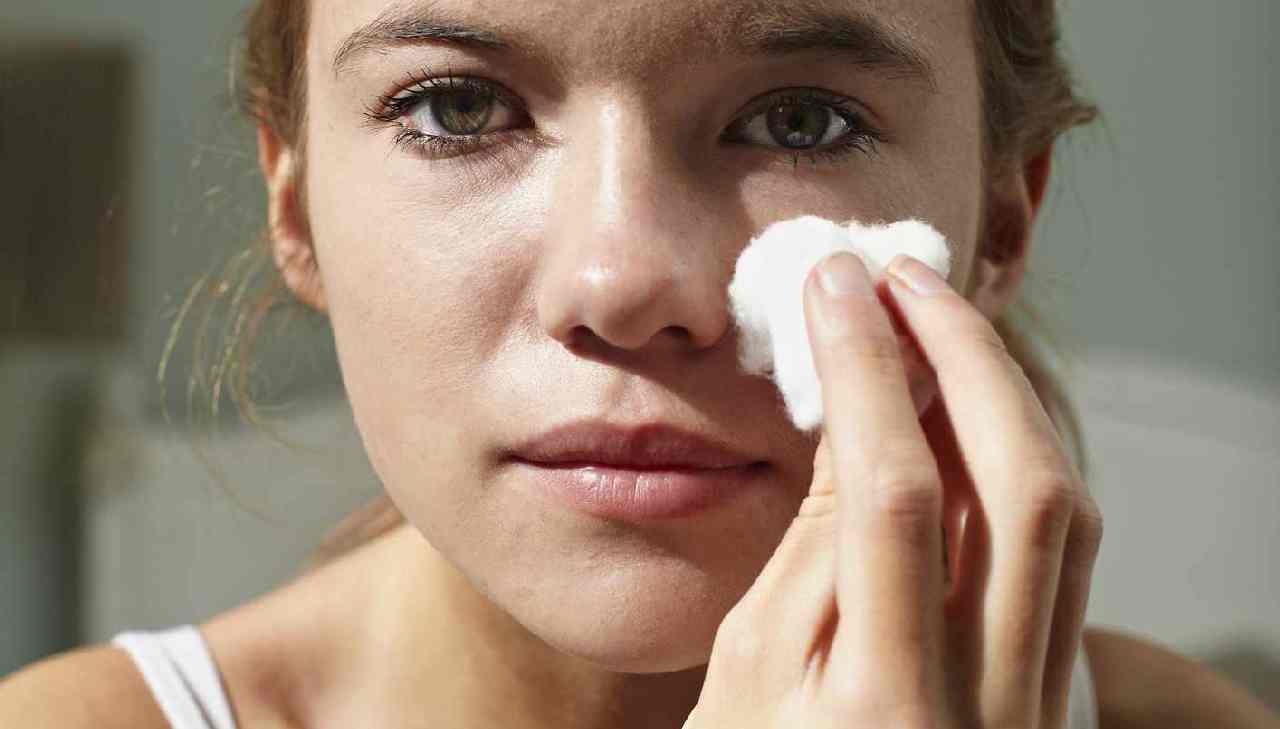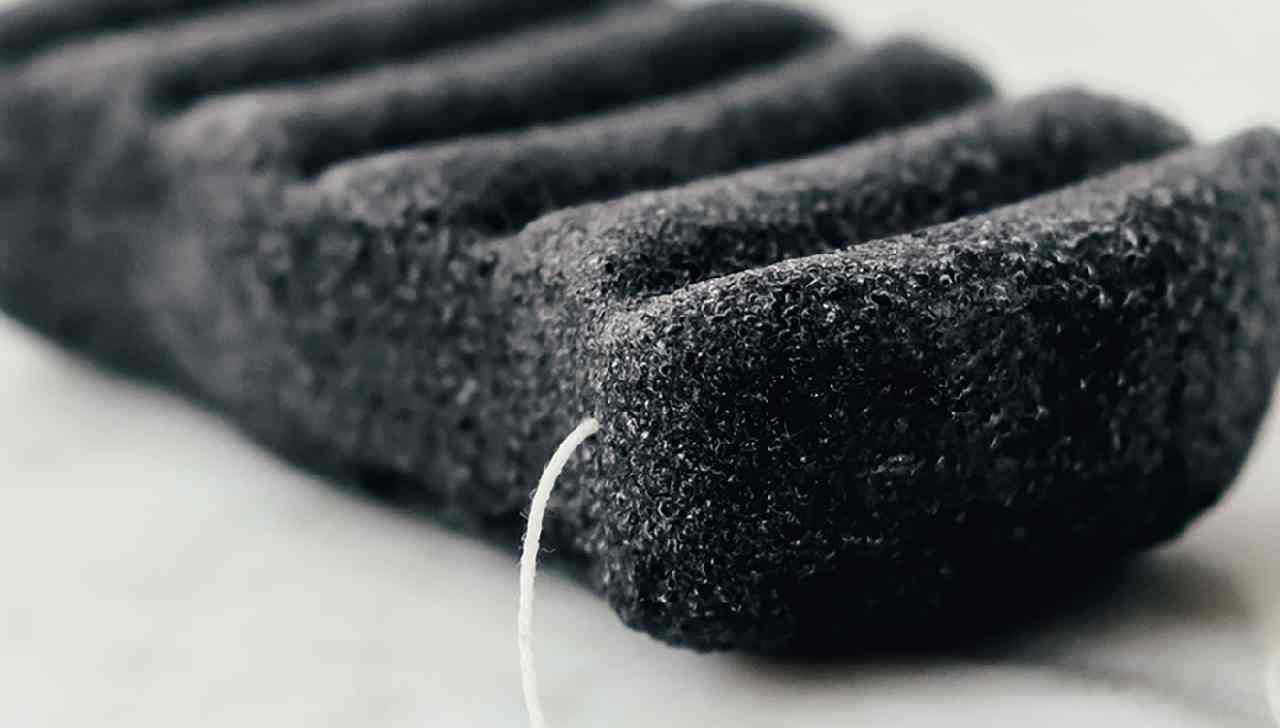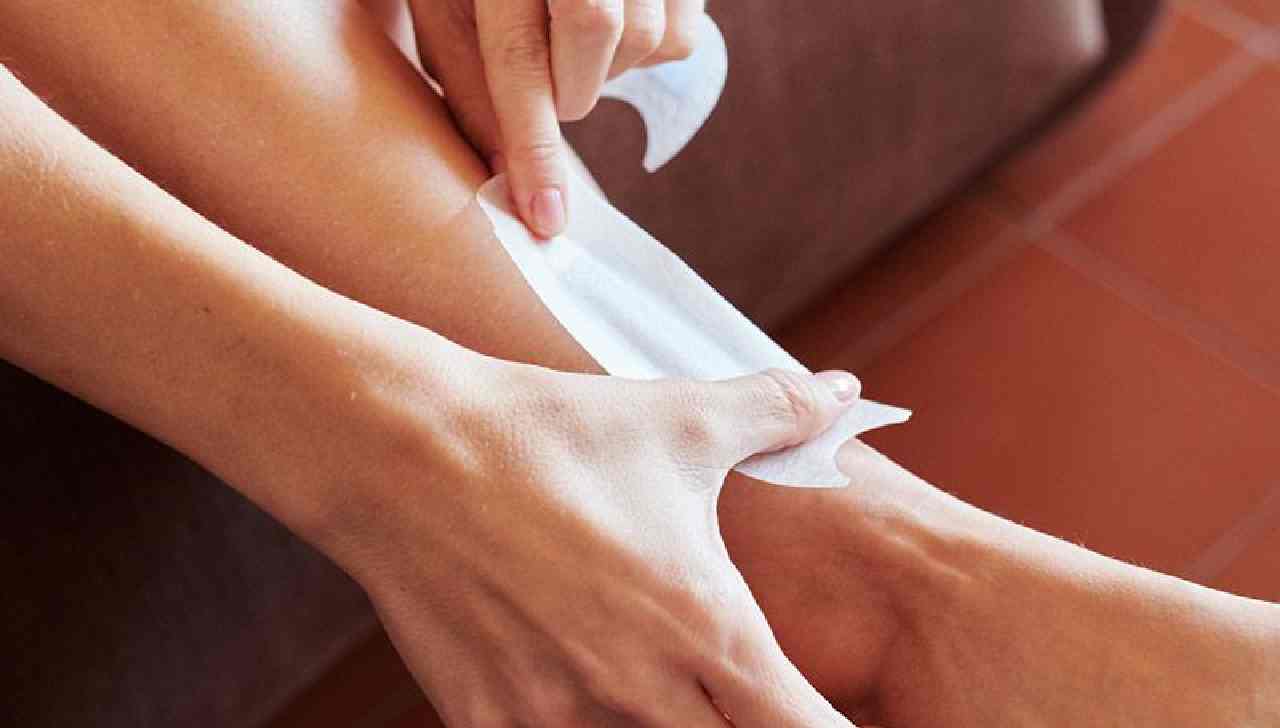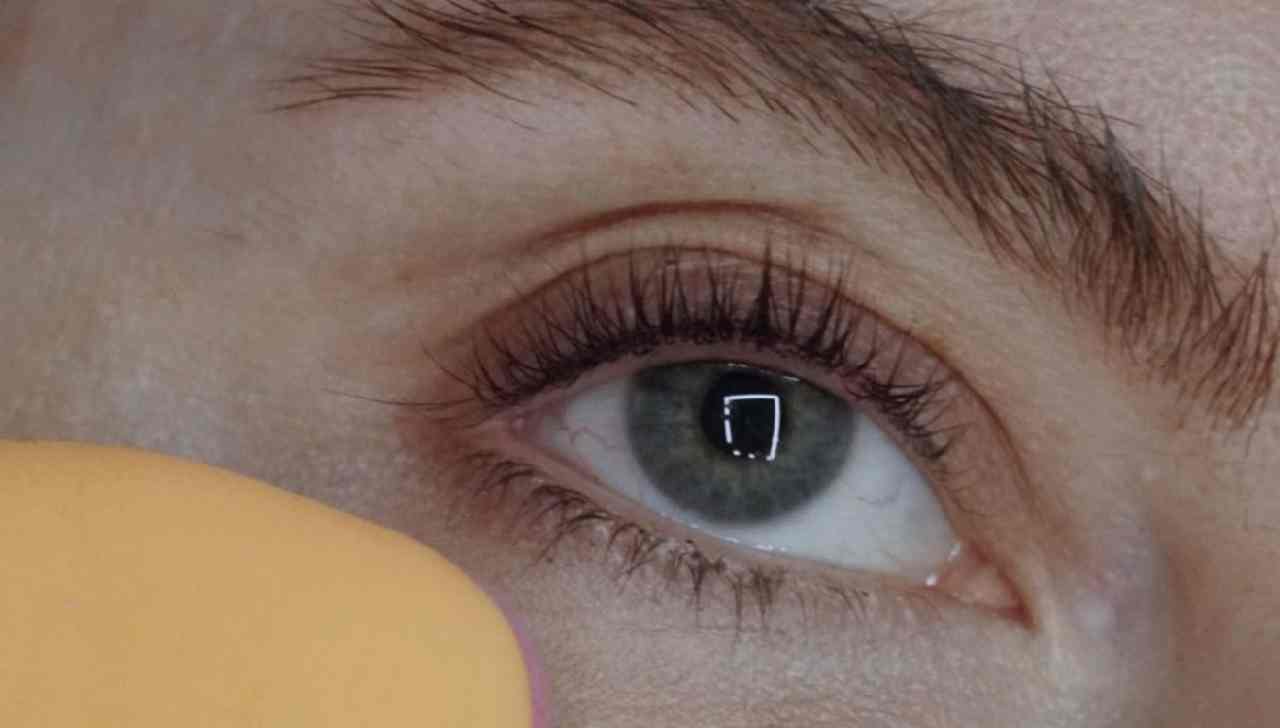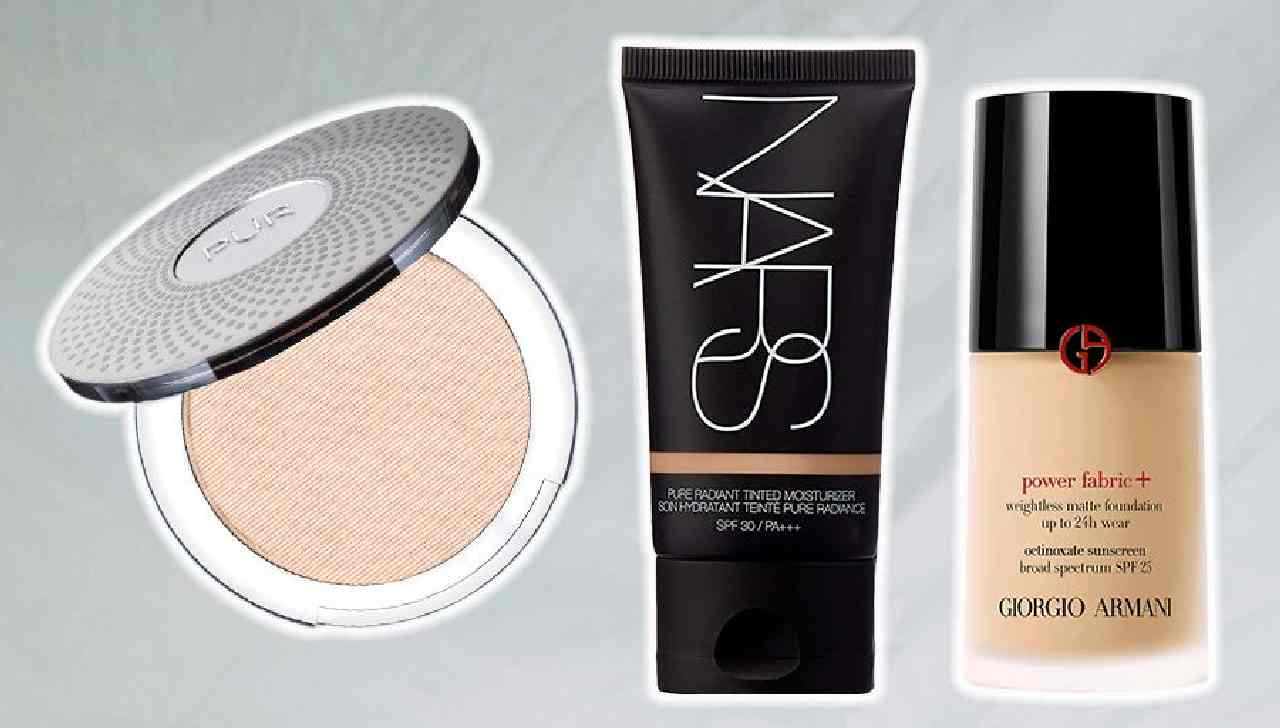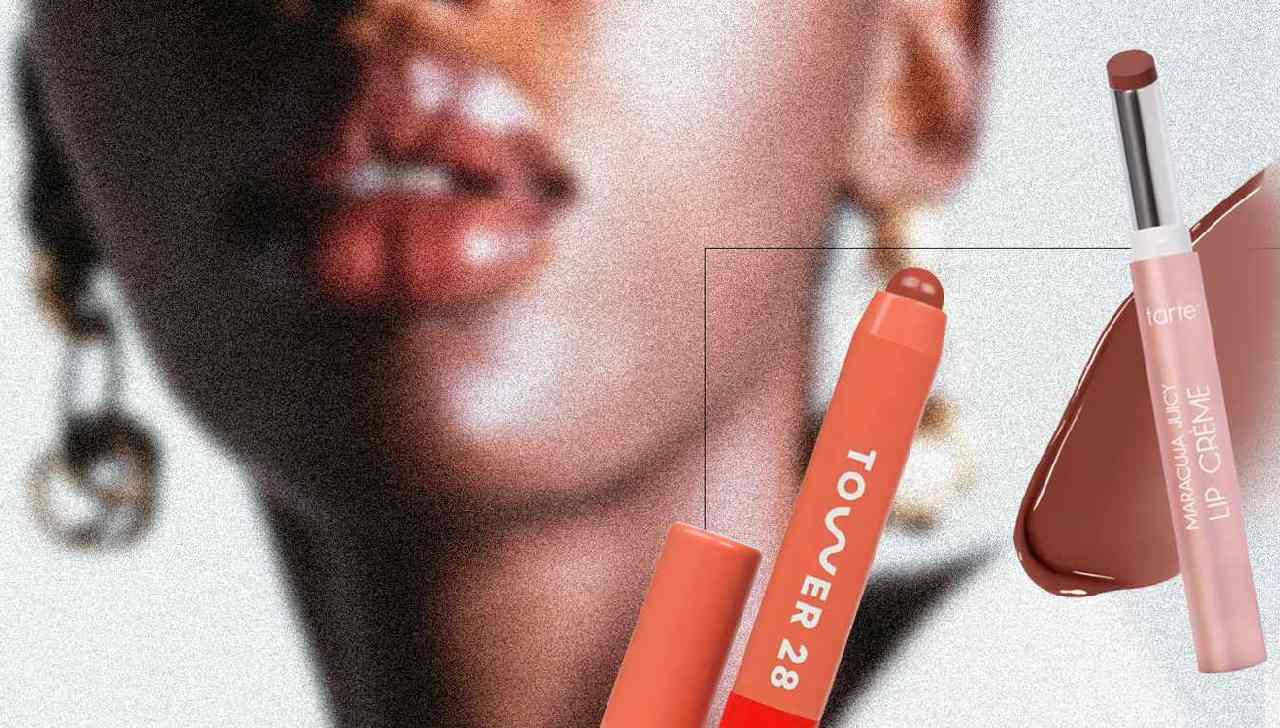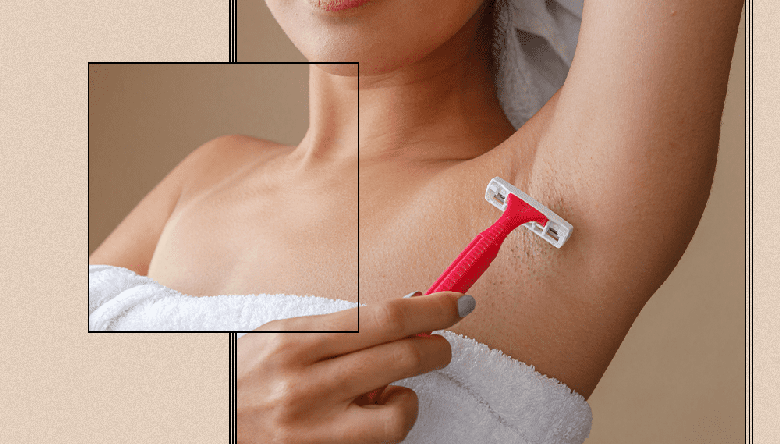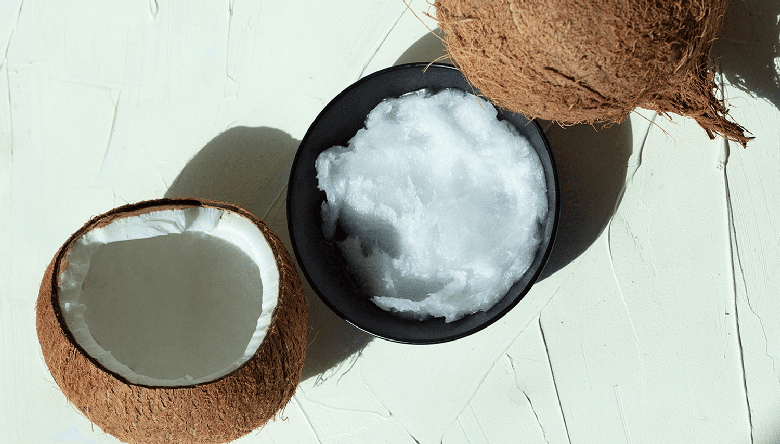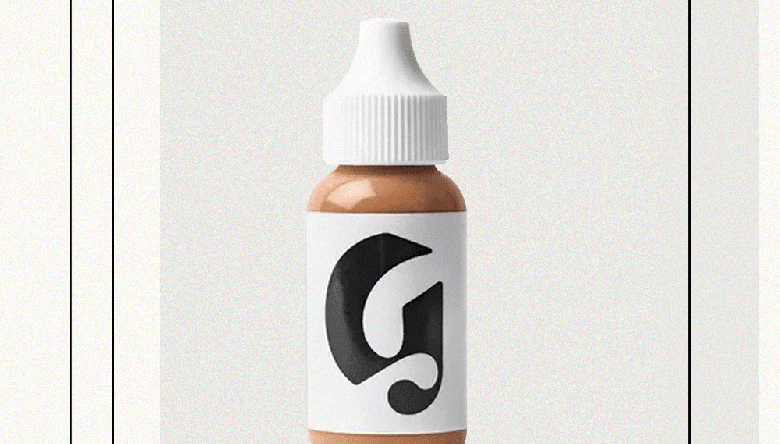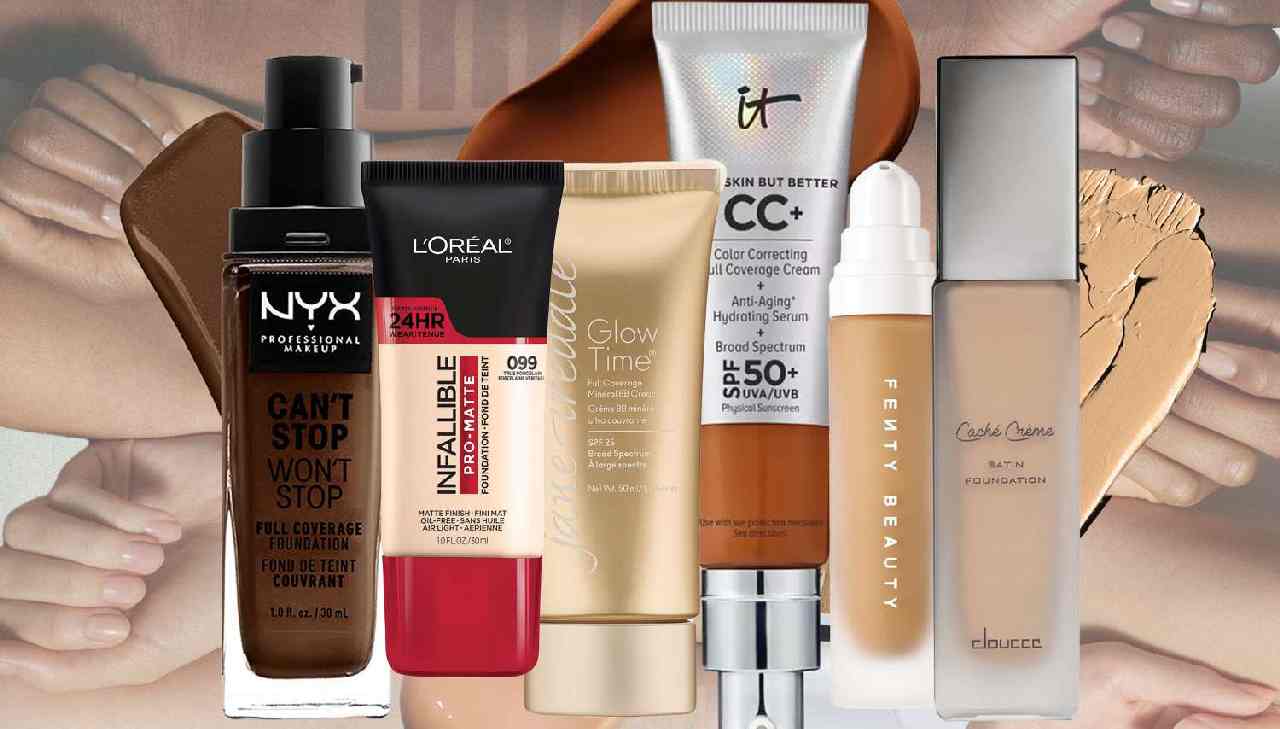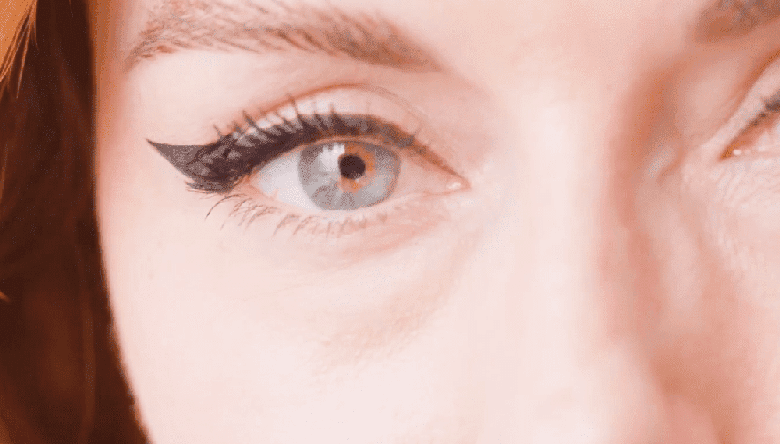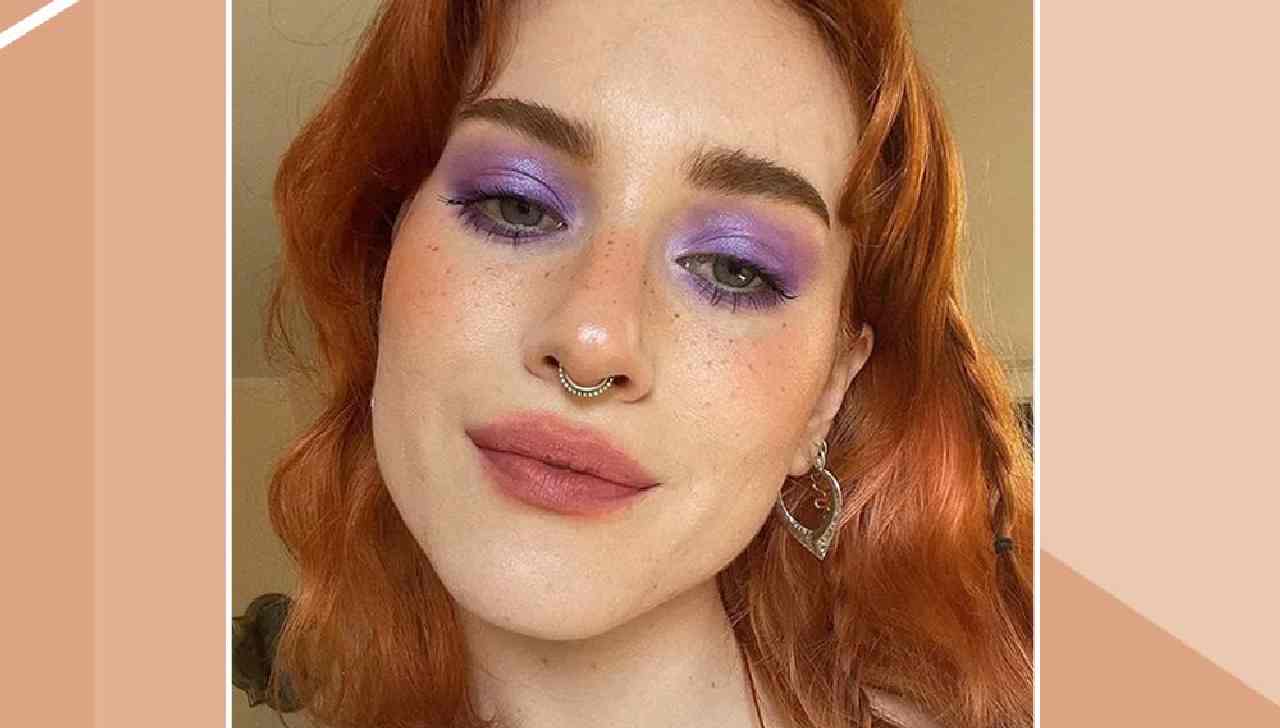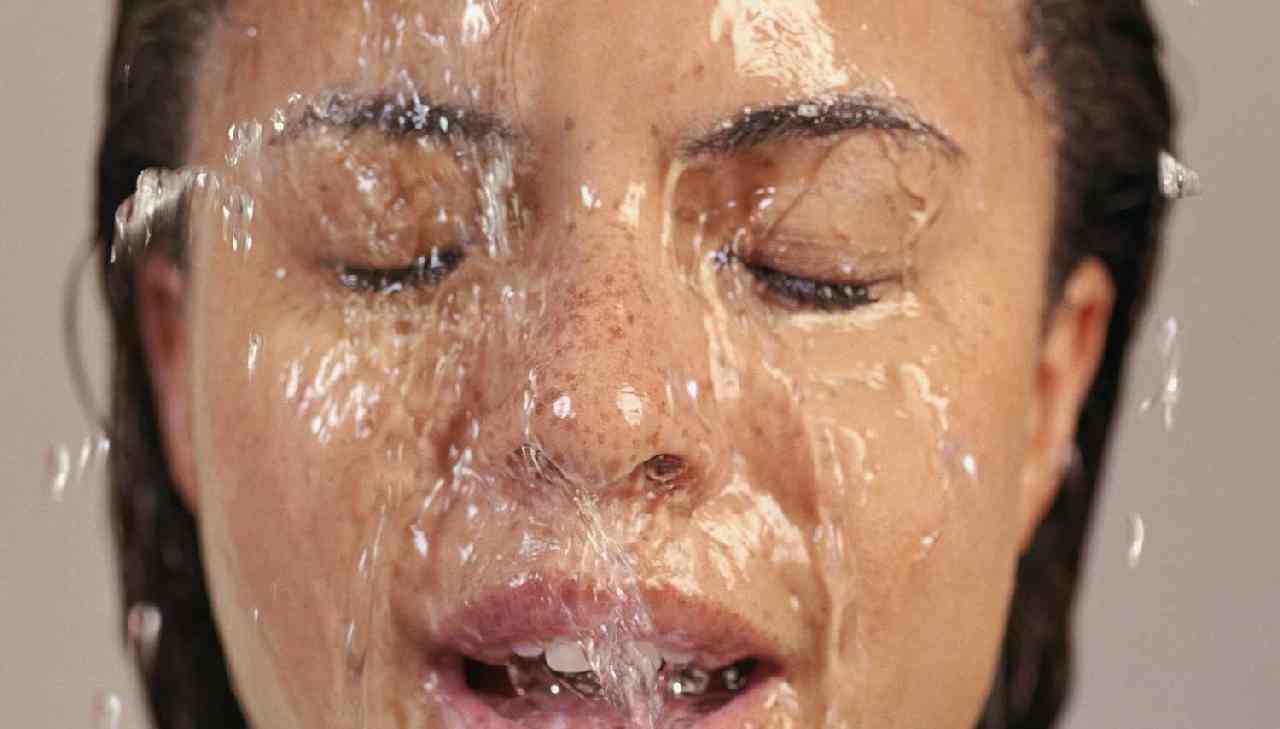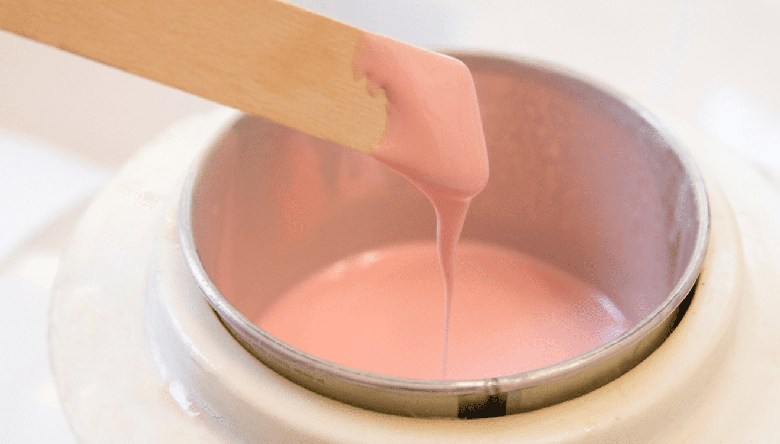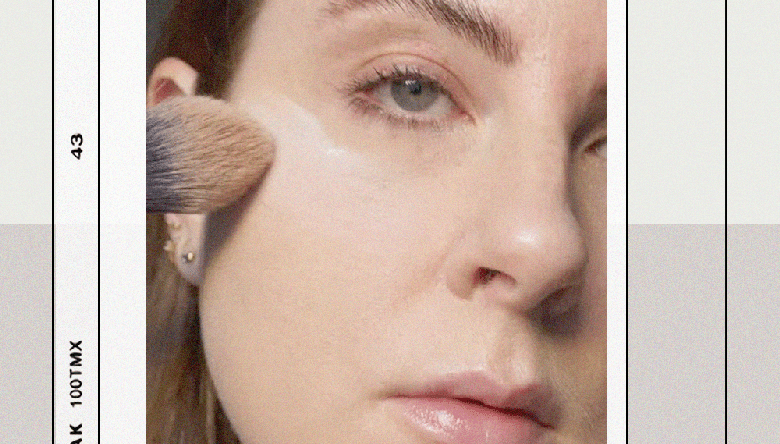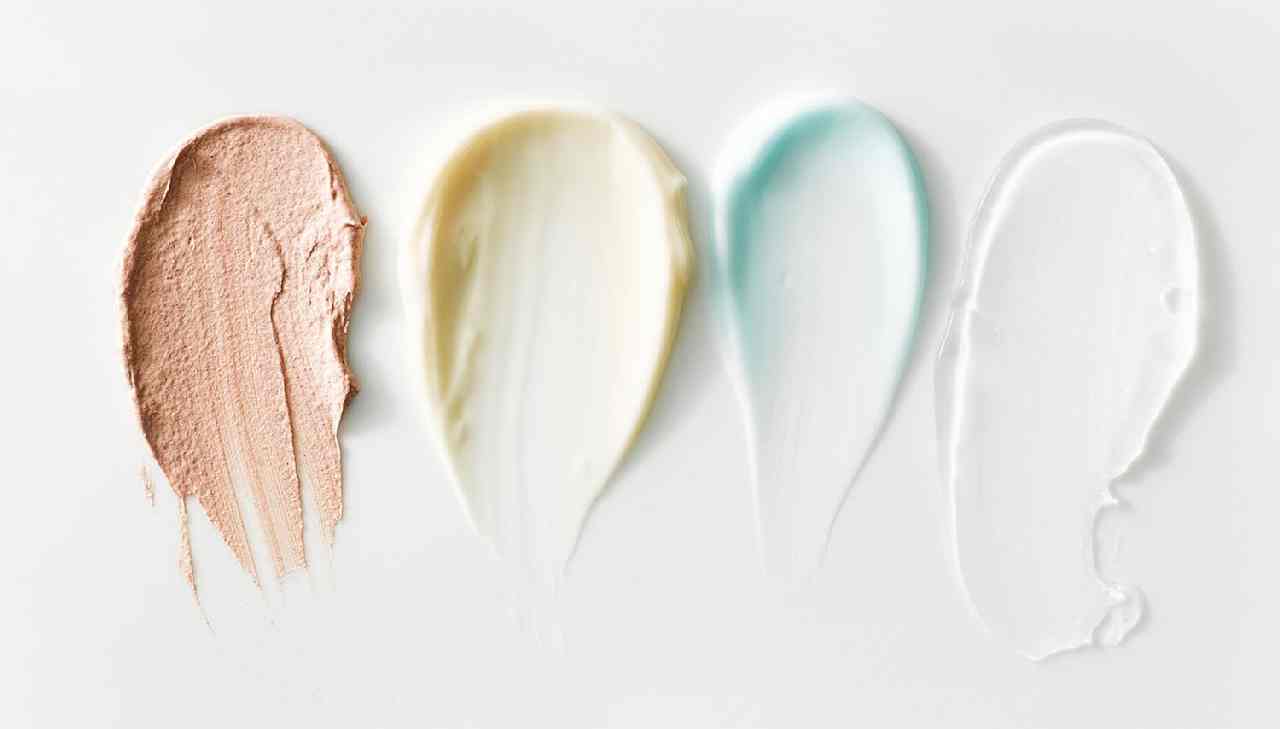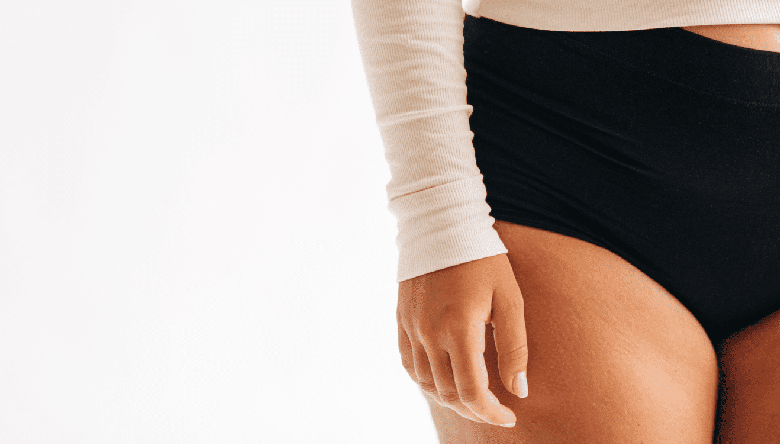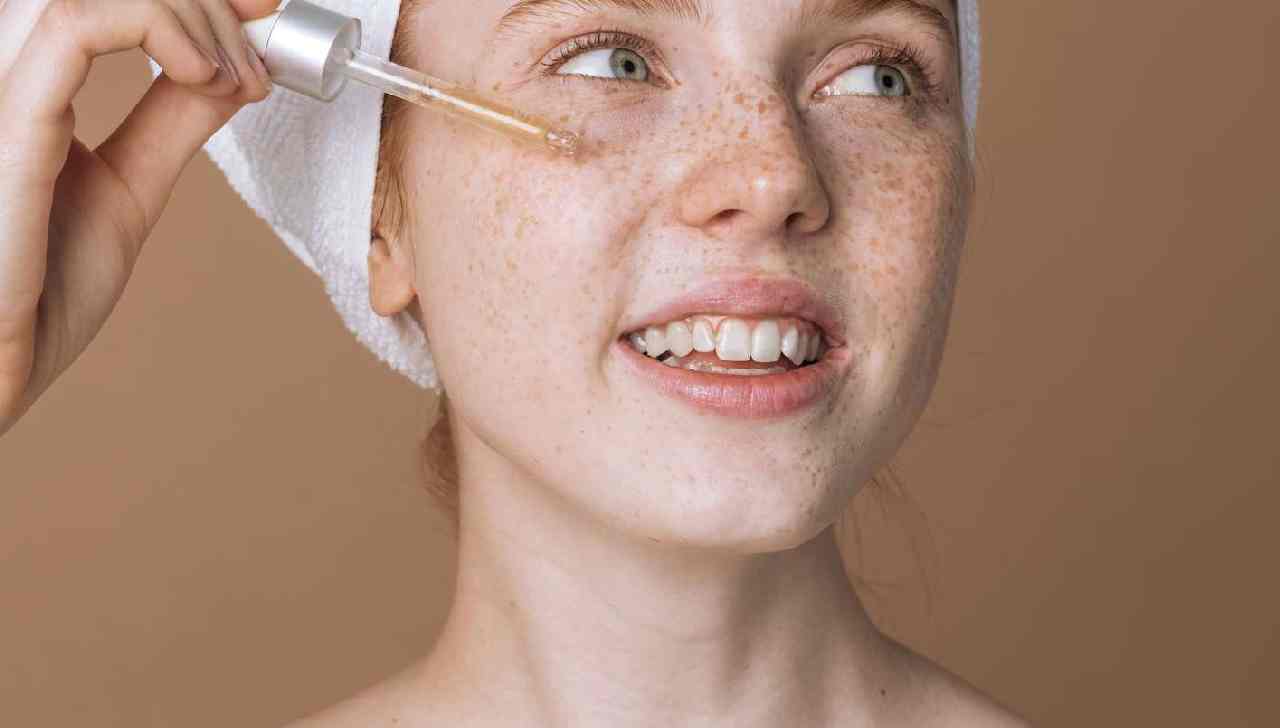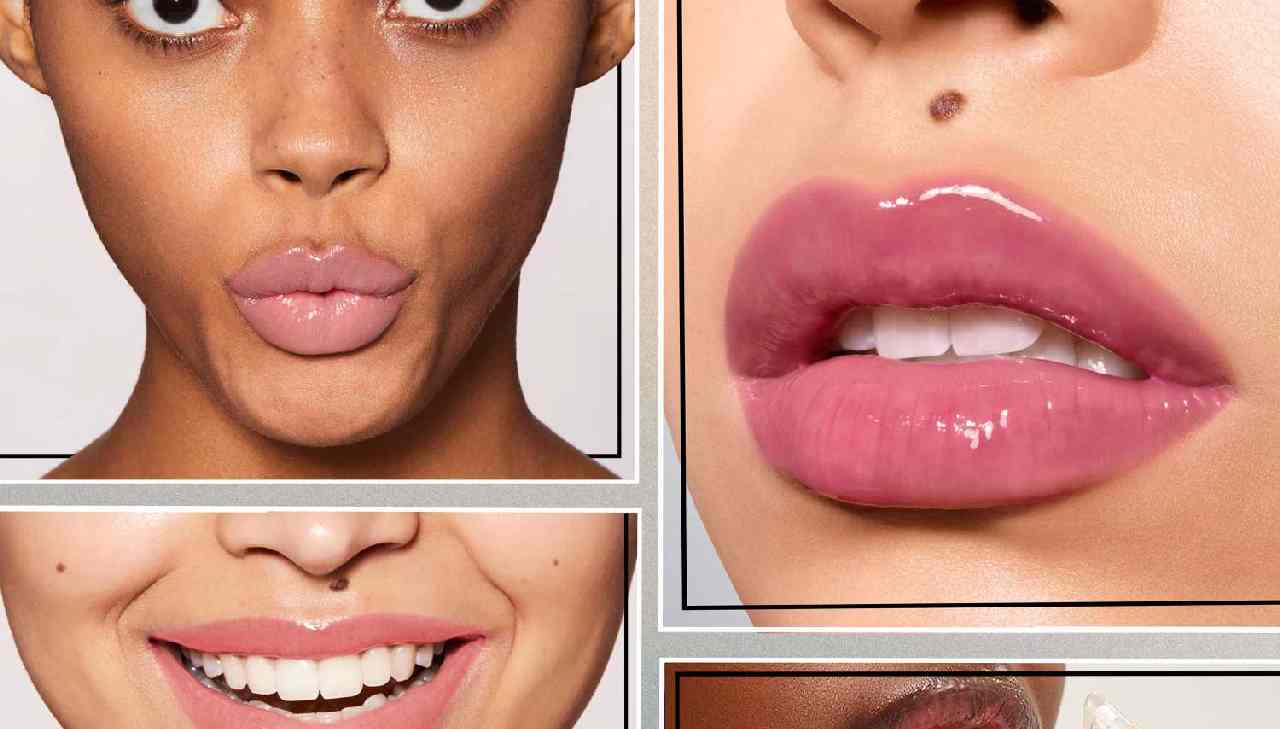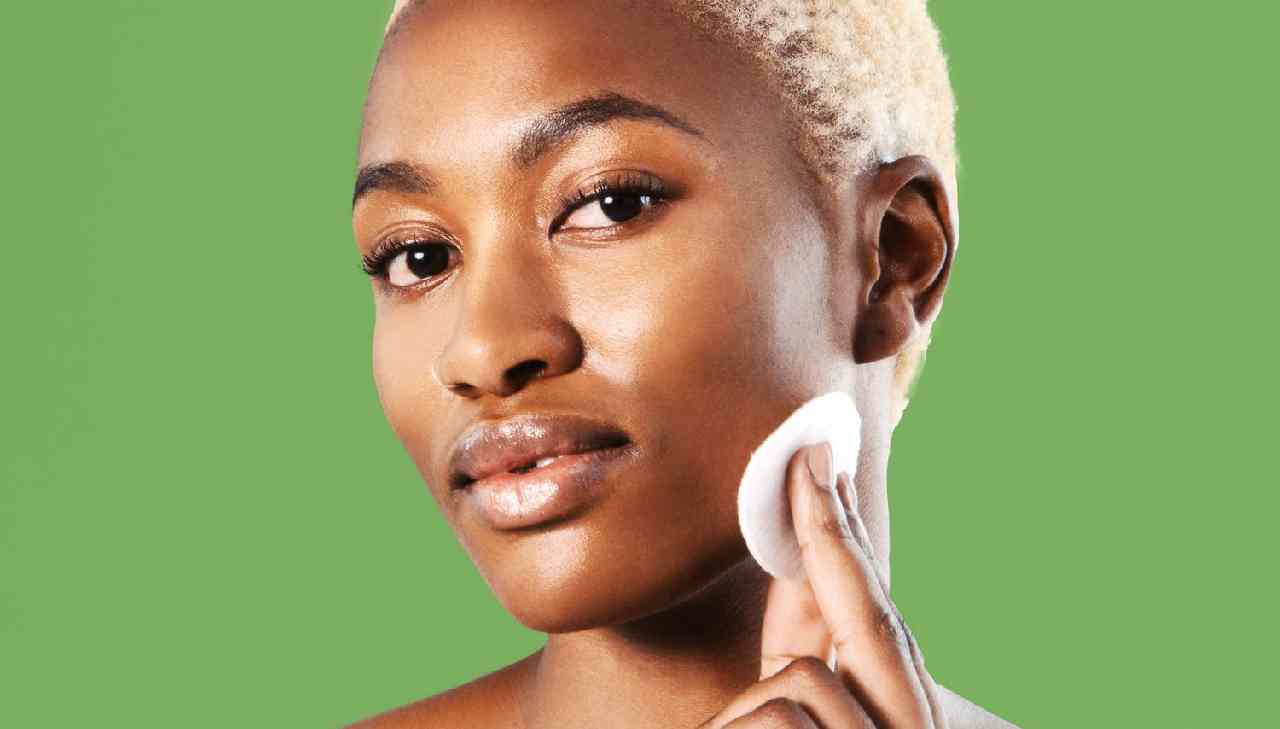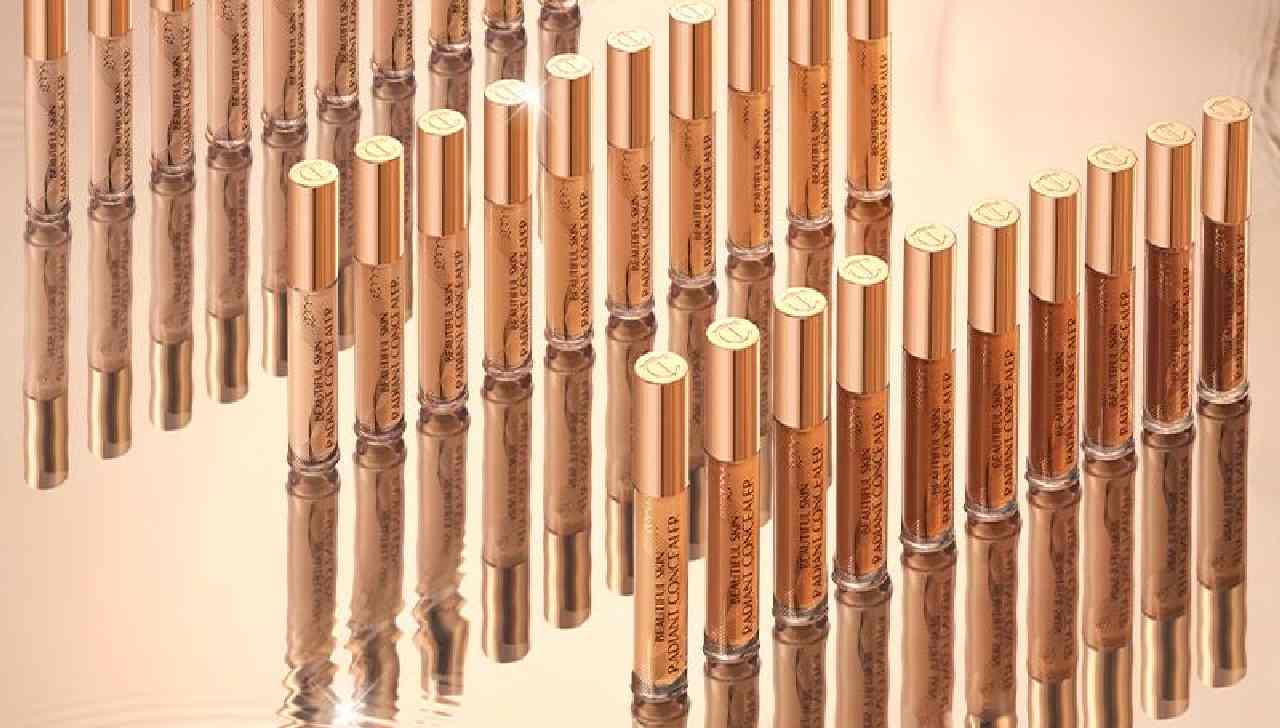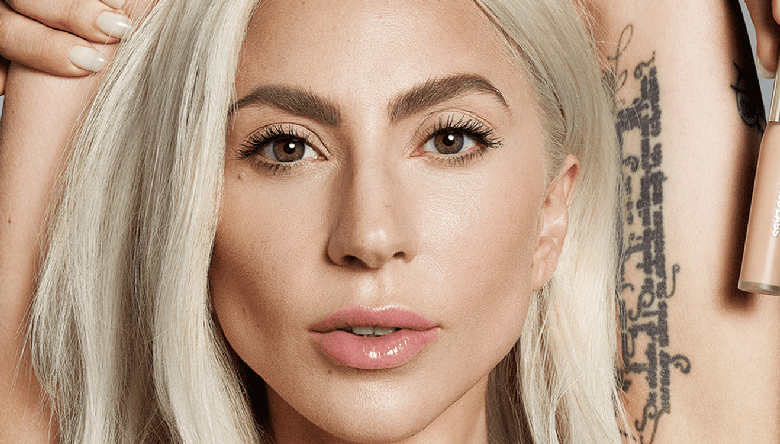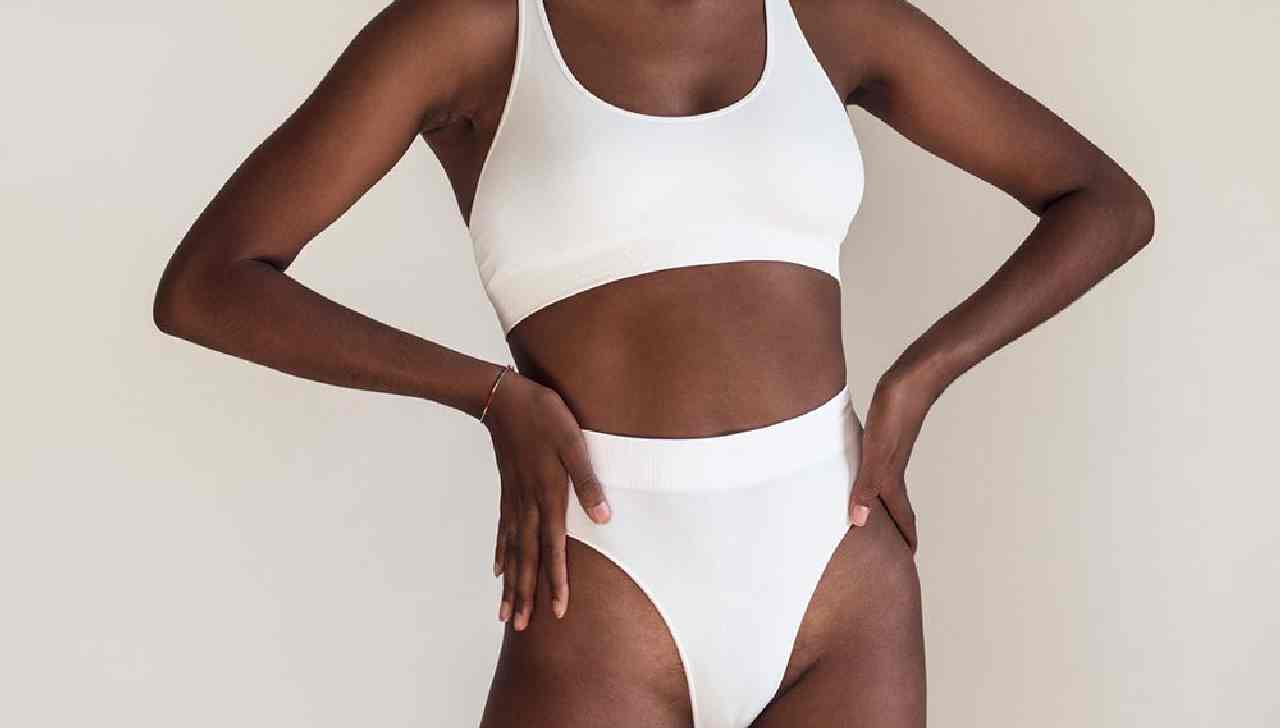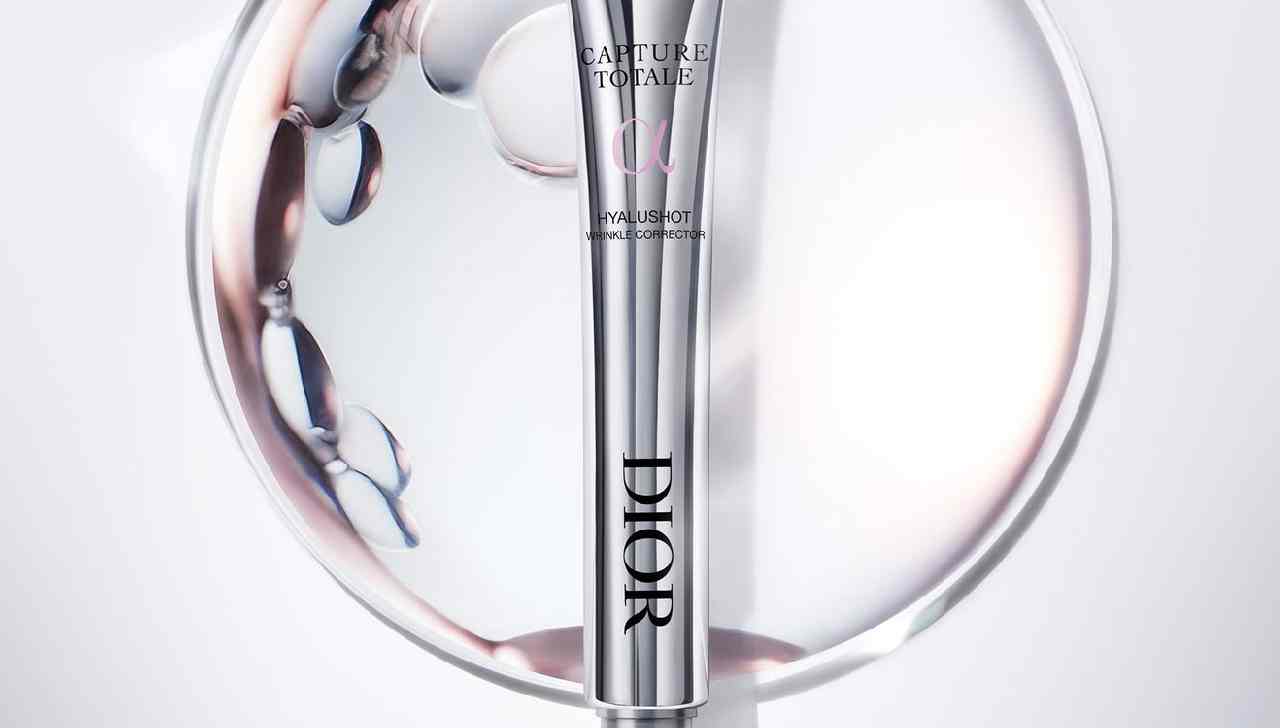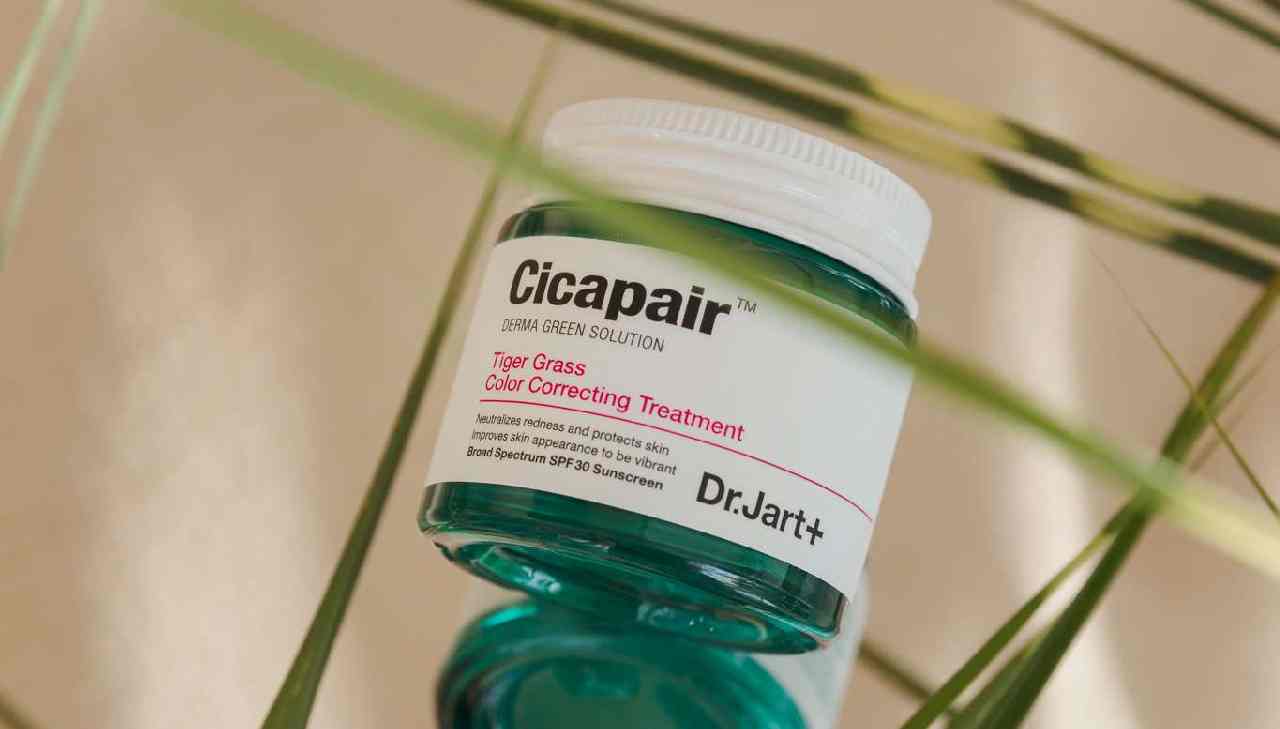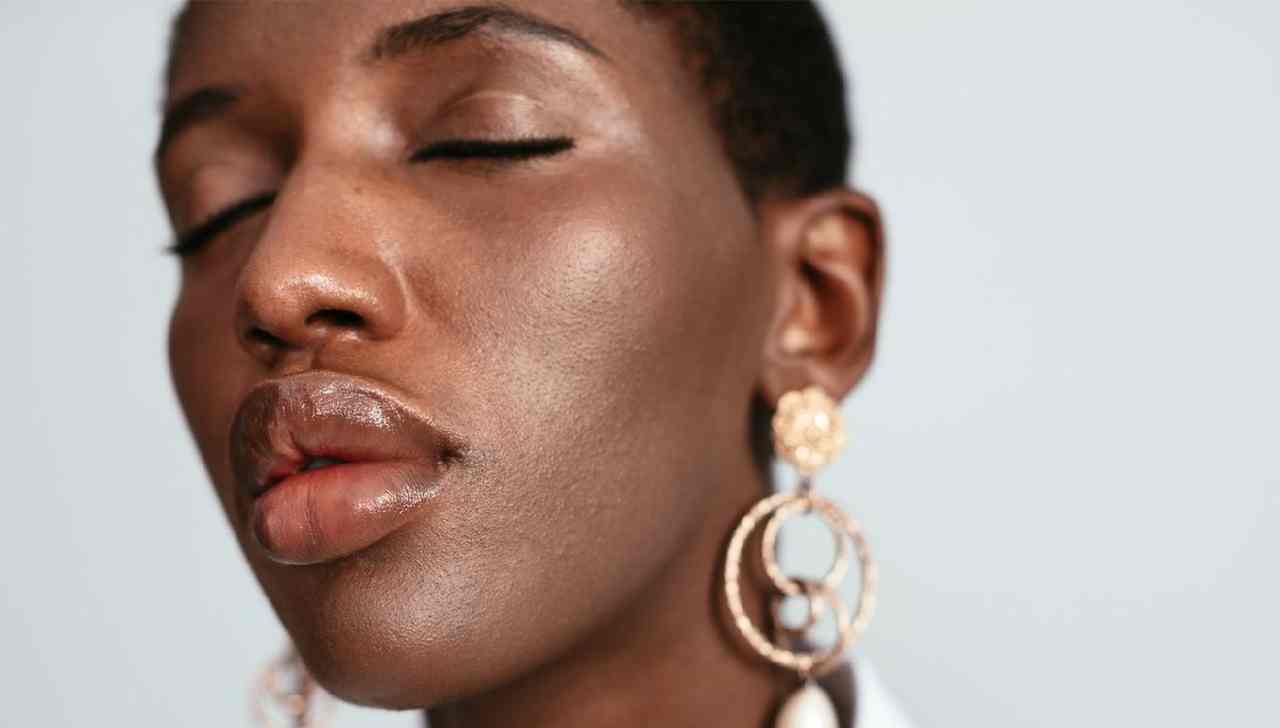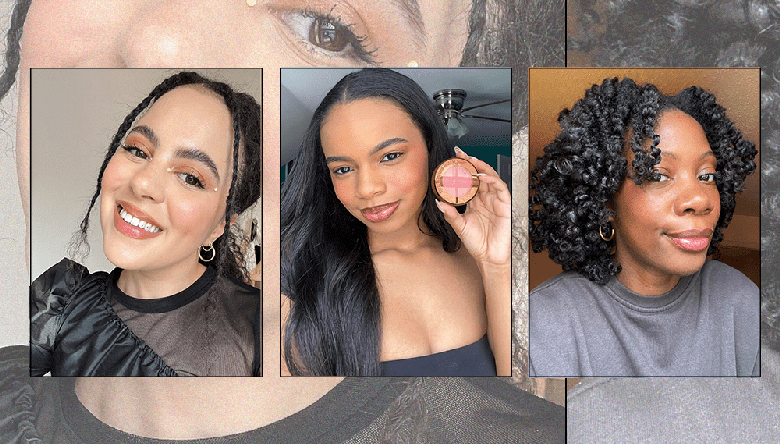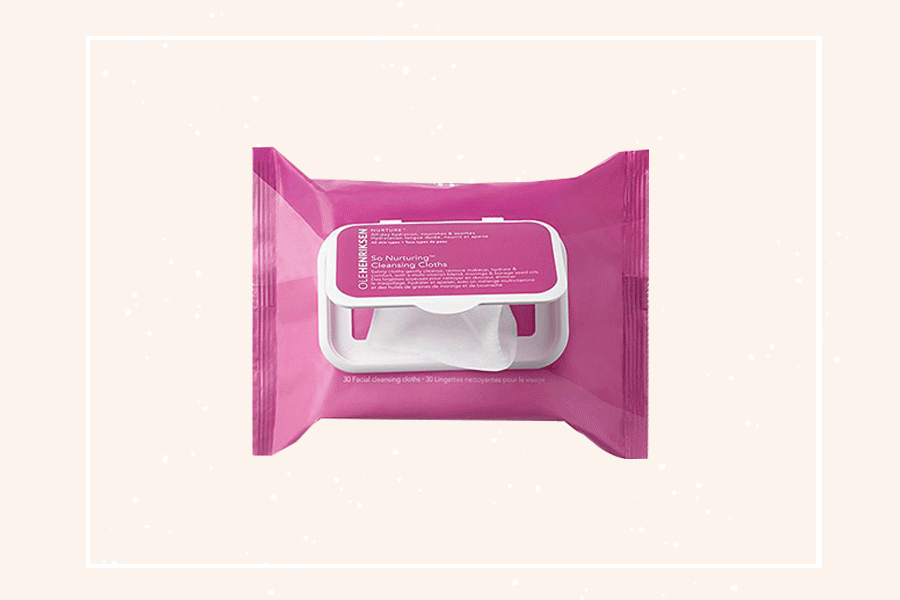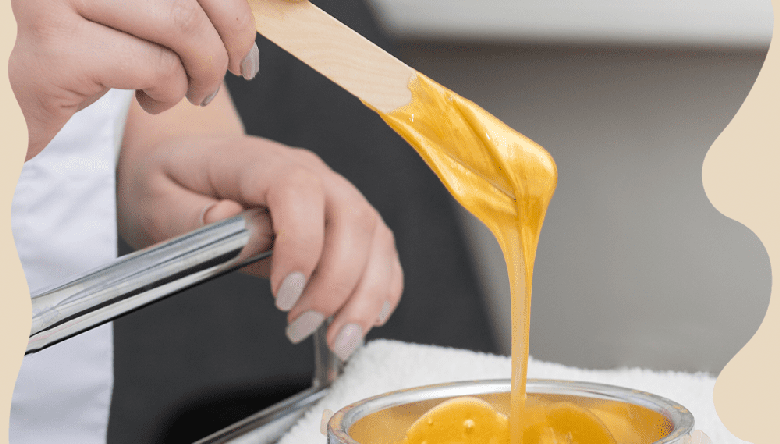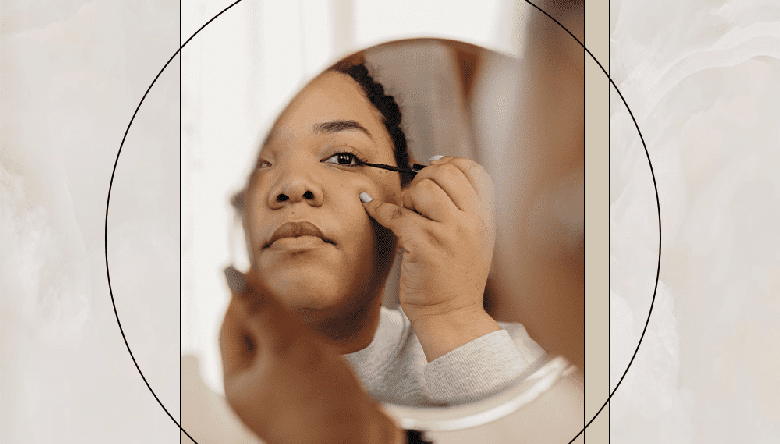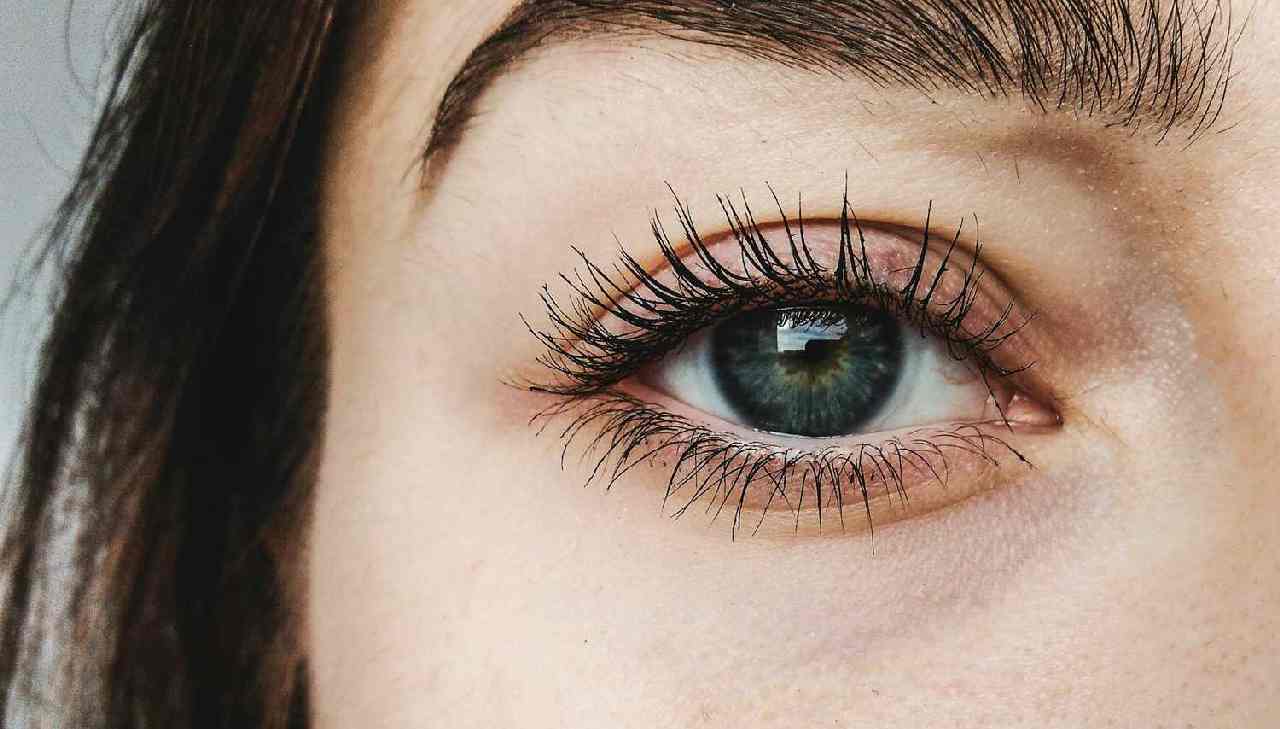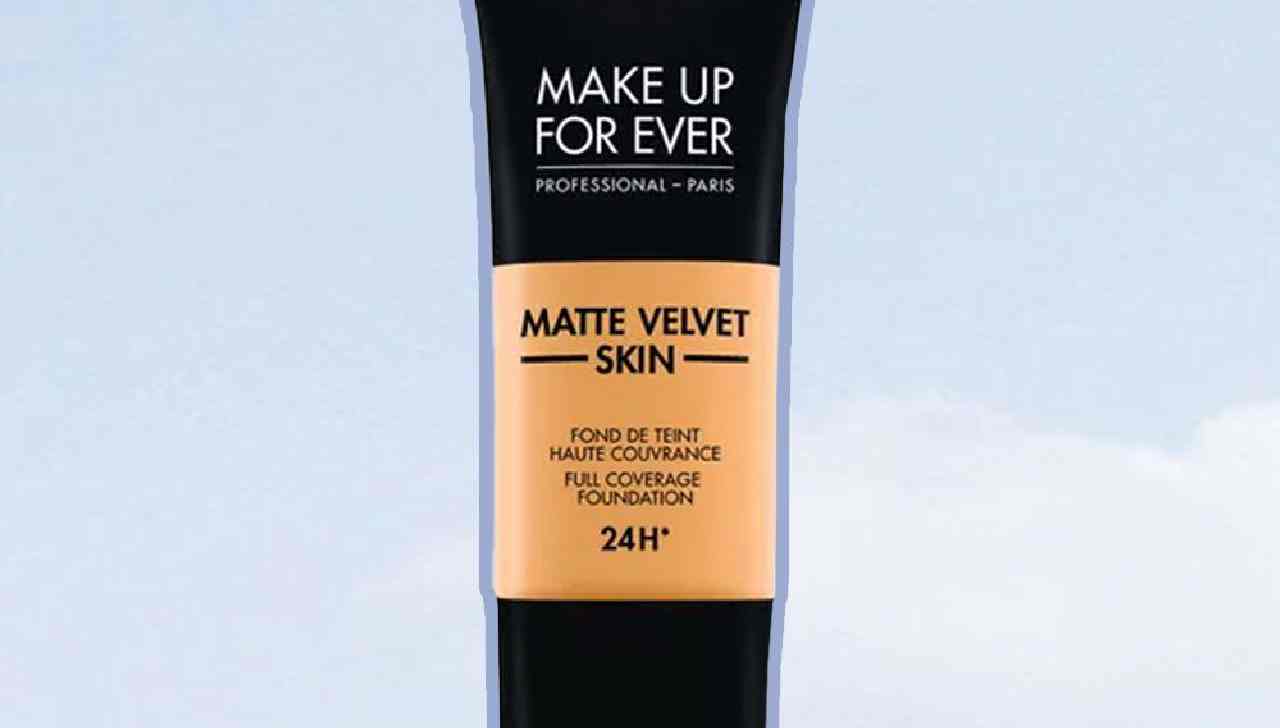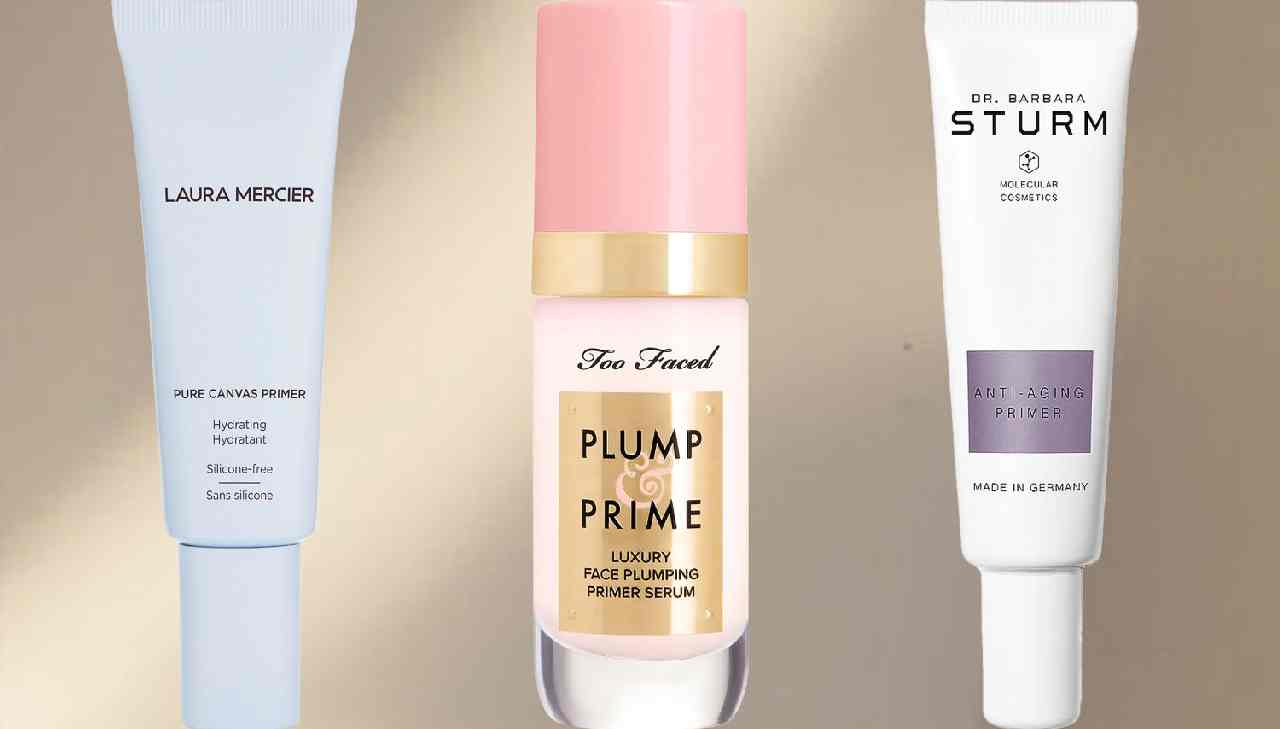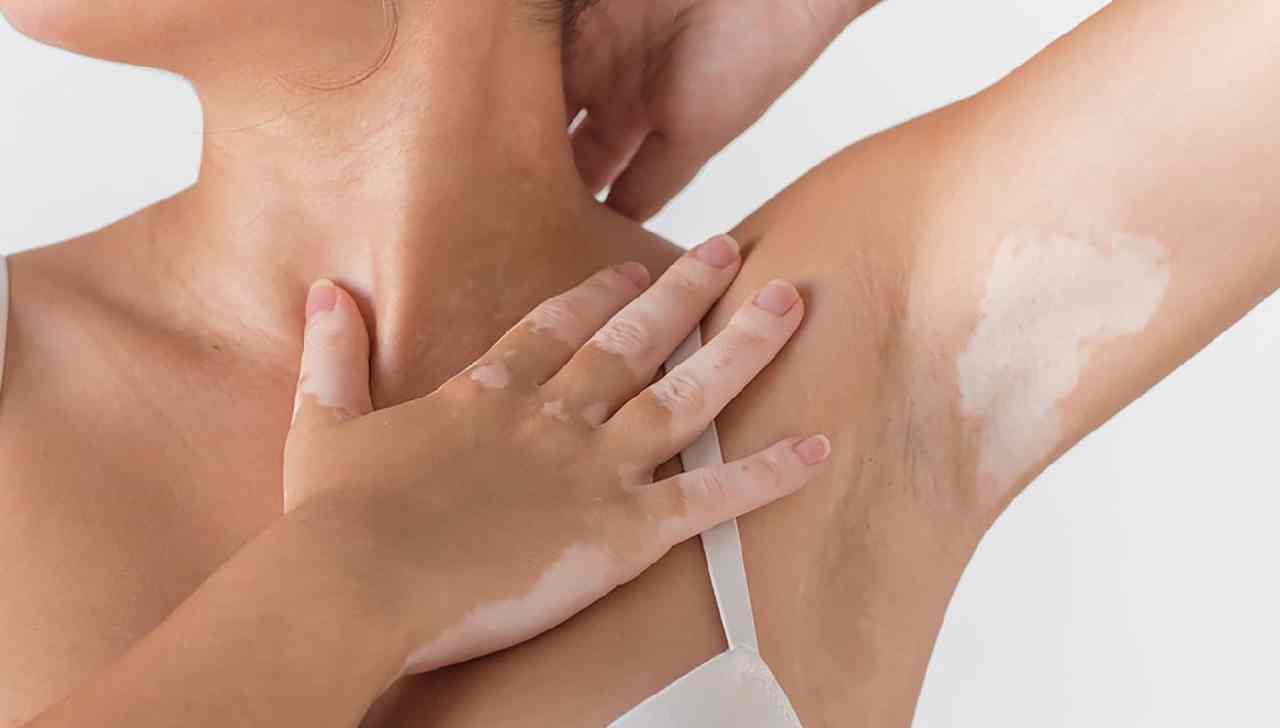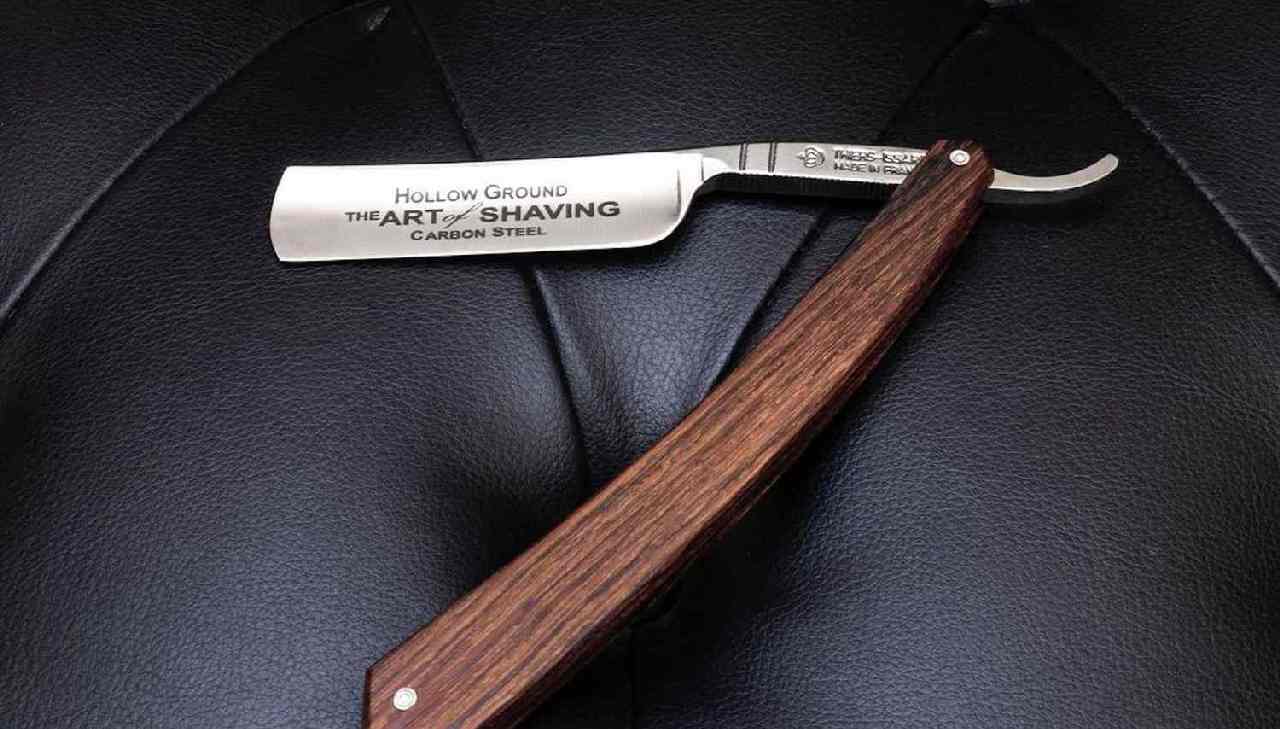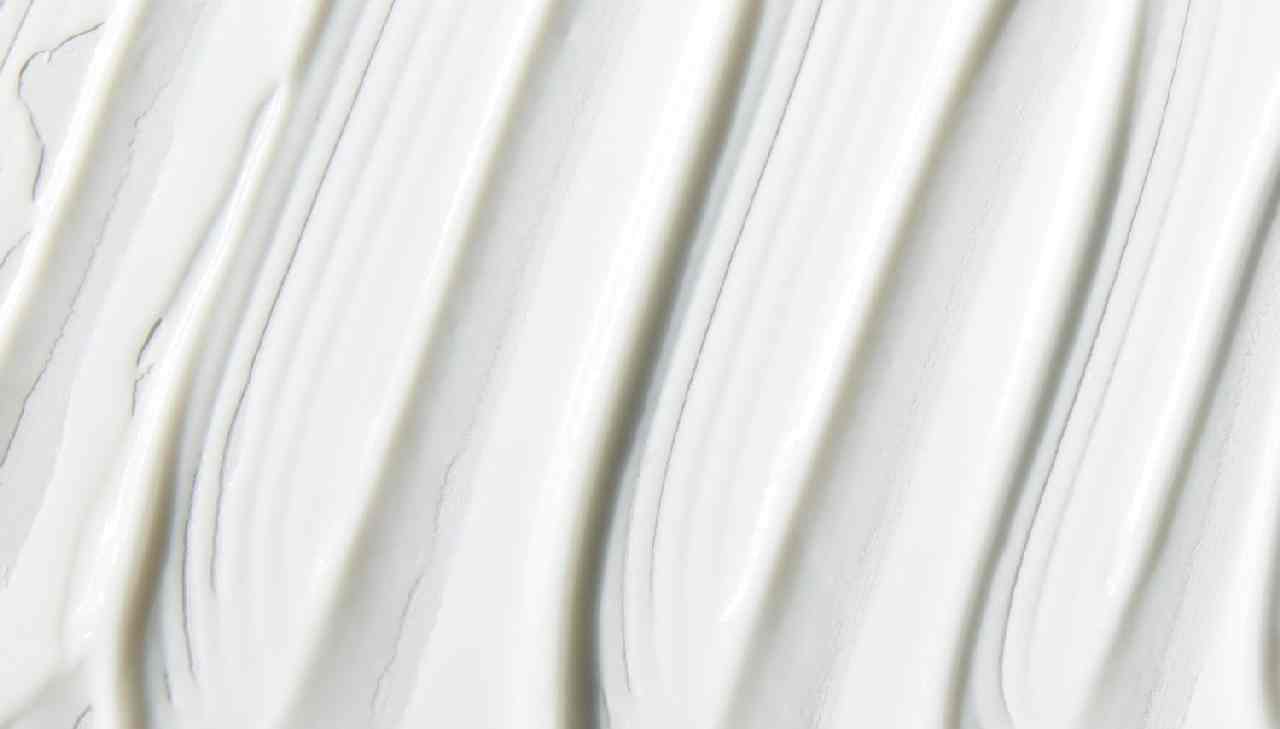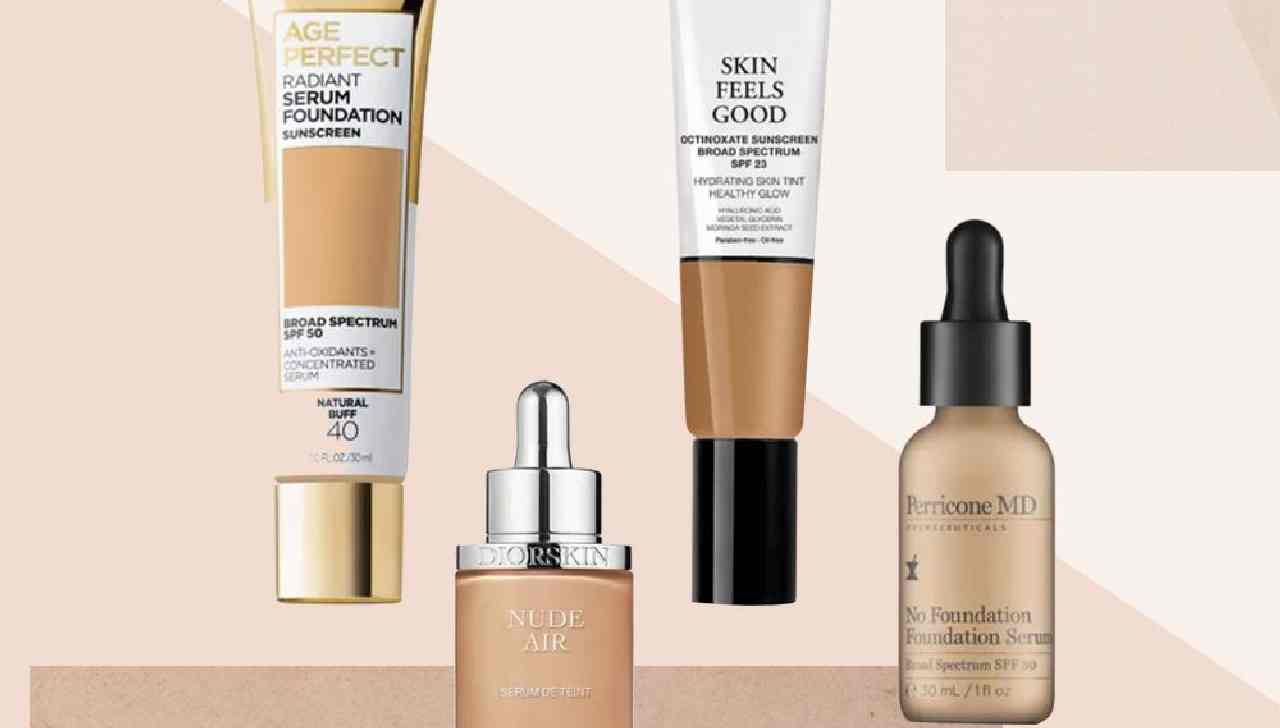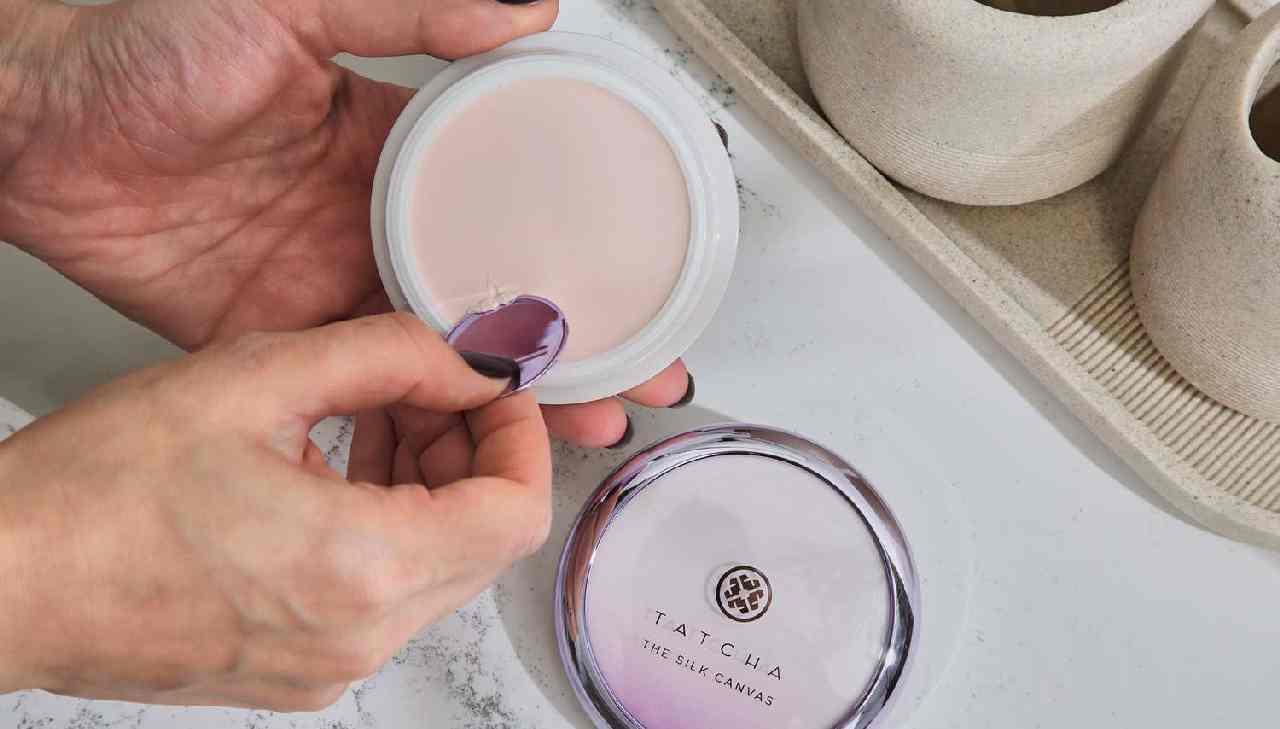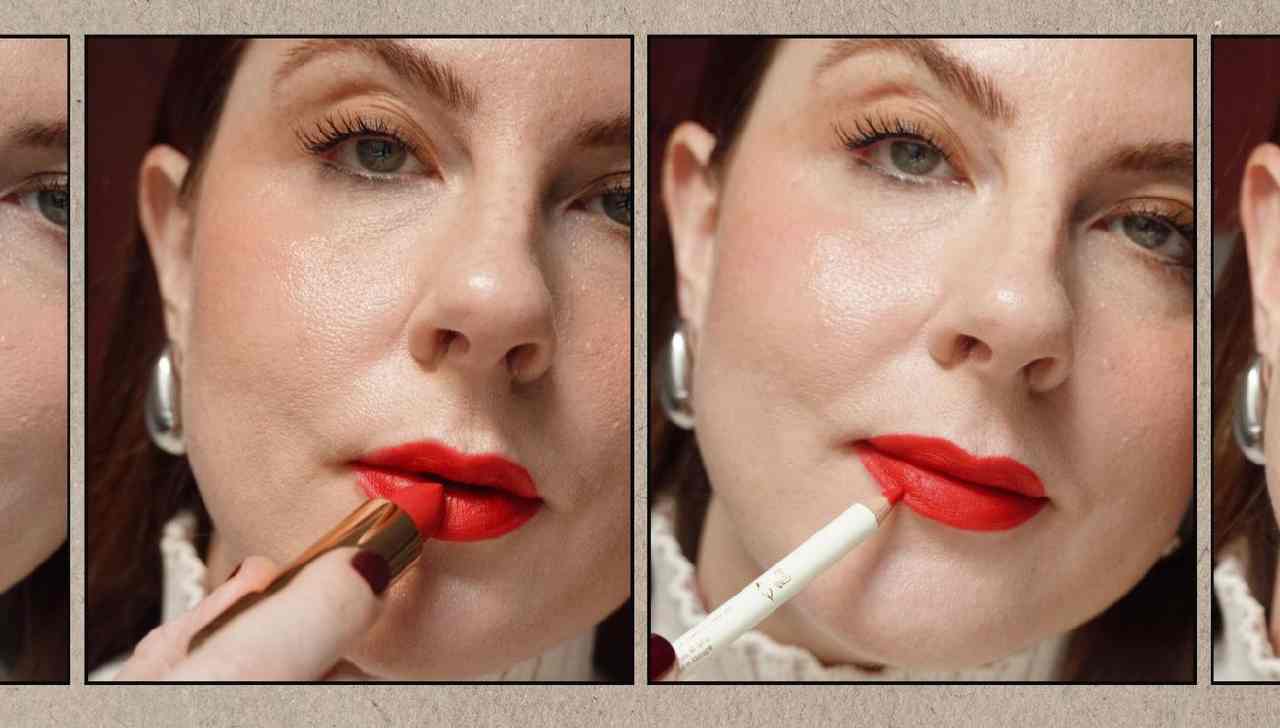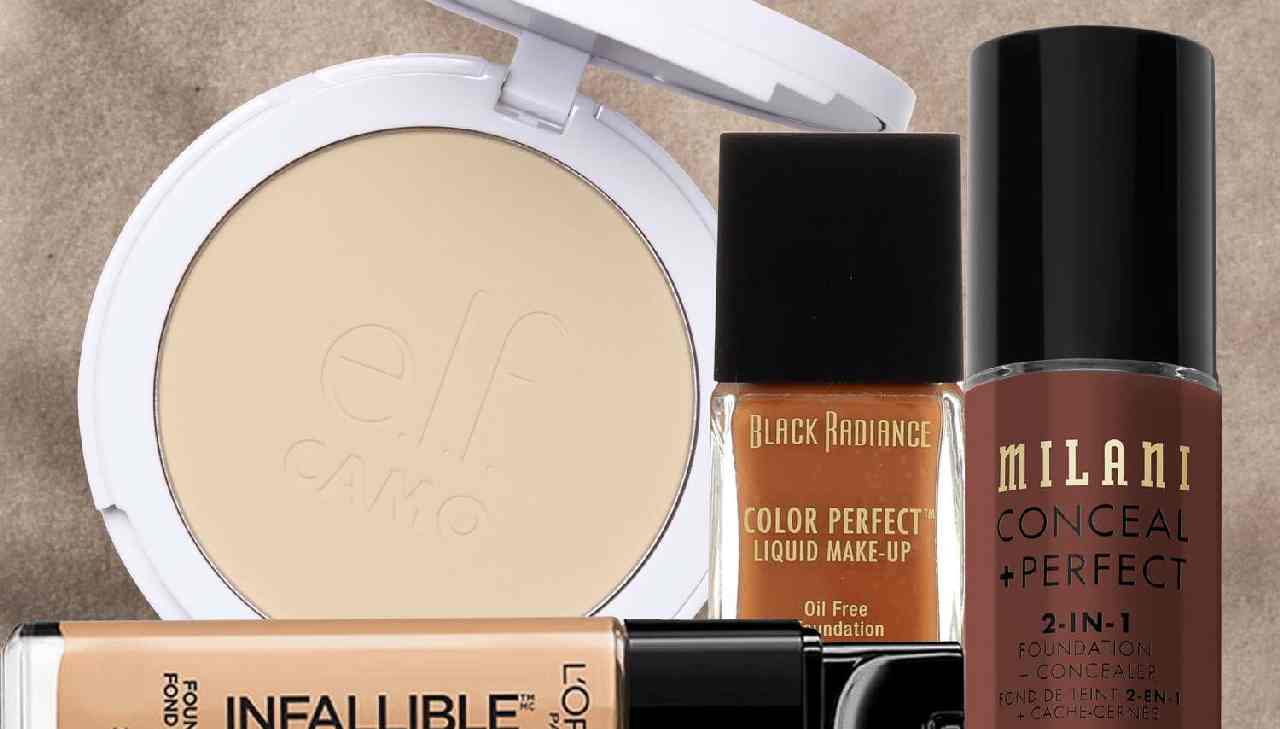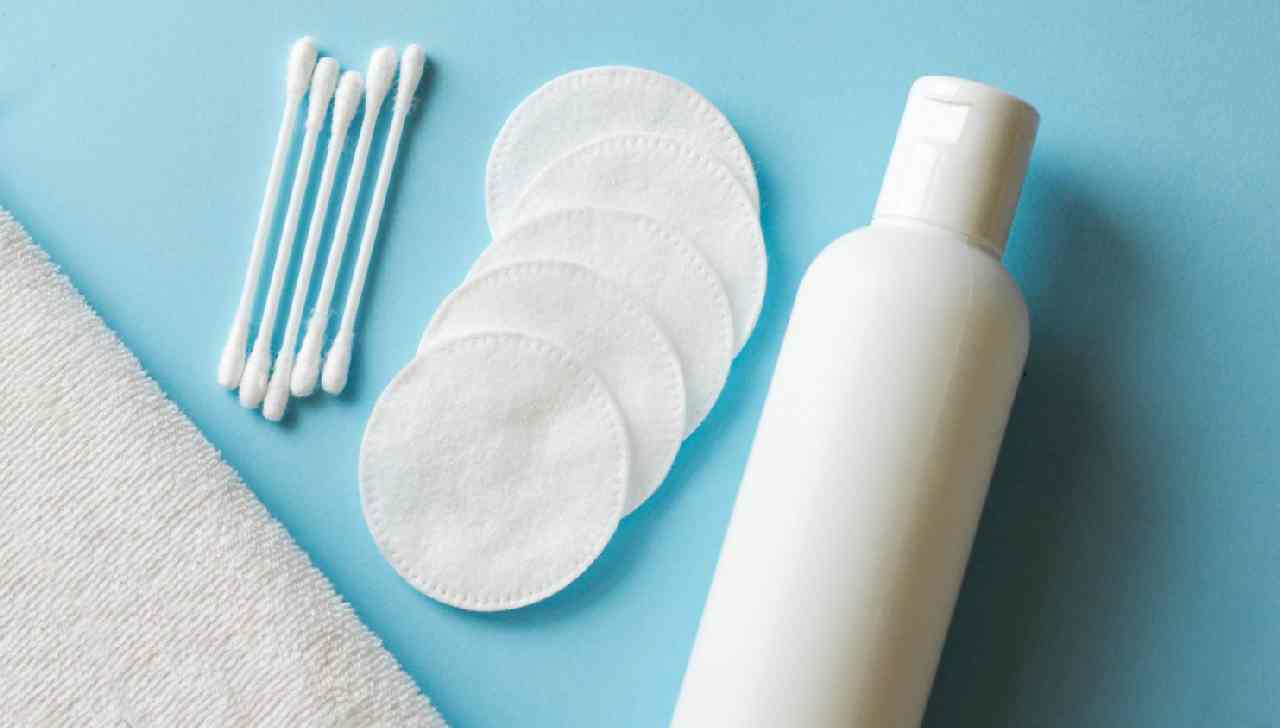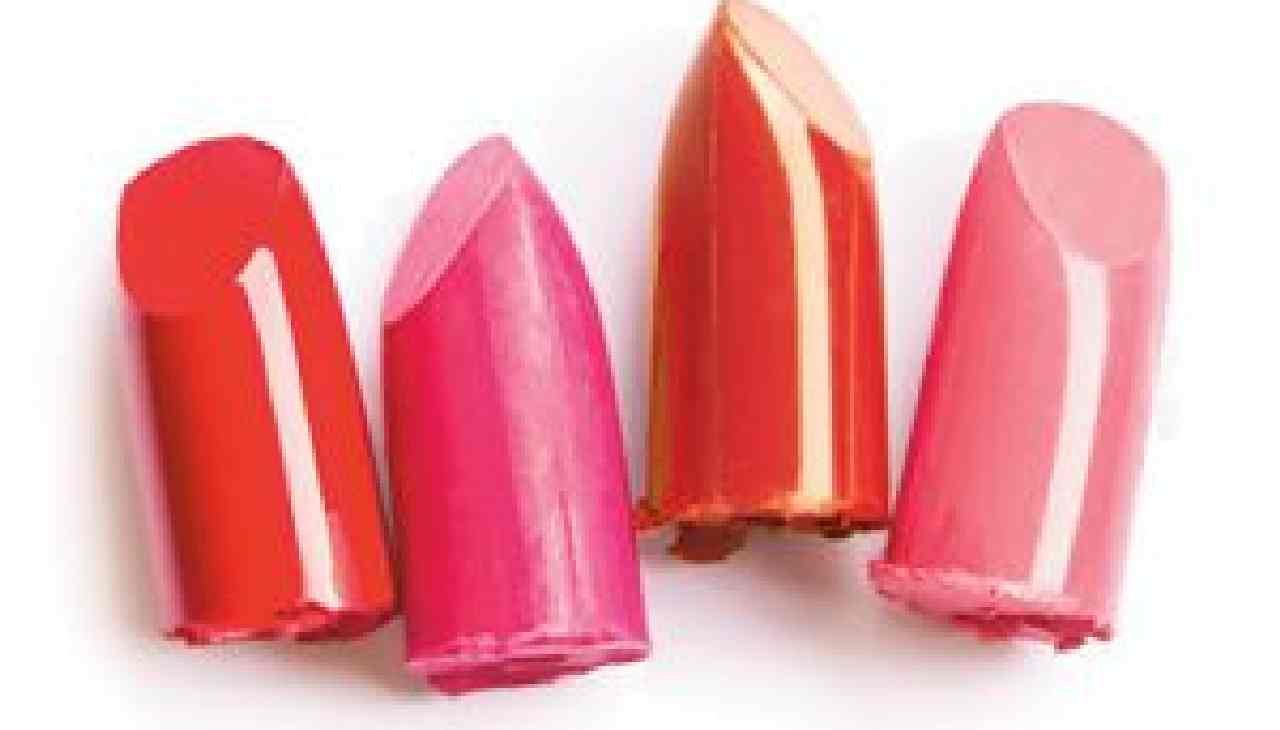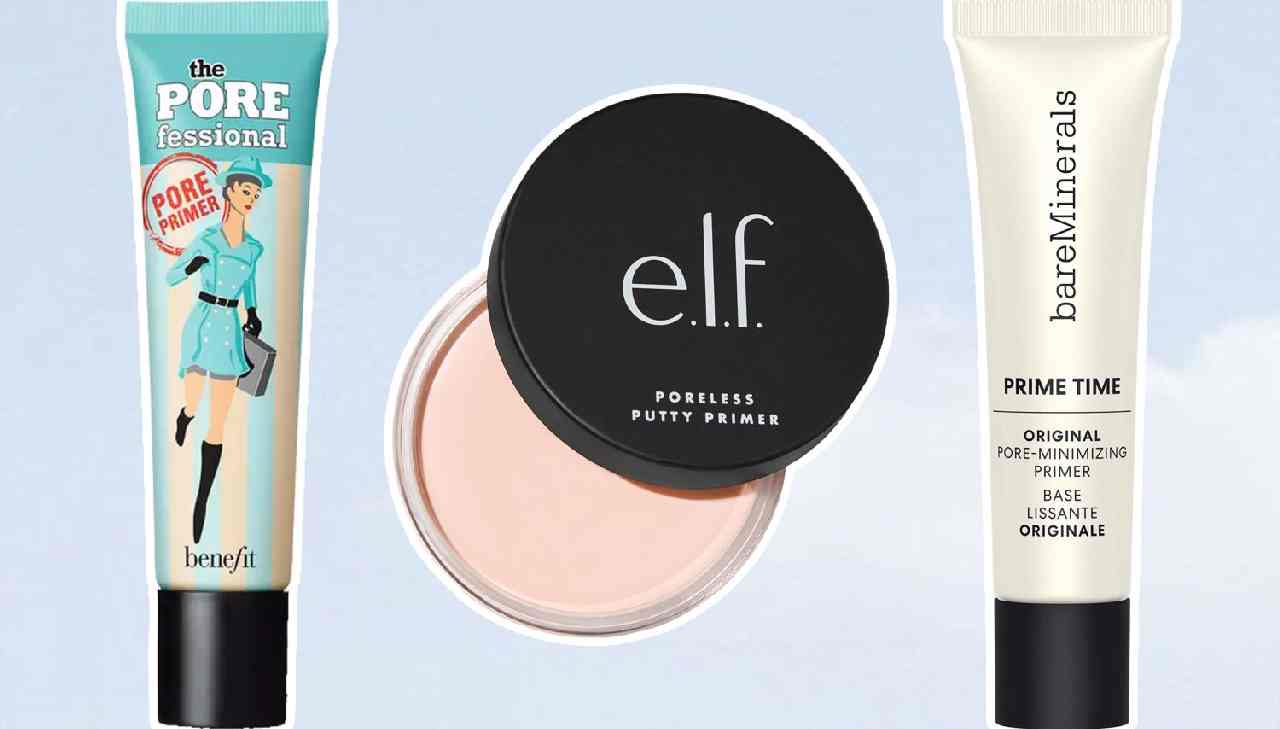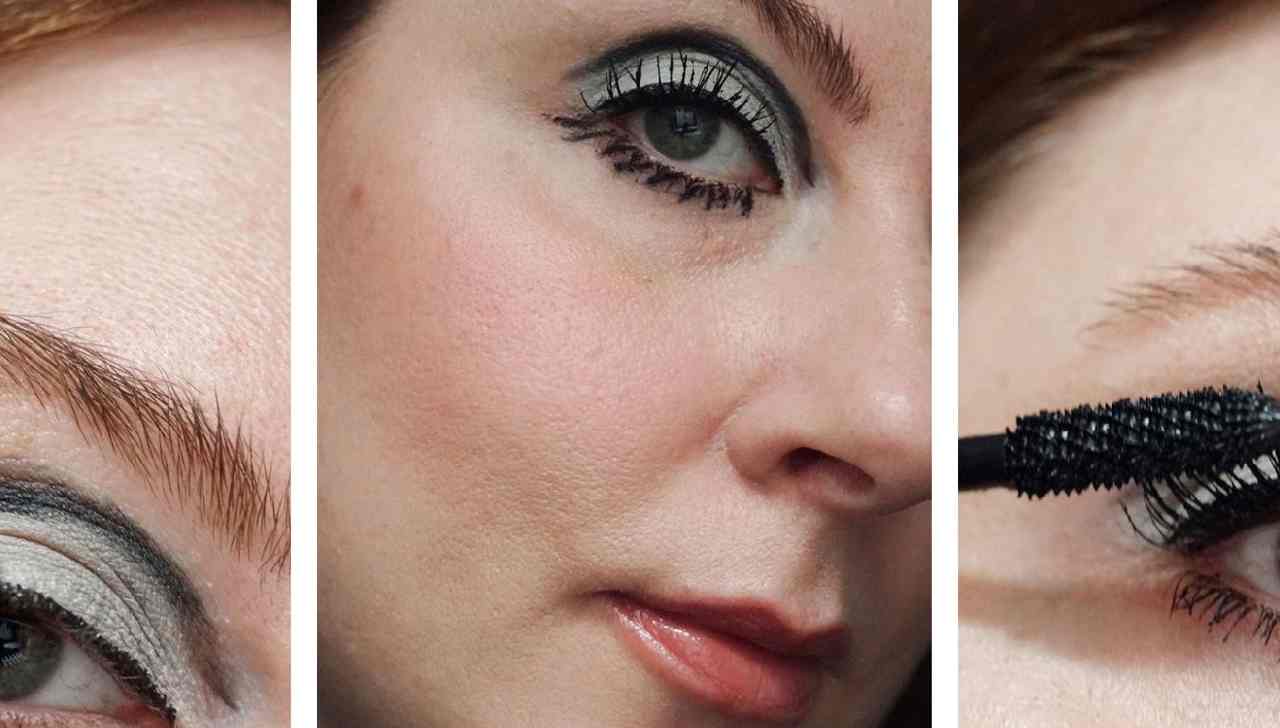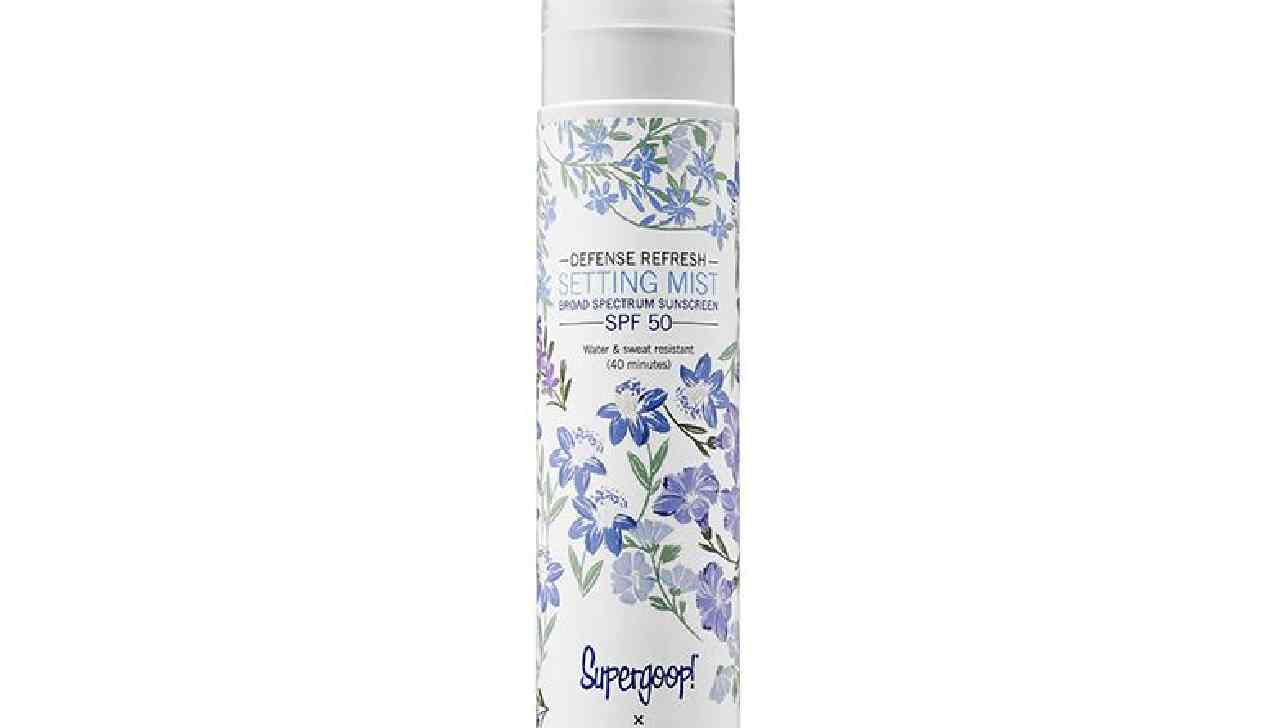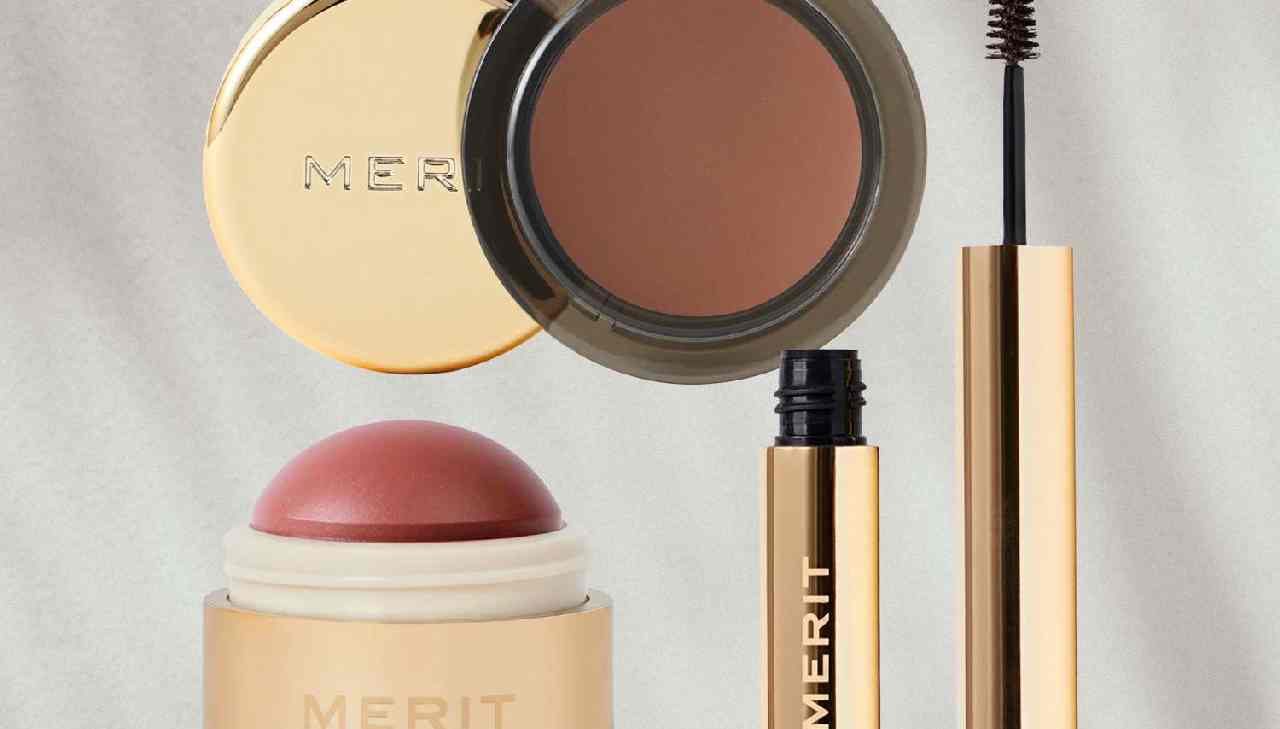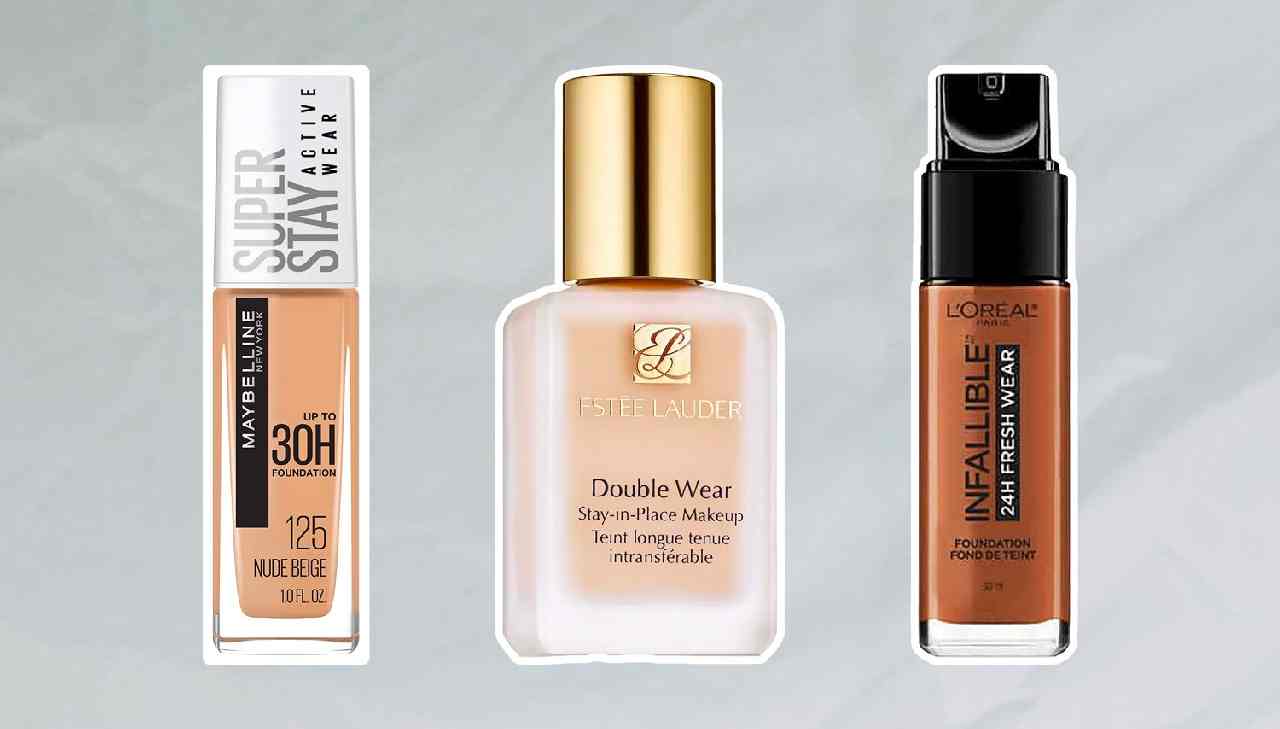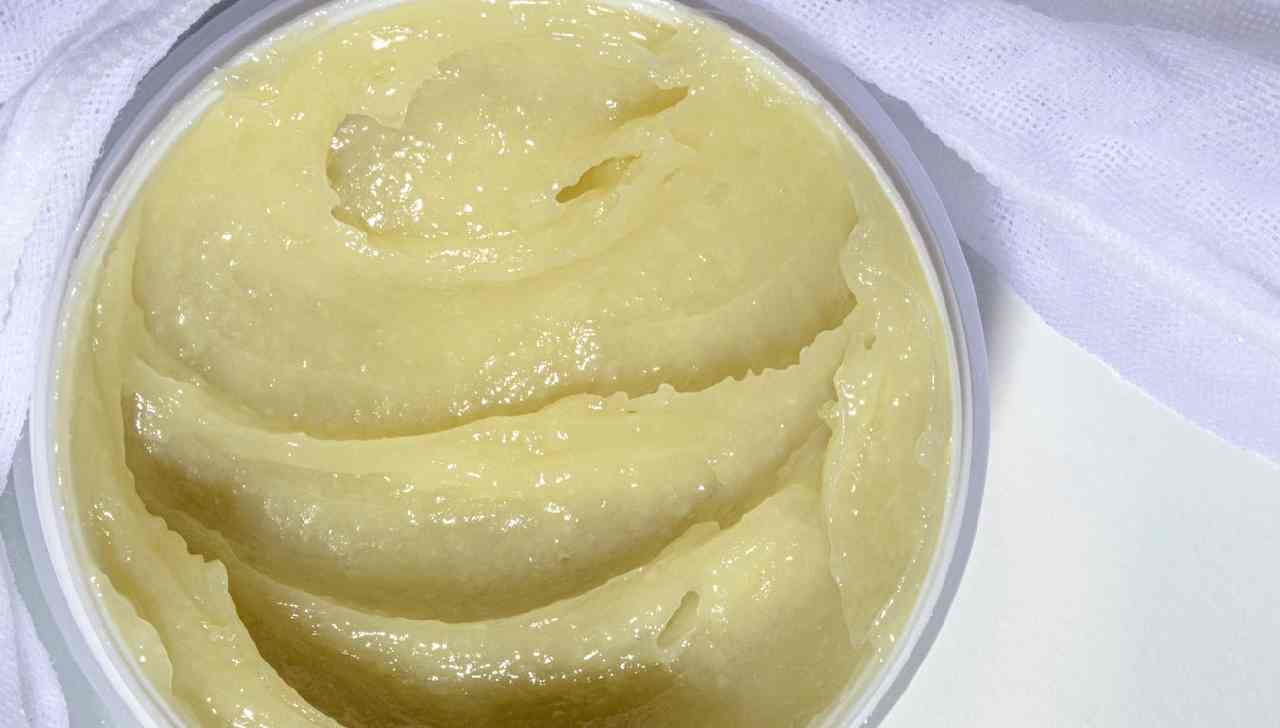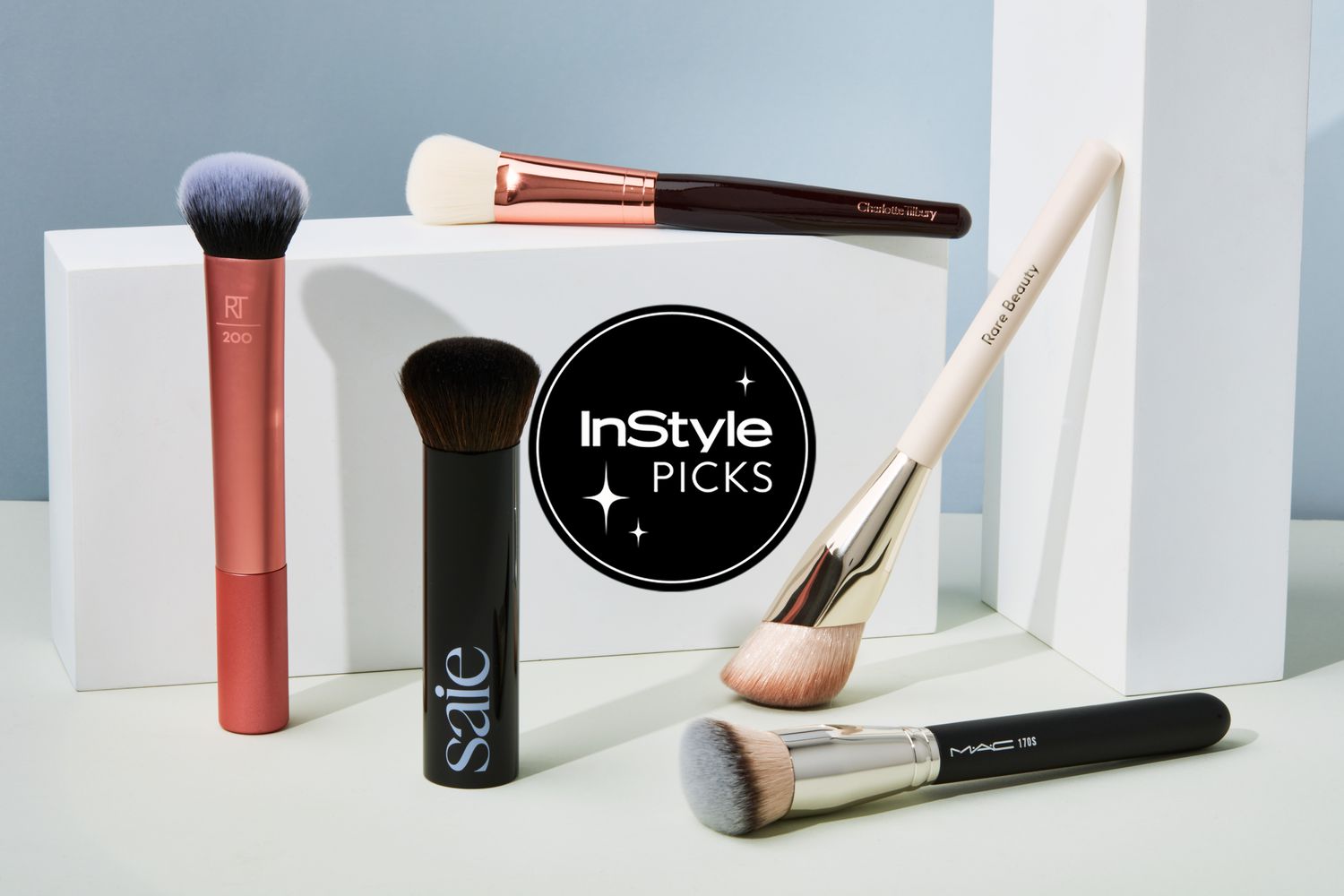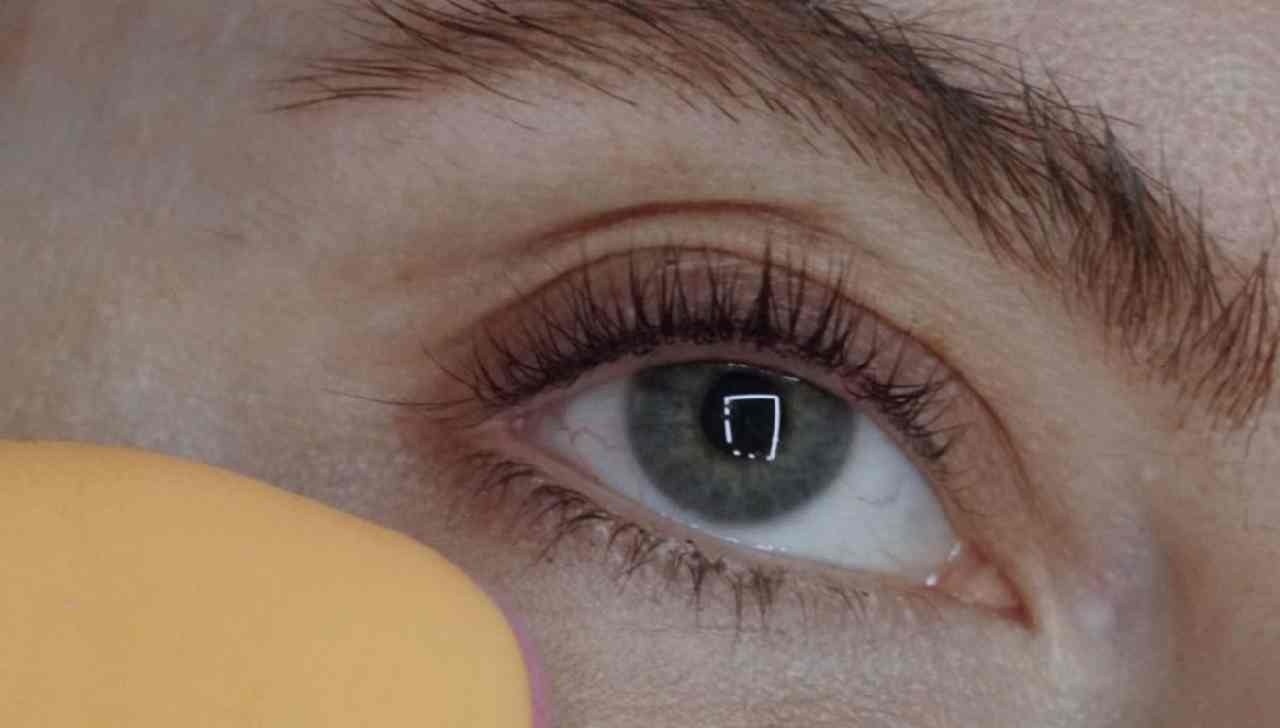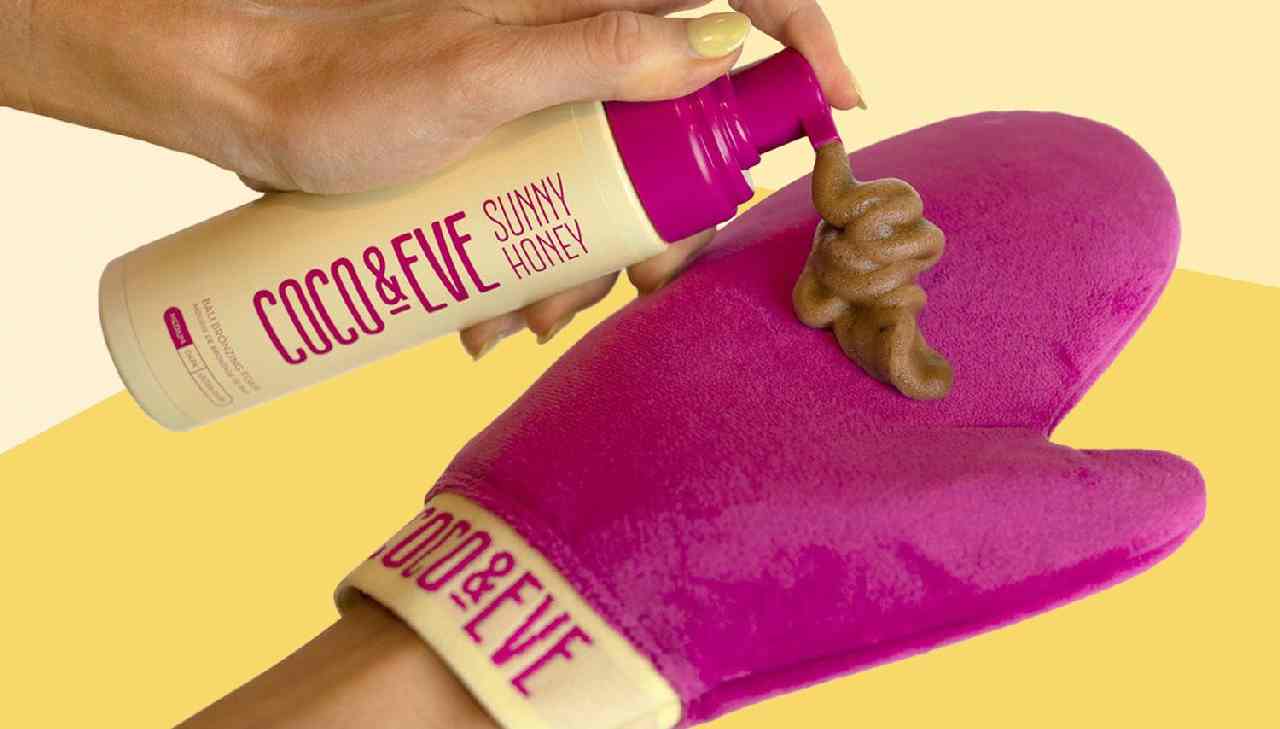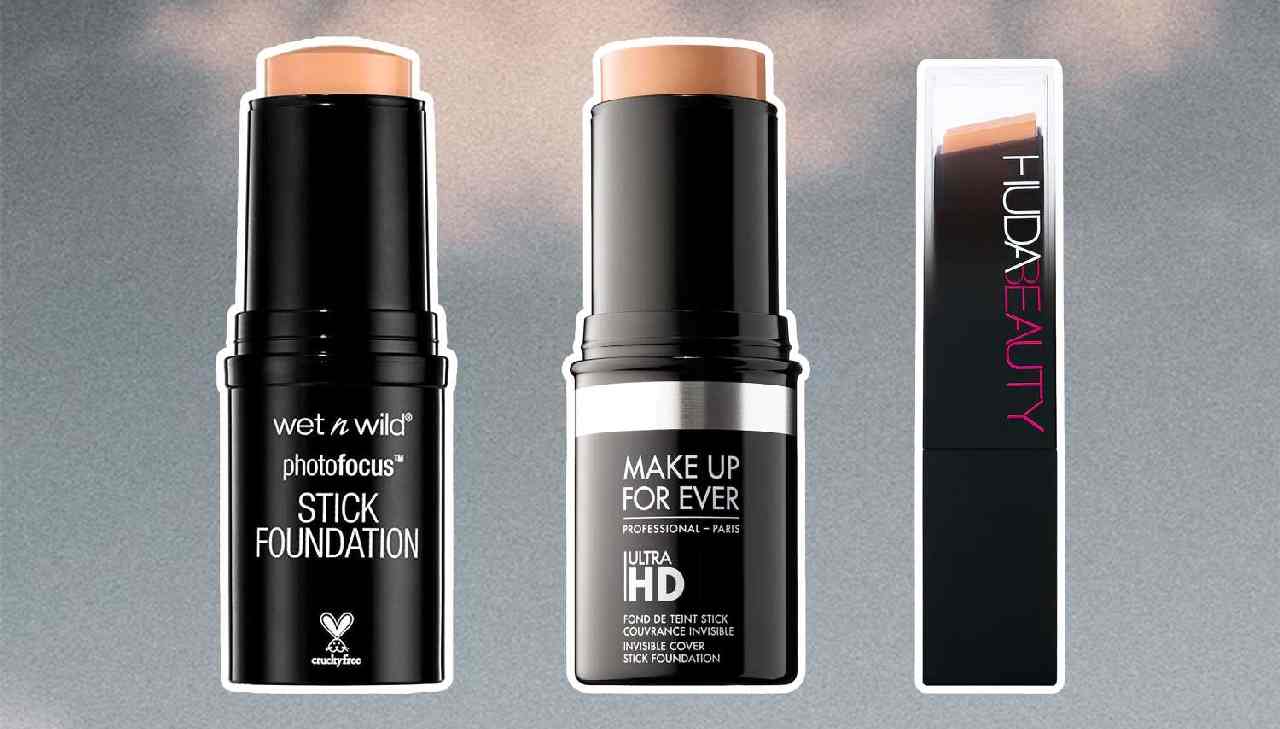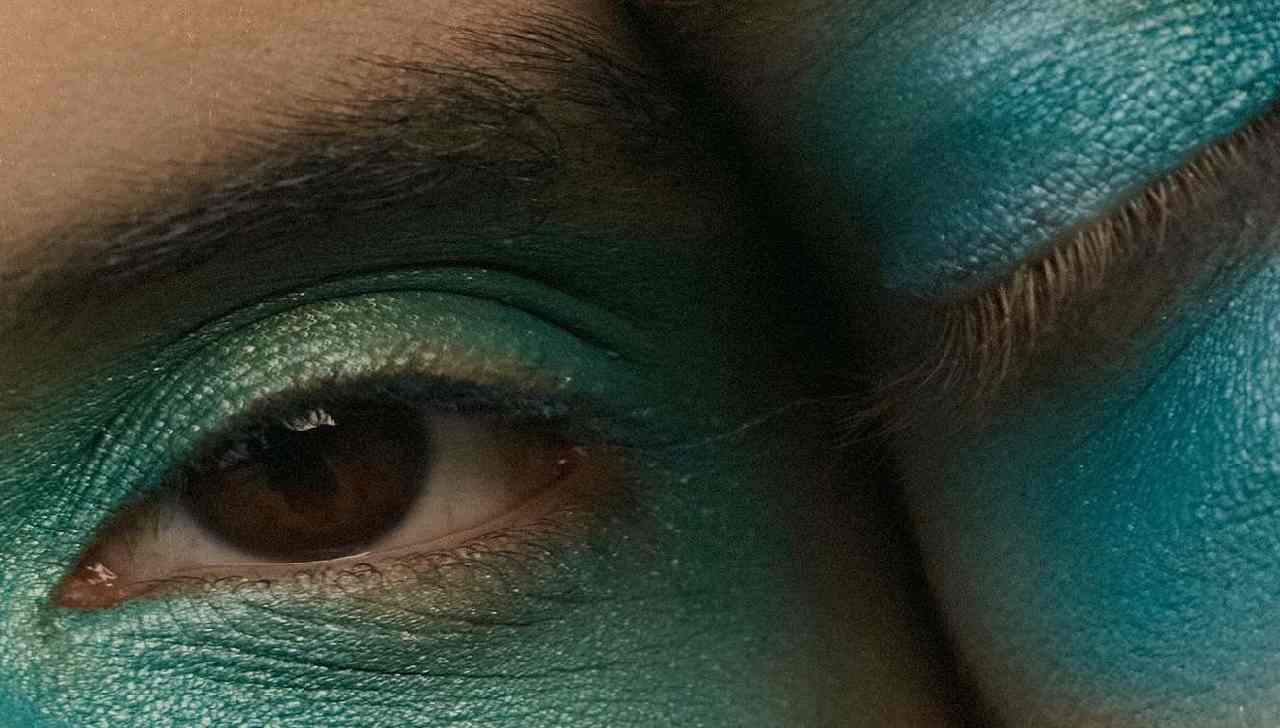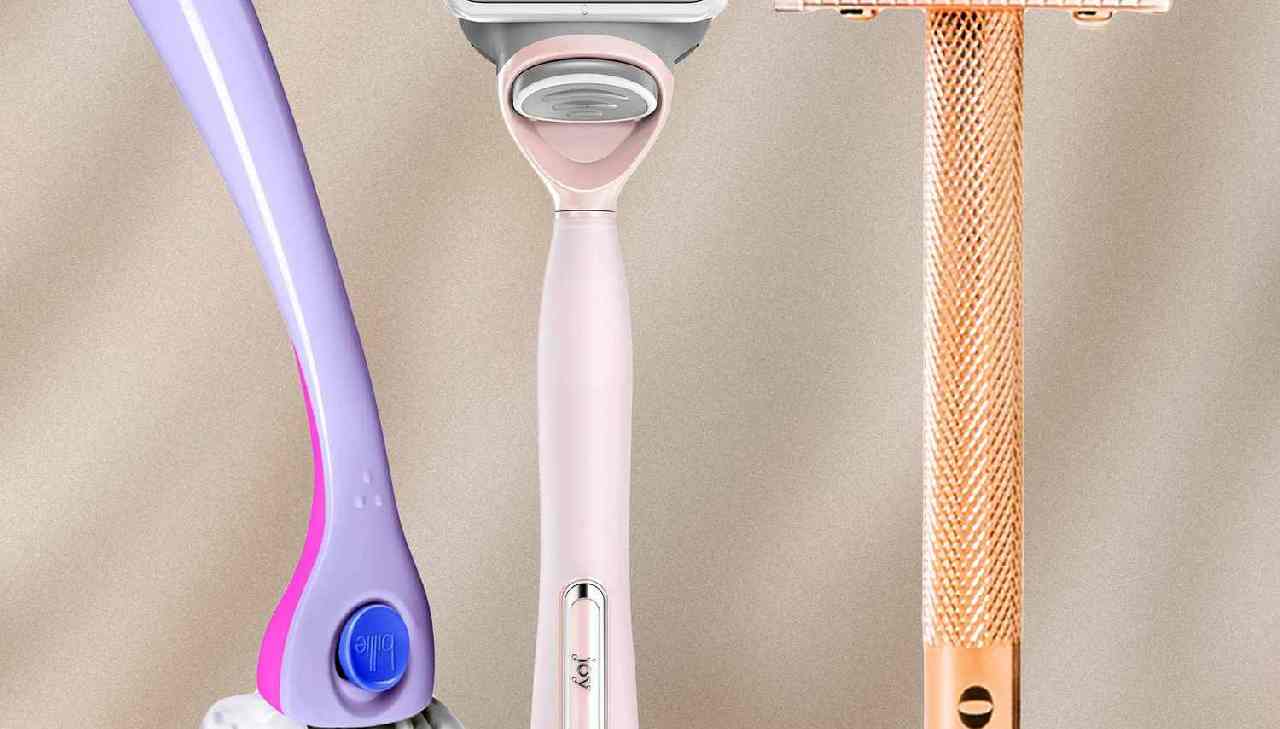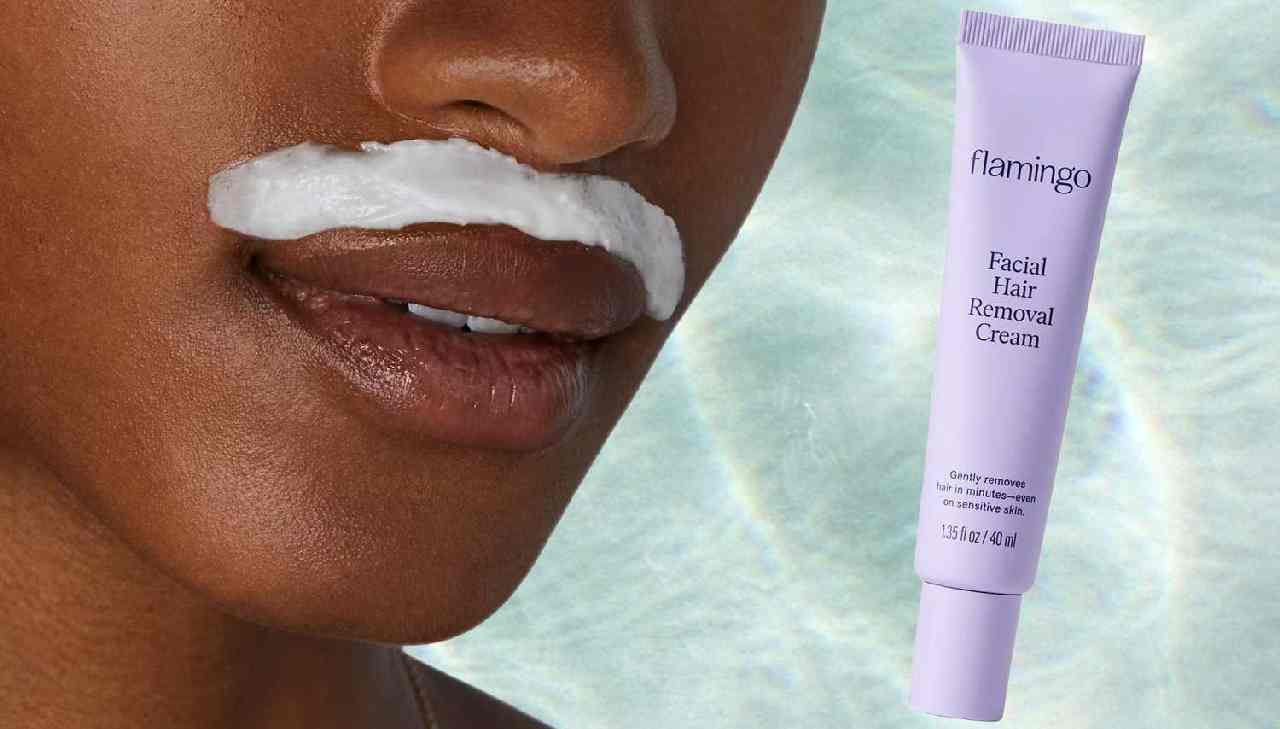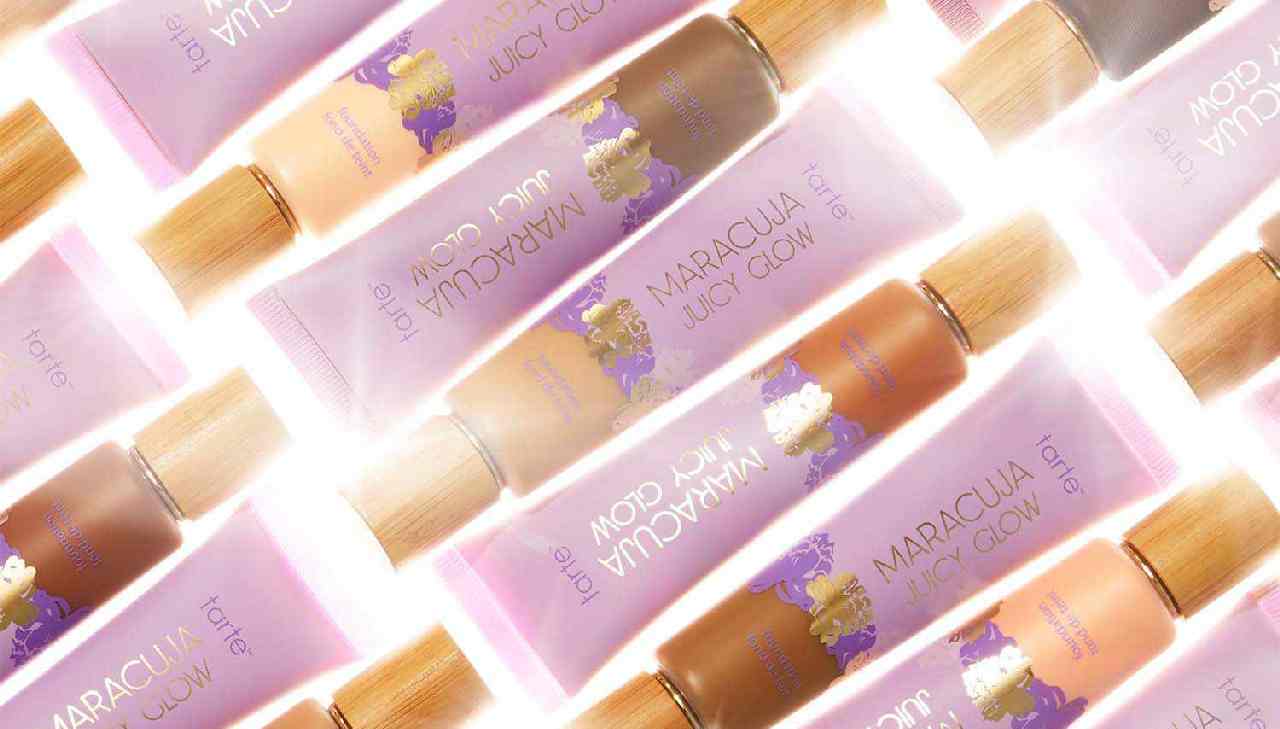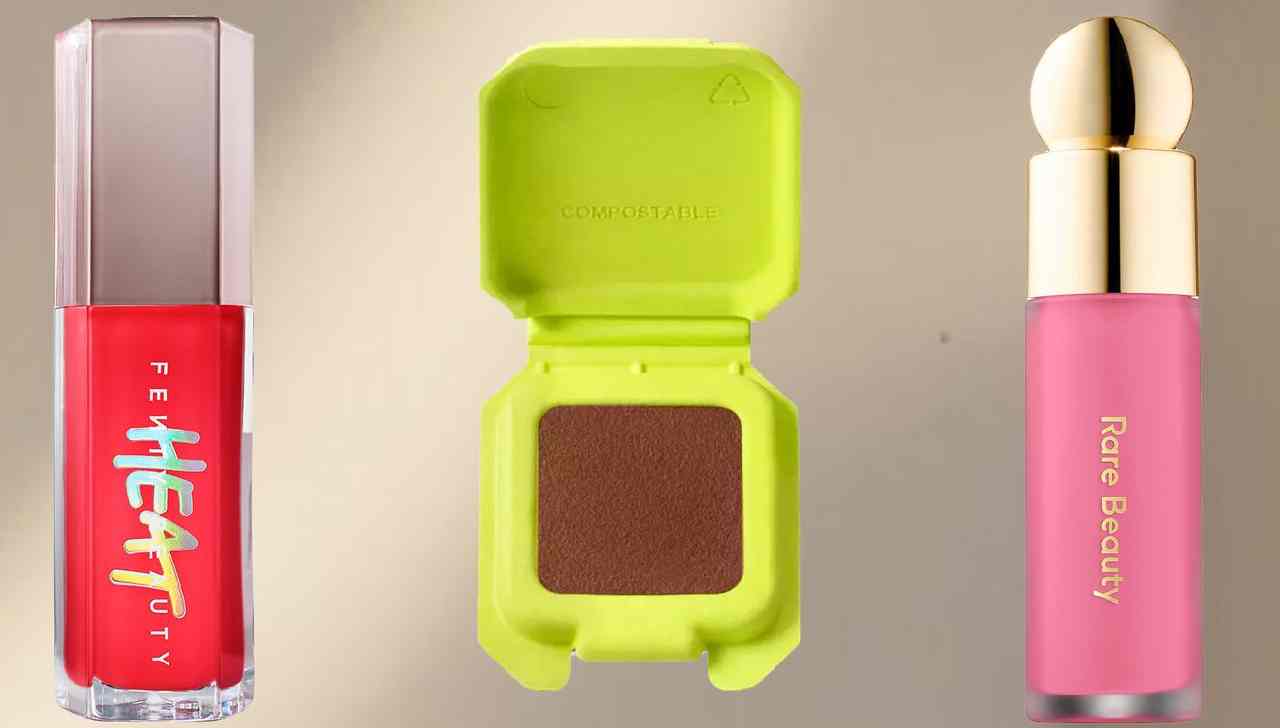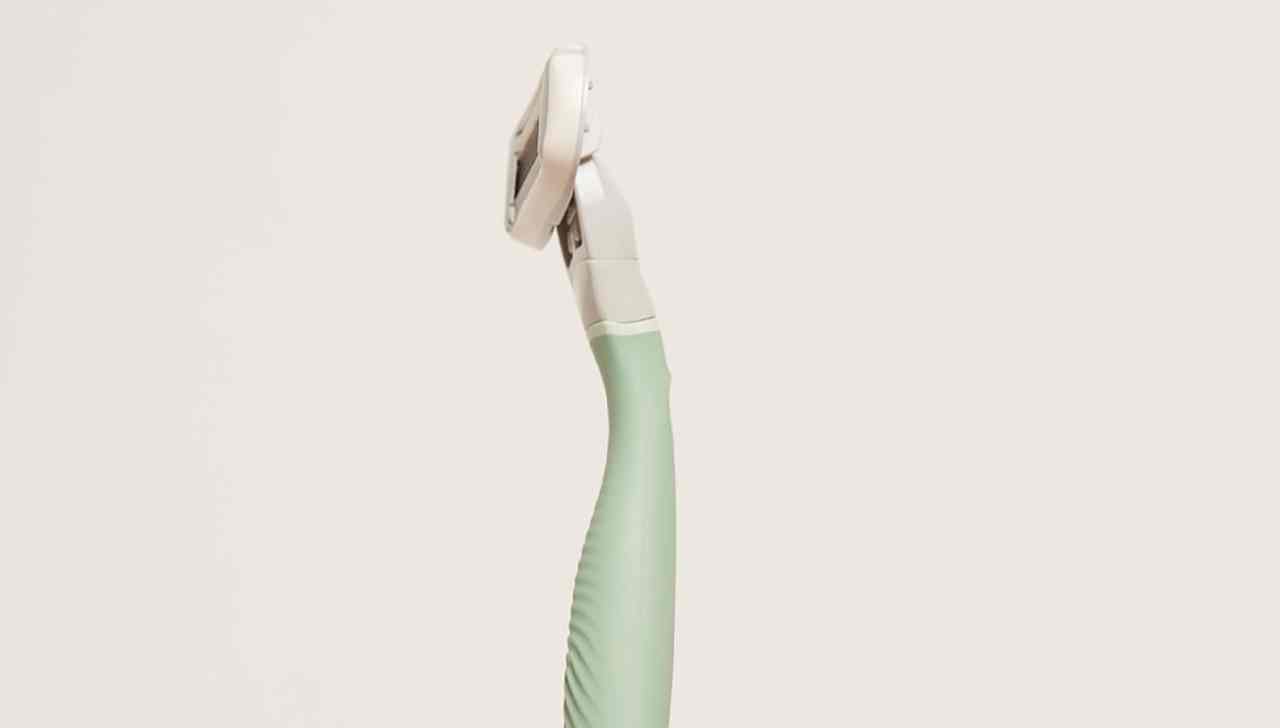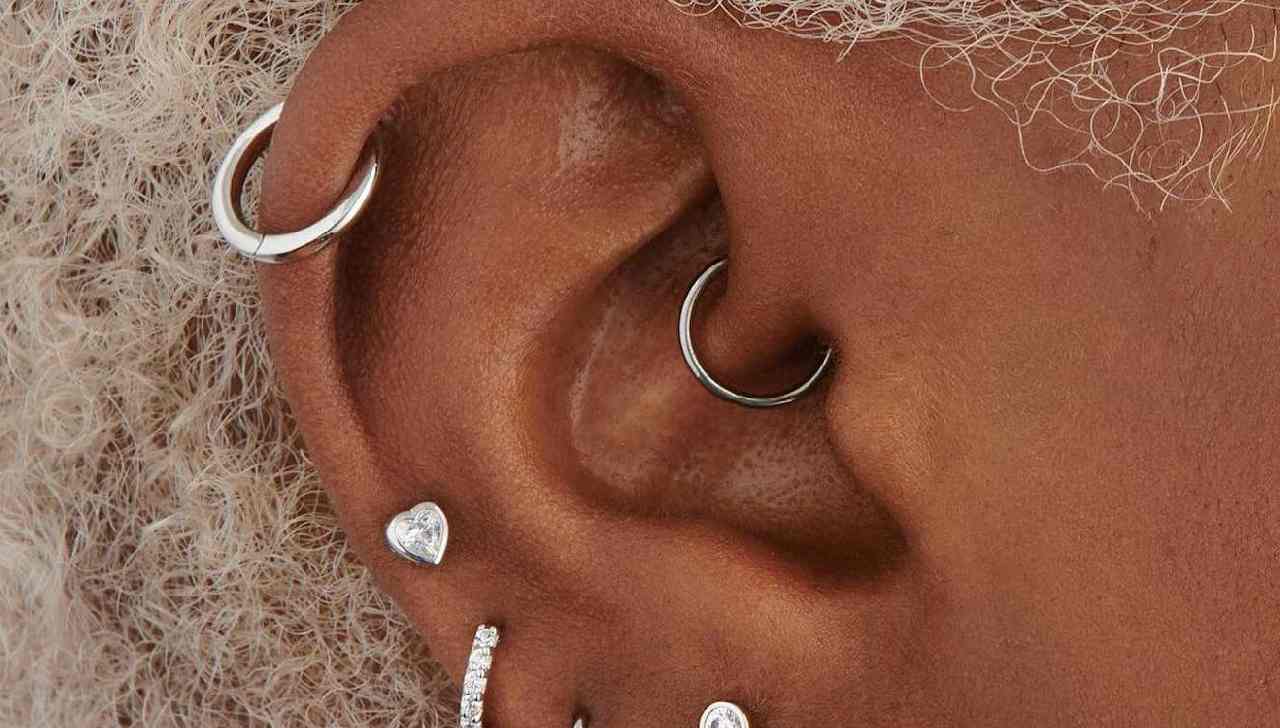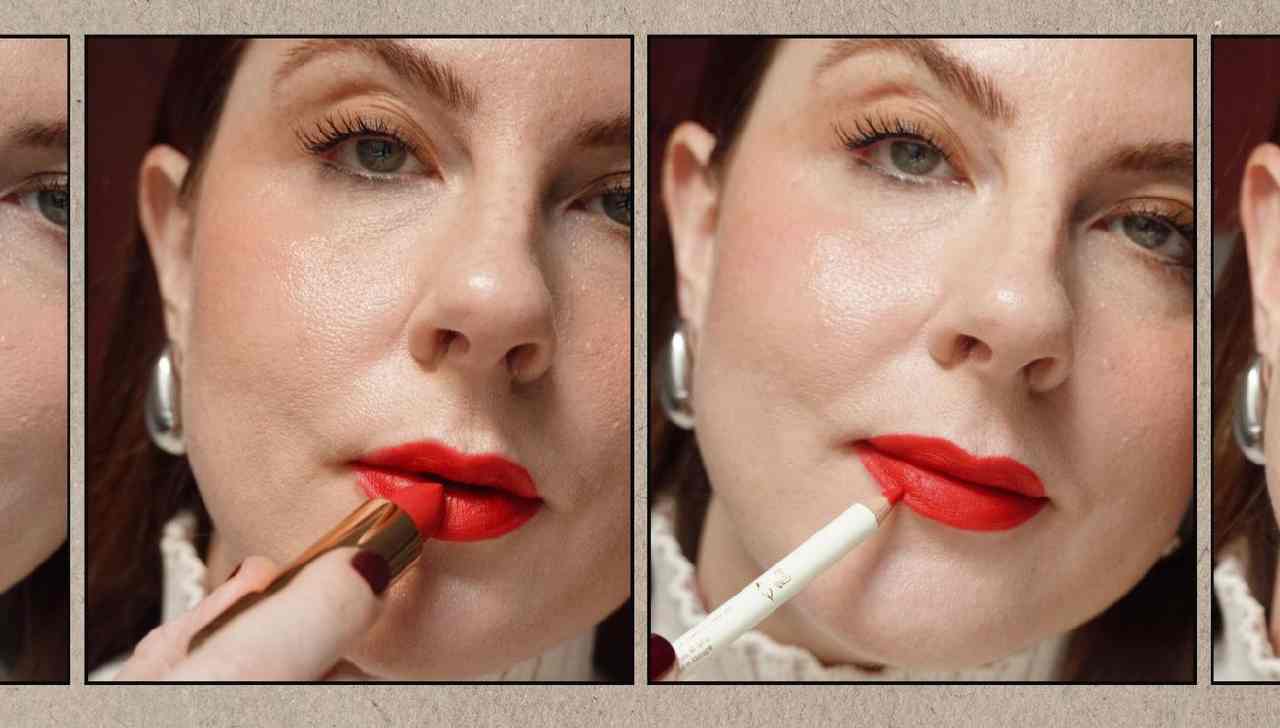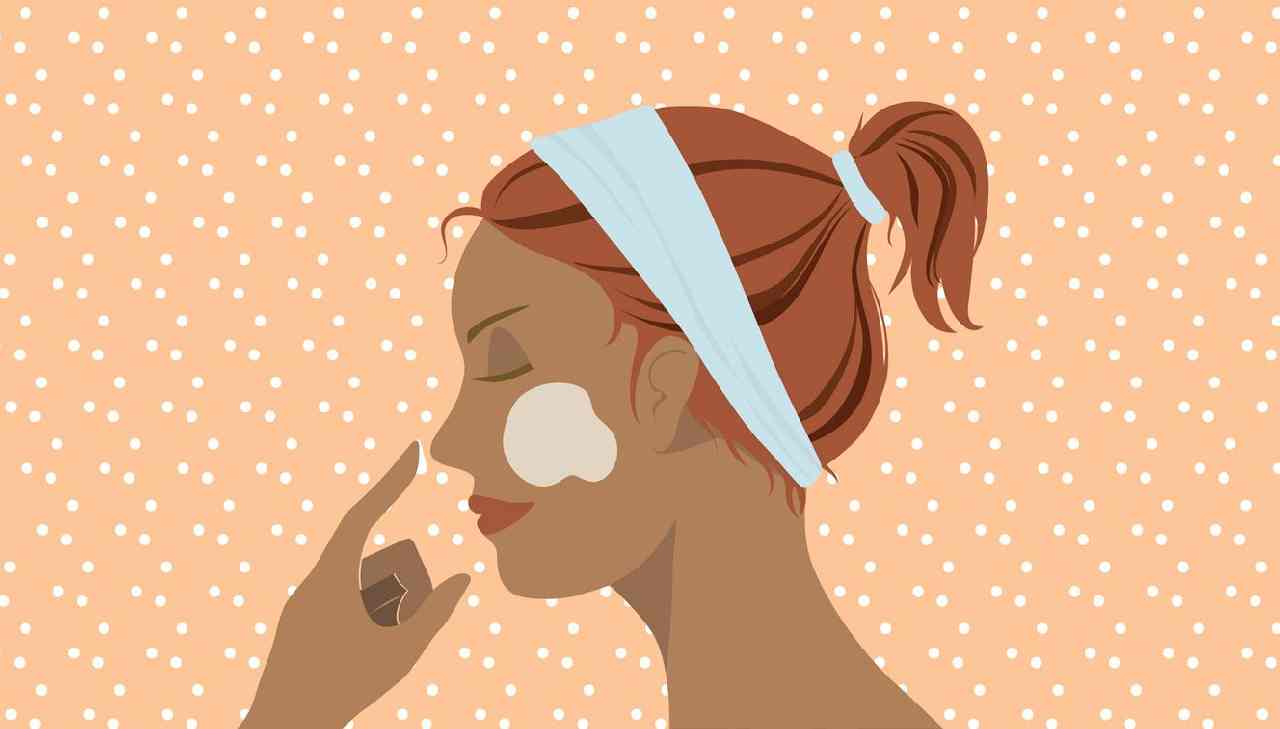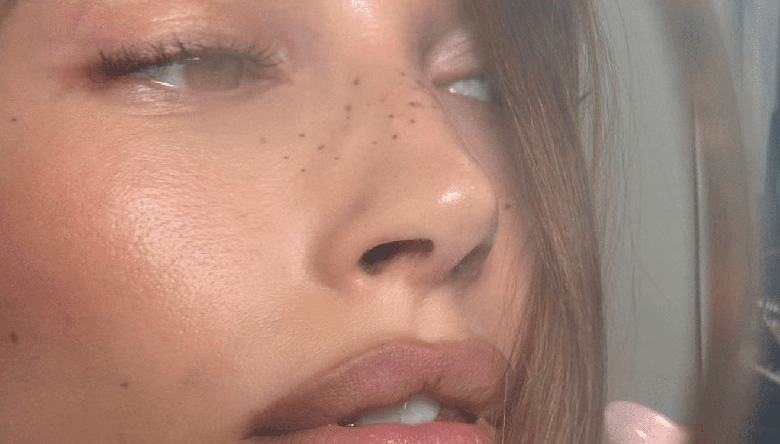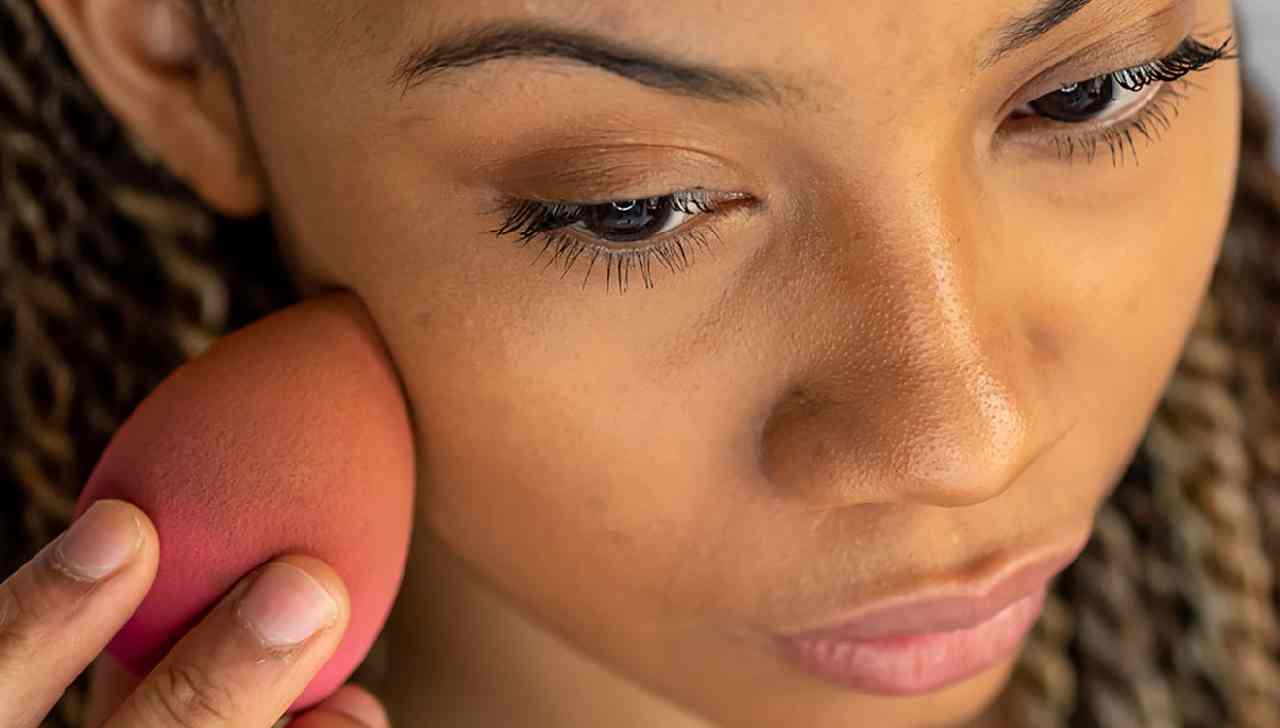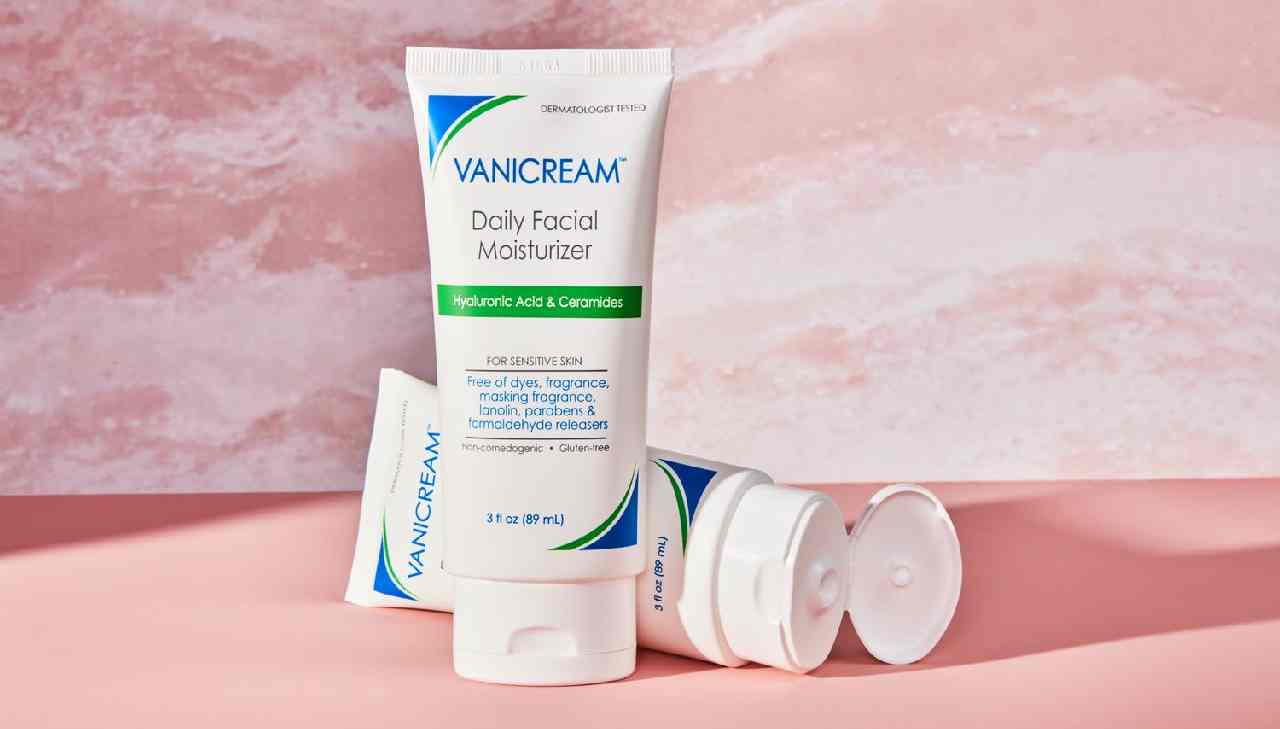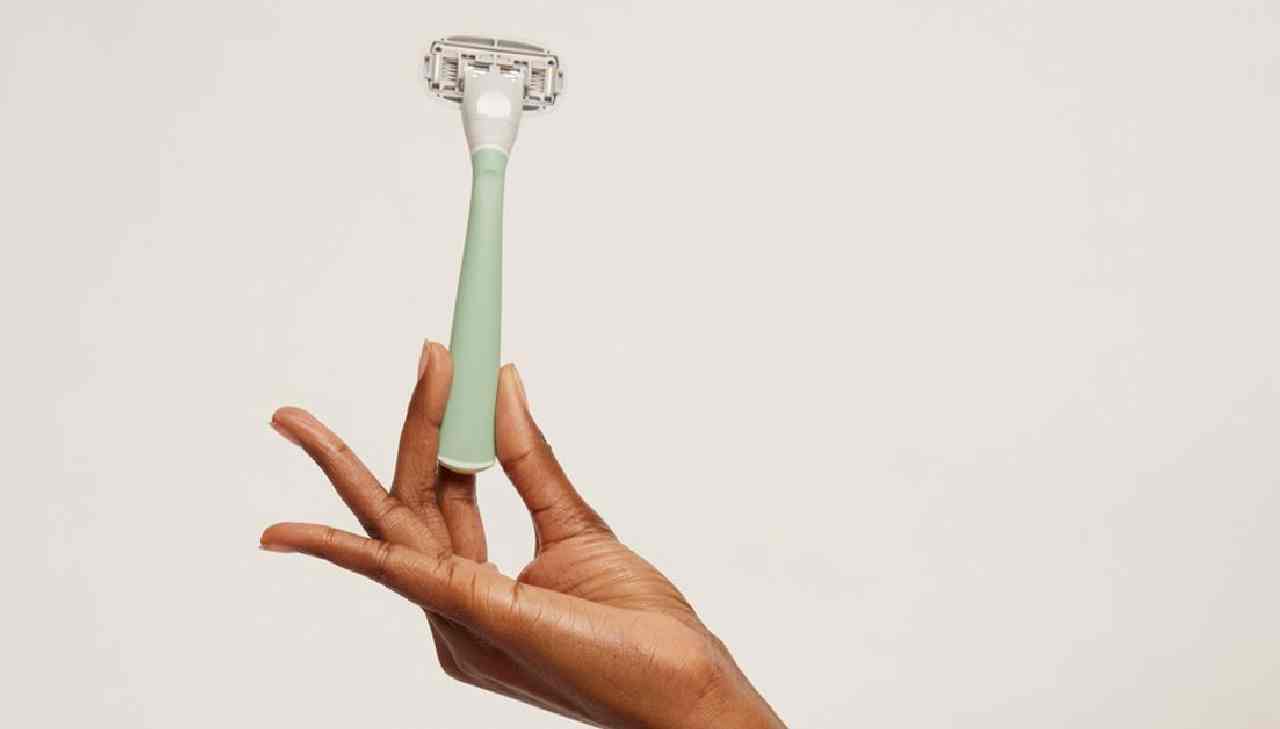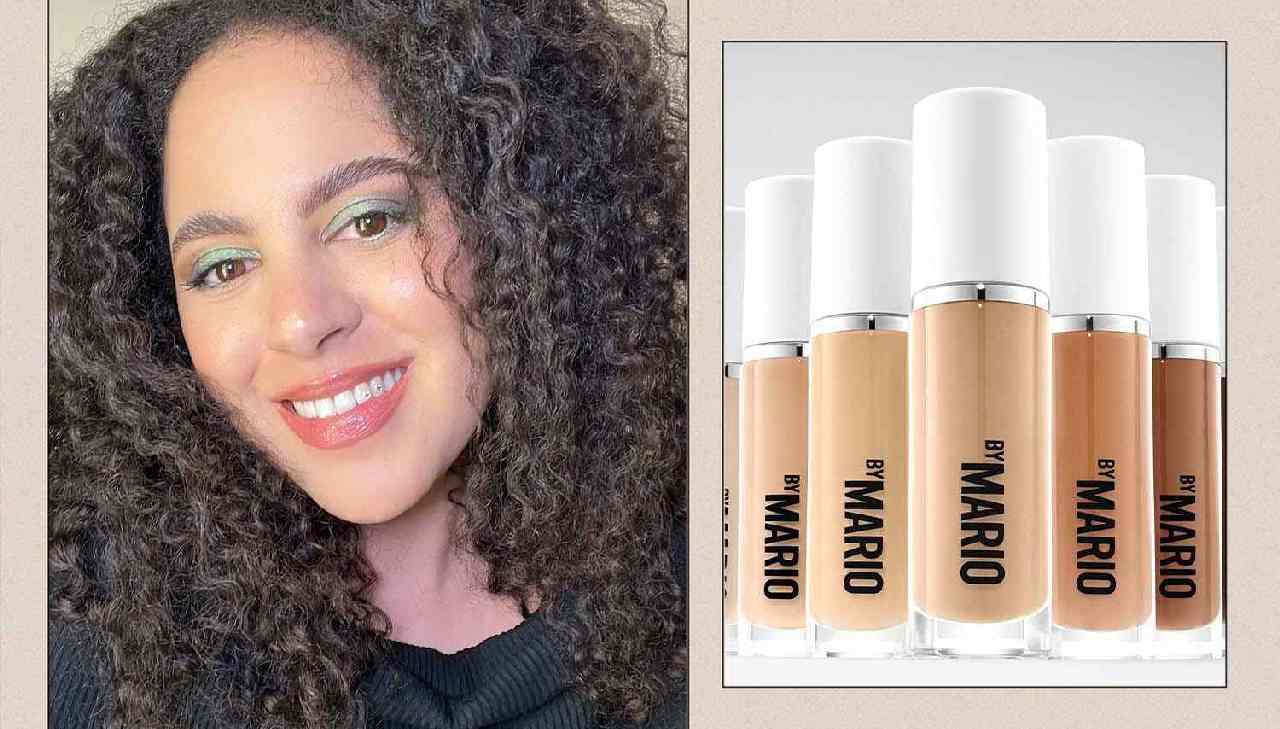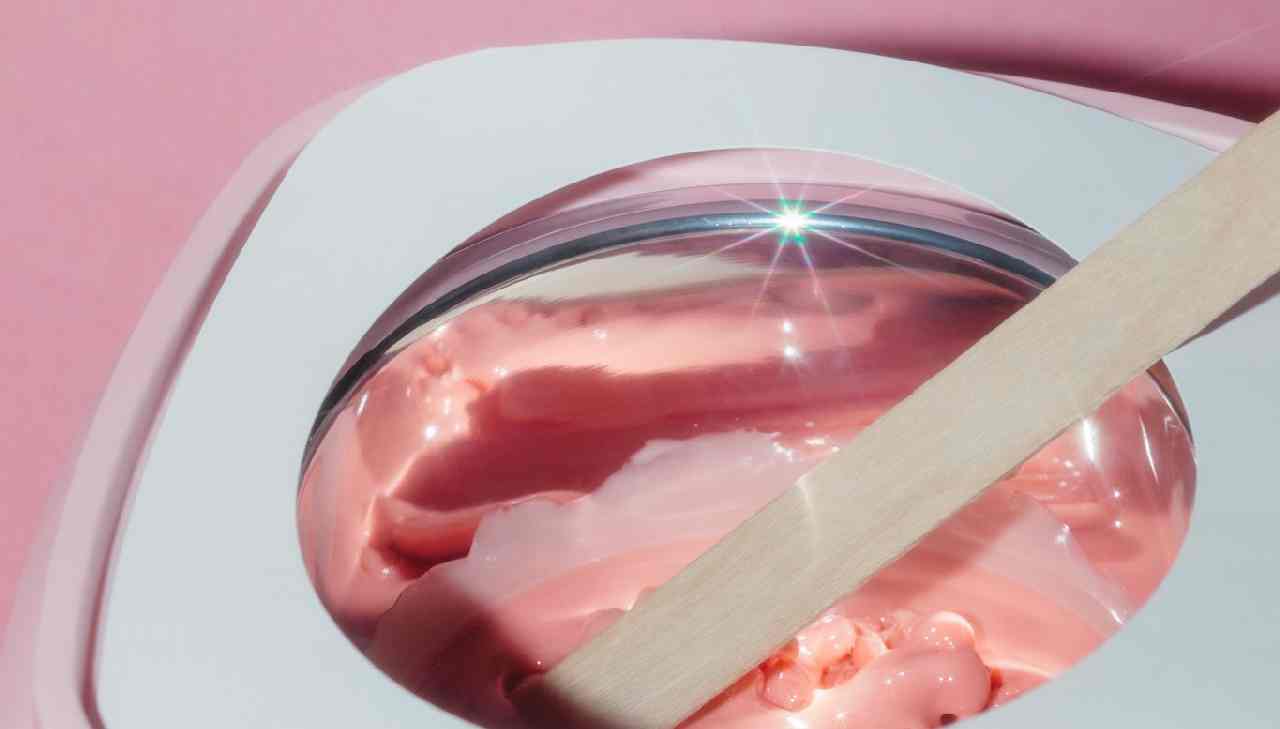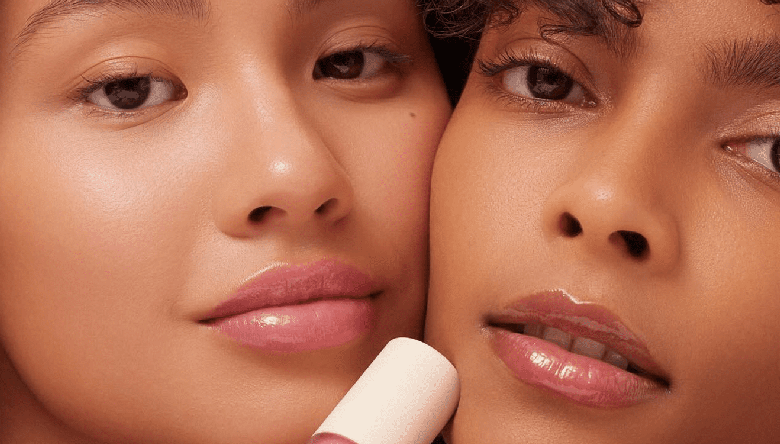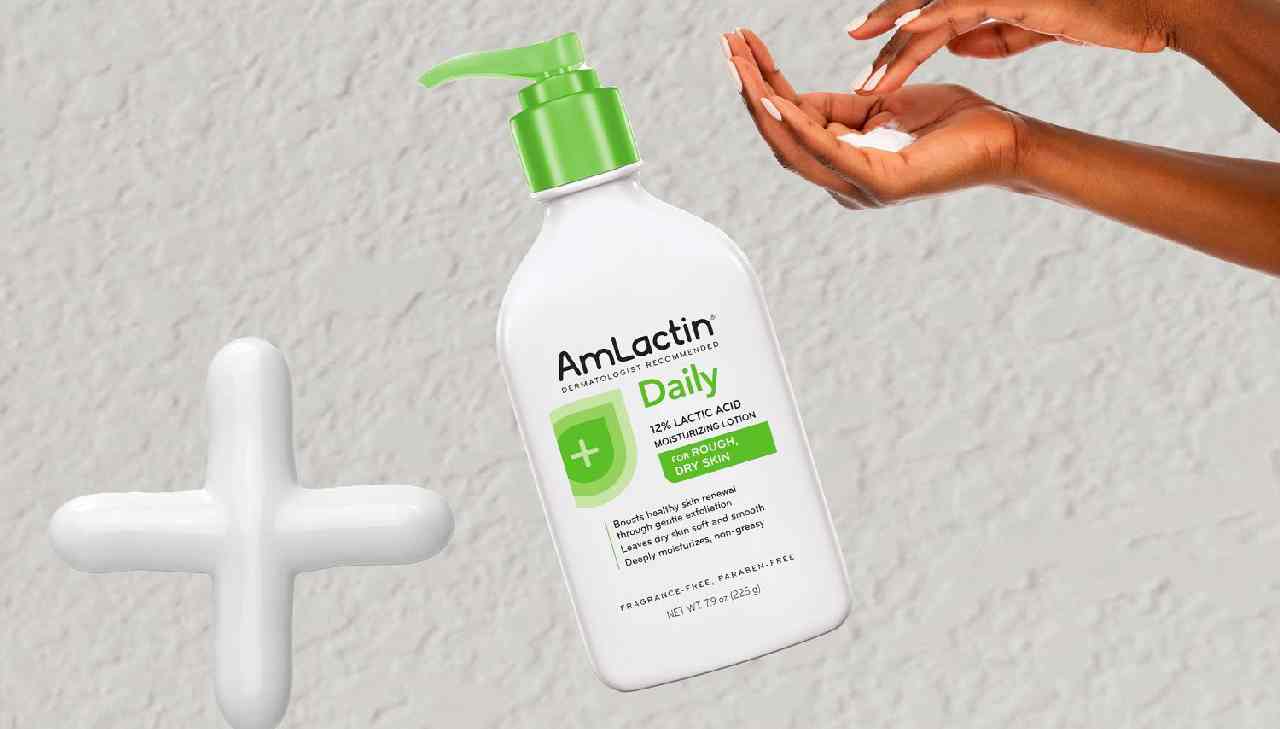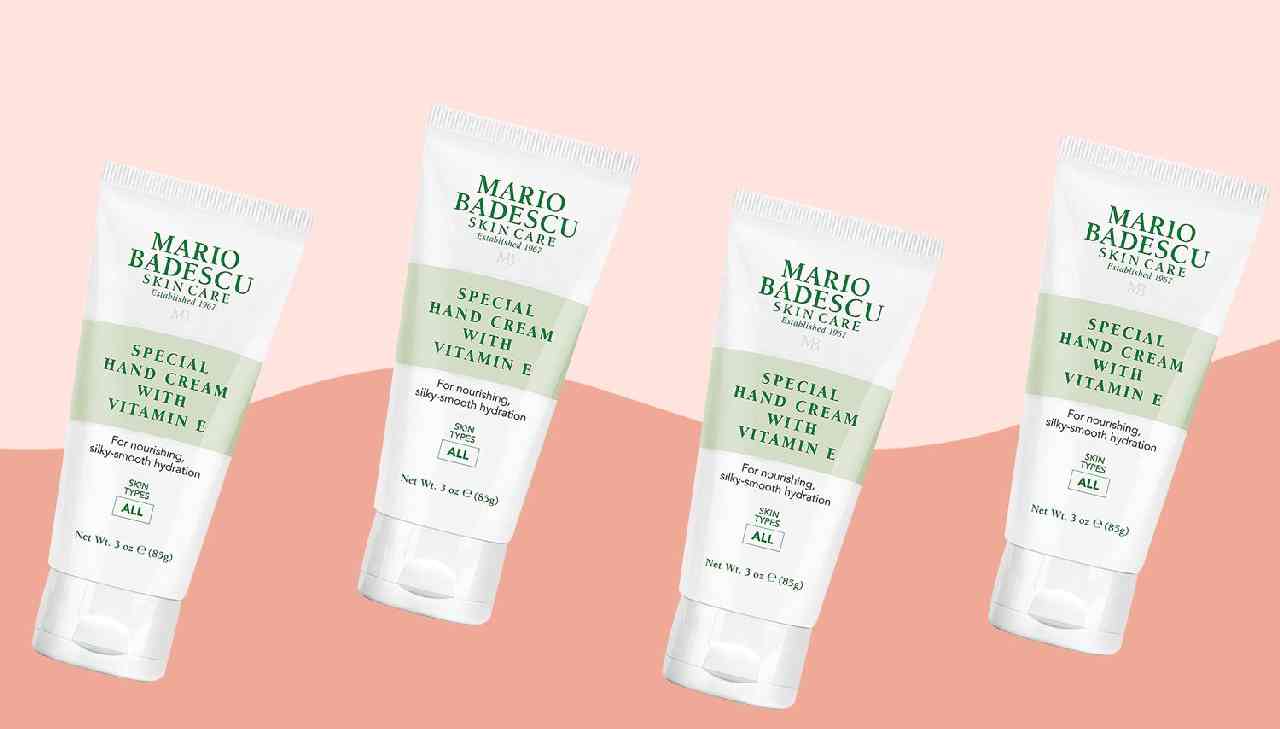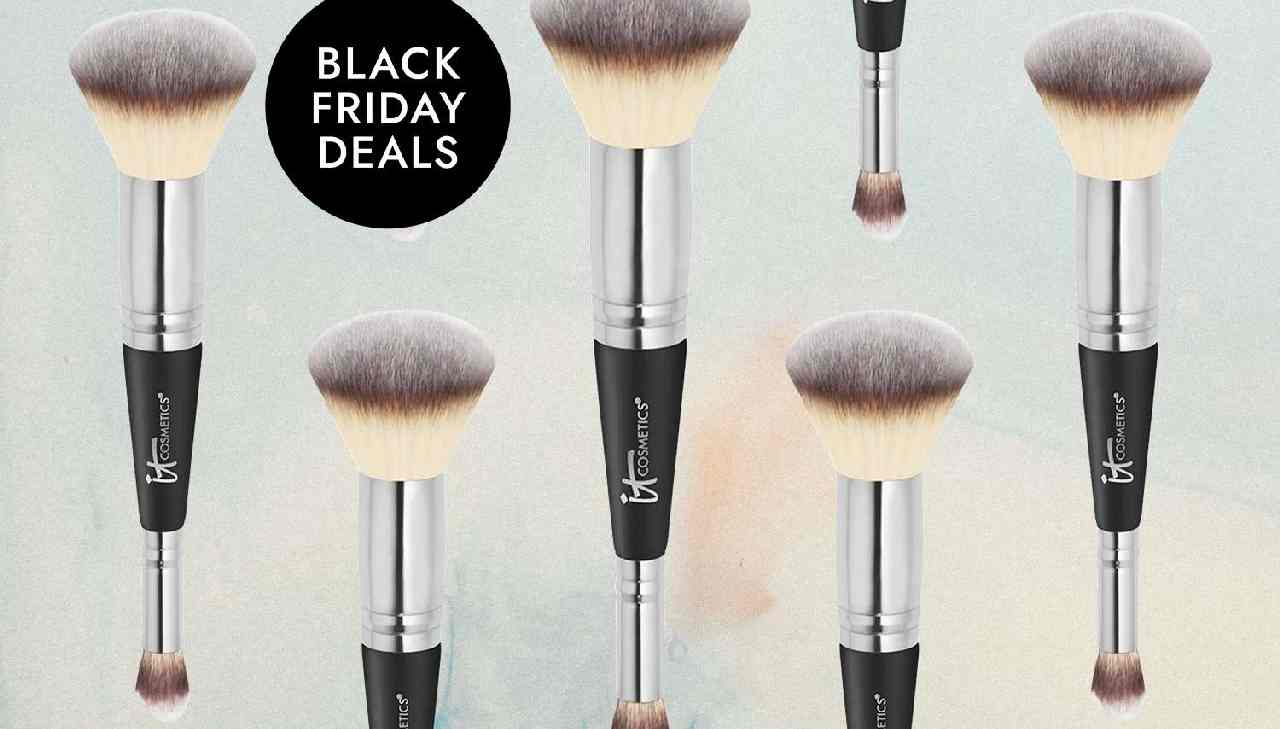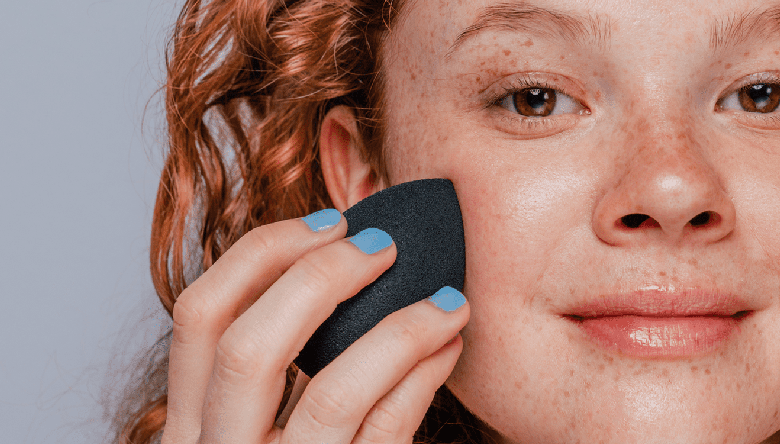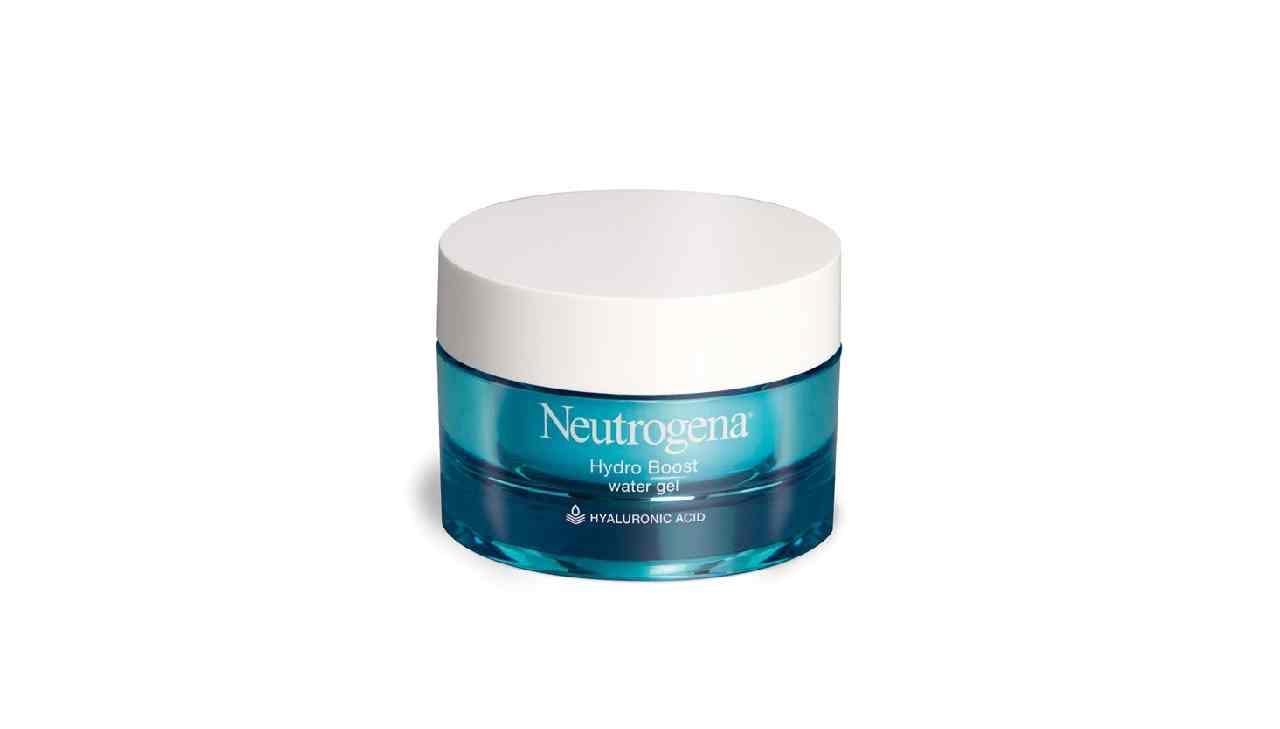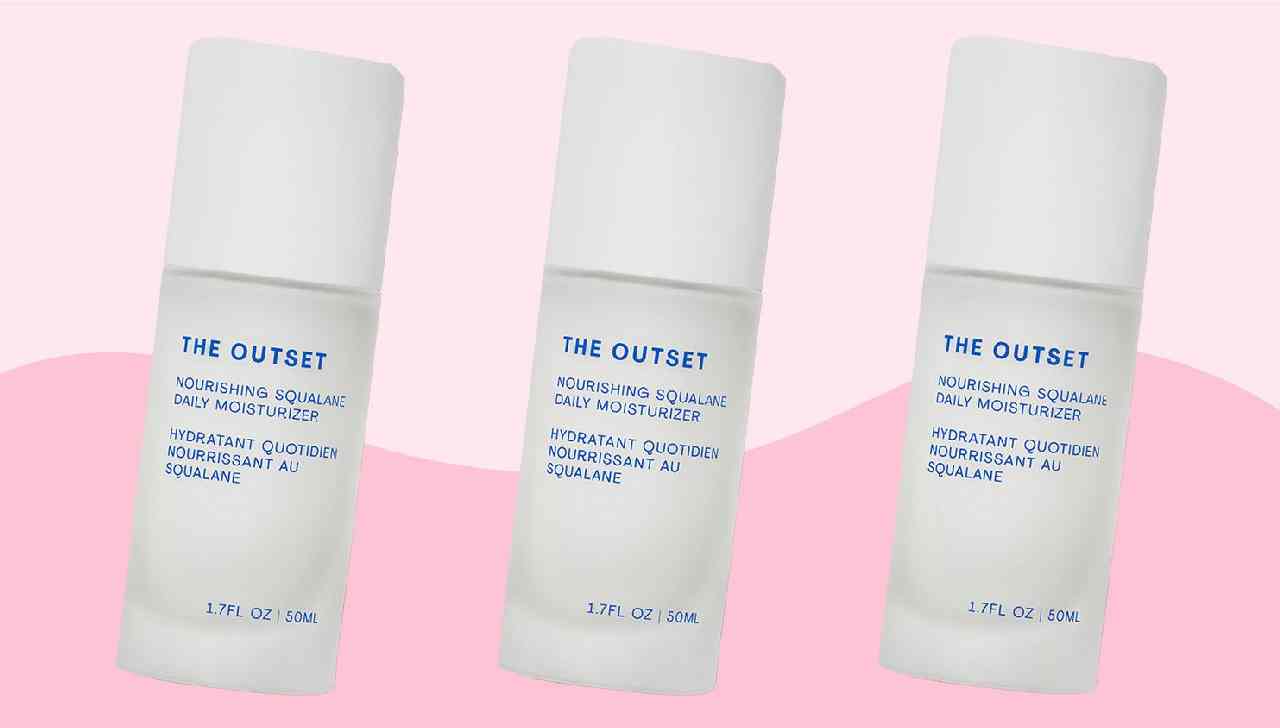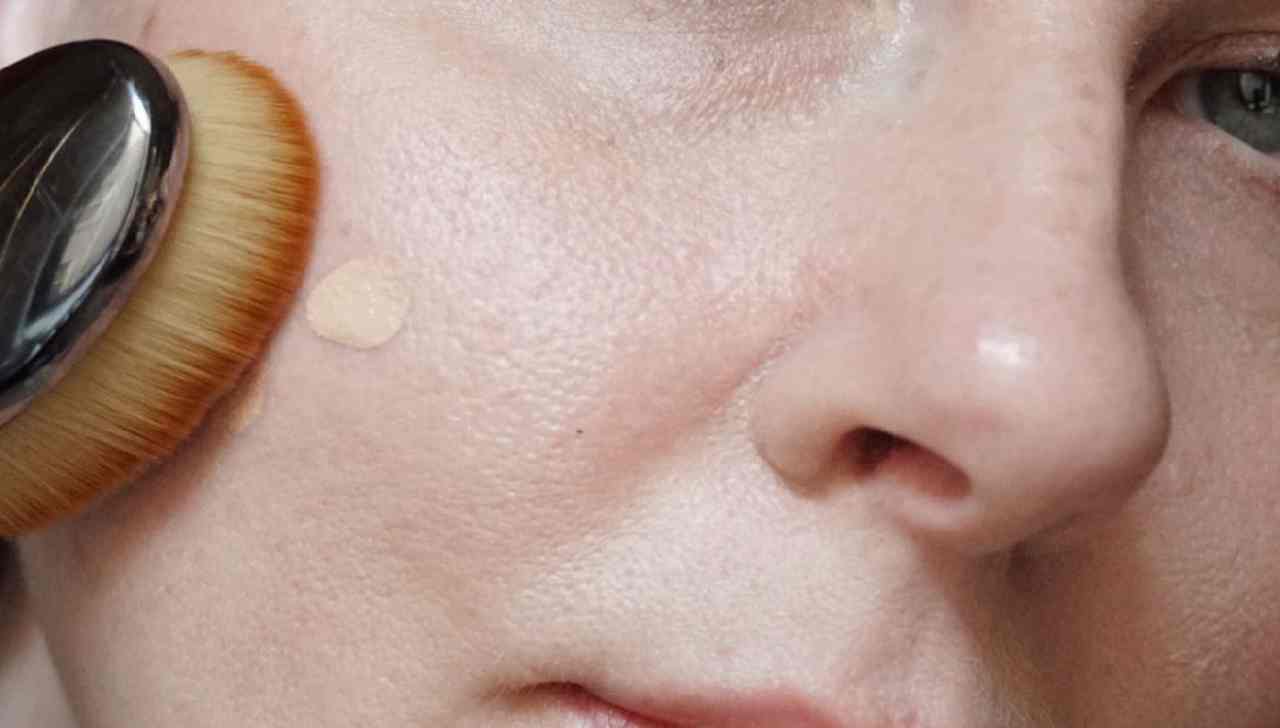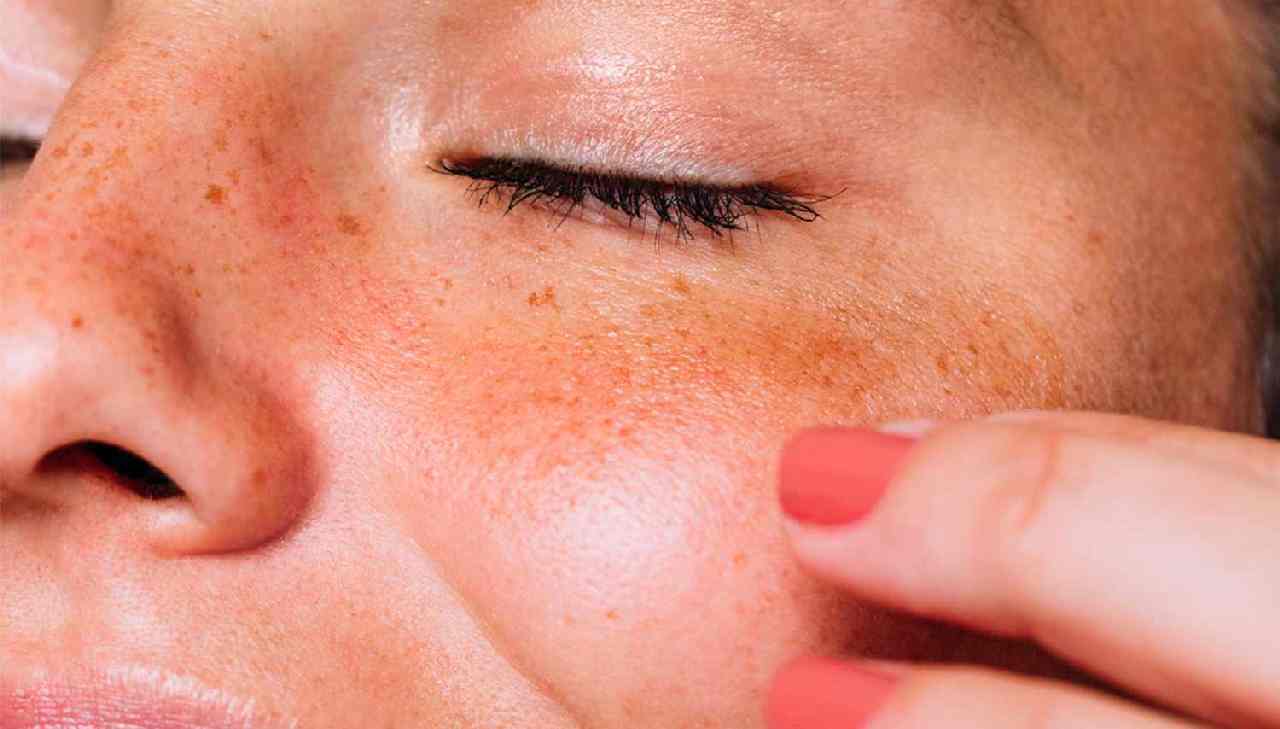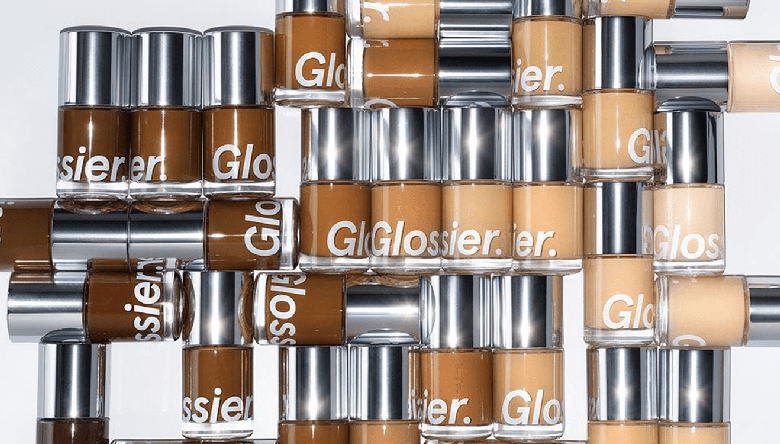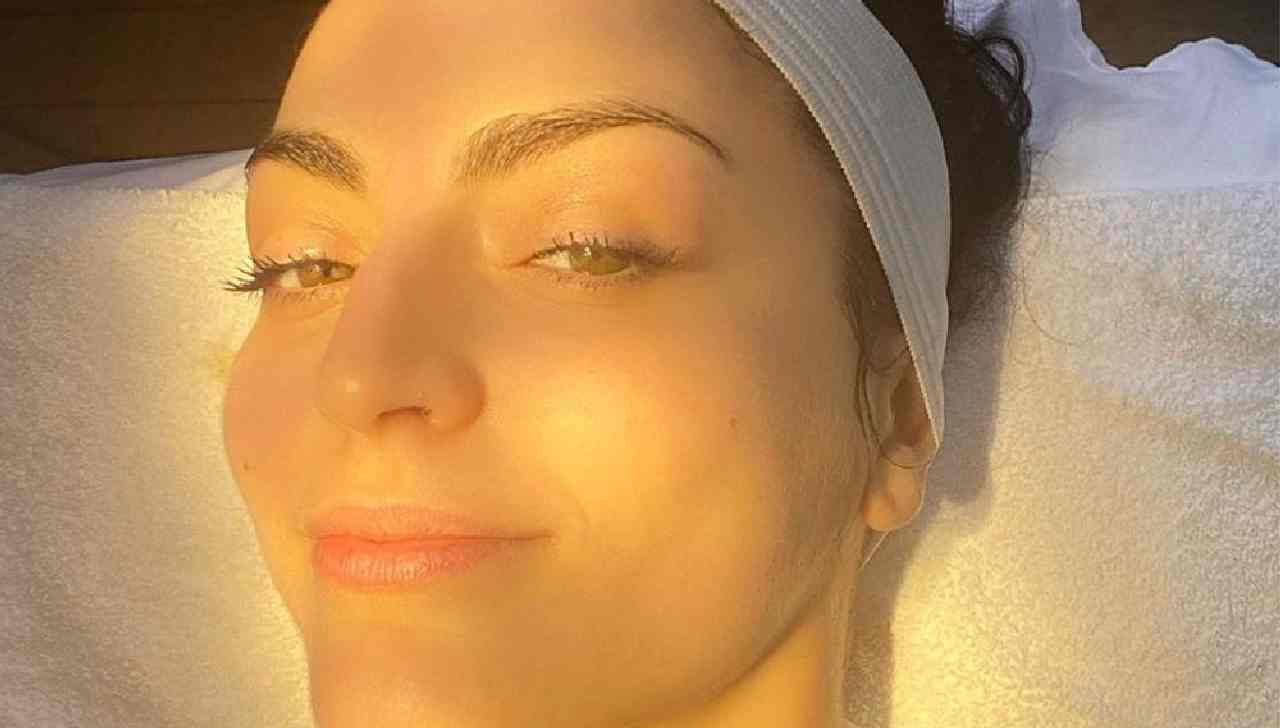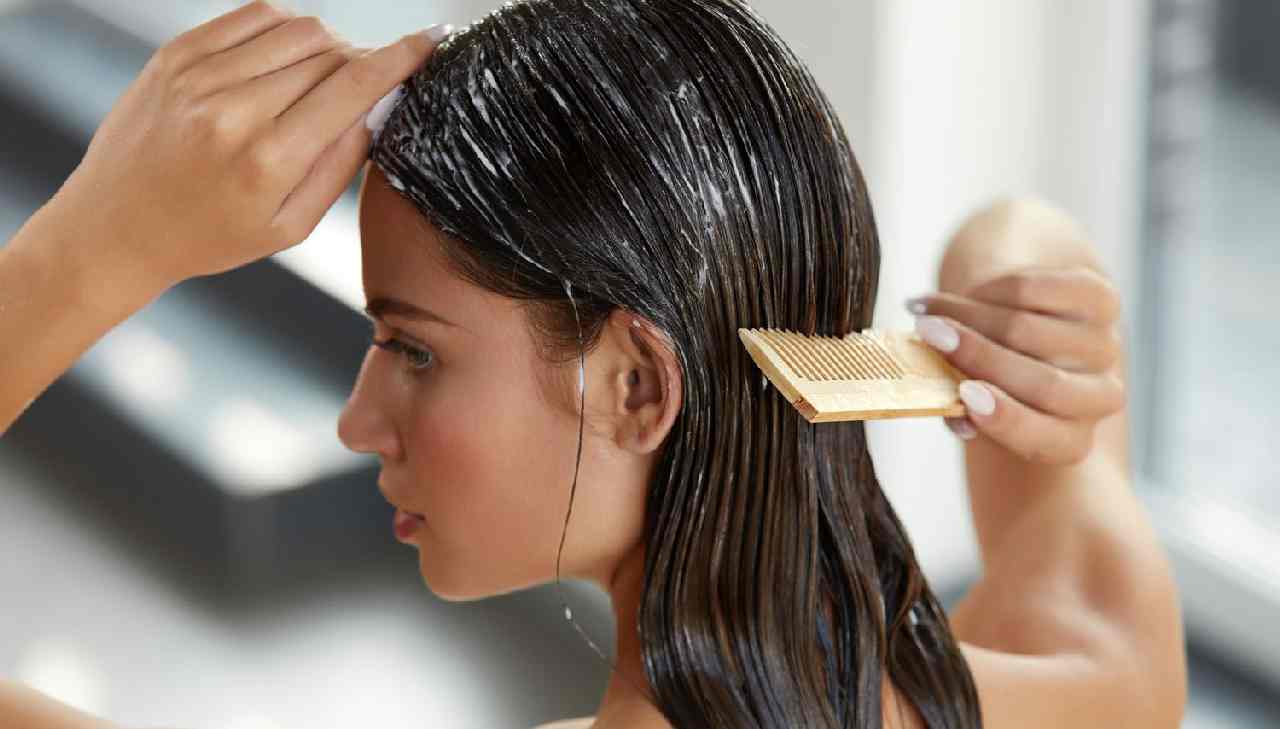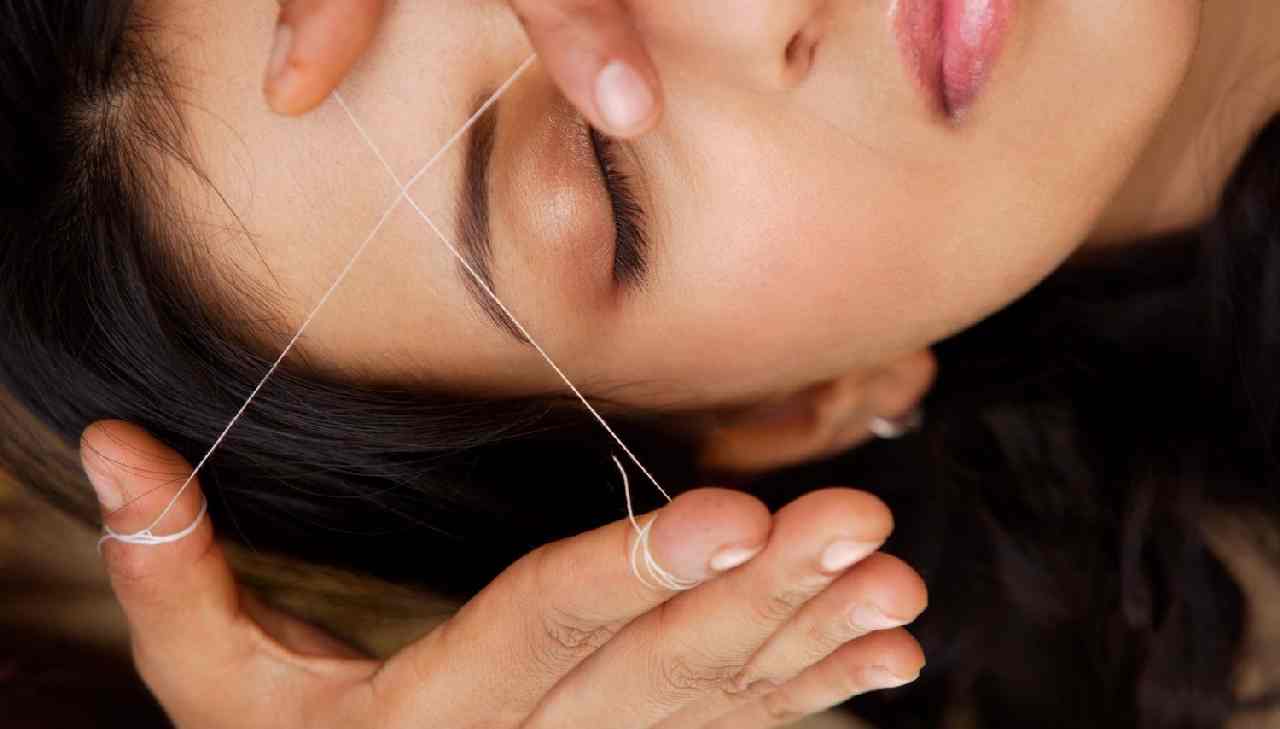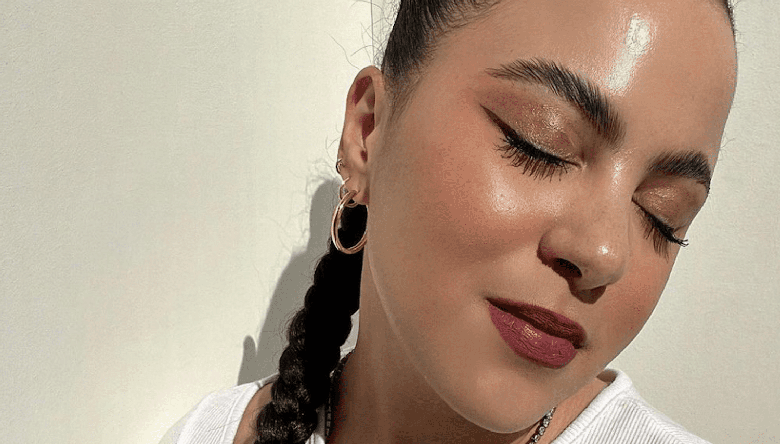10 Best Anti-Aging Ingredients, According to Dermatologists
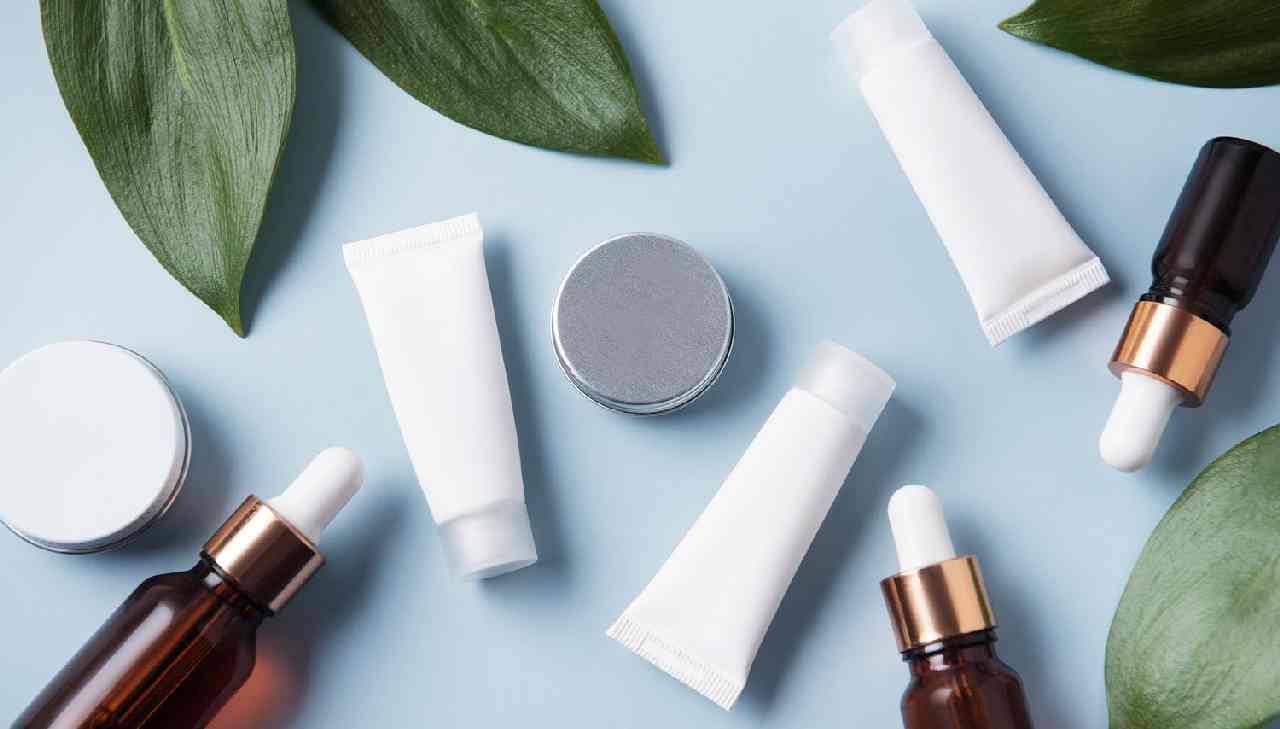
In the world of evolving skincare routines, trendy new anti-aging ingredients come and go at a rapid-fire pace. (We’ve seen everything from breast milk to snail mucus touted as the latest and greatest wrinkle fighters. Seriously.) And sure, they may gain a lot of buzz and attention, but when it comes to effective anti-aging products—the heavy-hitters that really get the job done—it’s a pretty finite list of options that experts say actually work. Silk pillowcases, though technically not a skincare product, have proven to have anti-aging benefits. As much as we want to (and do) hop on the latest skincare trends, good ingredients for your skin tend to be tried-and-true and dermatologist-approved.
Each of these top ingredients gives skin a youthful boost in slightly different ways, and each has its own set of pros and, sometimes, cons. To help you navigate the skincare space, we asked dermatologists to weigh in on the best anti-aging ingredients for your skin. Here’s what you need to know, plus some highly-rated anti-aging products to try.
Top Anti-Aging Ingredient Picks
01
of 10
Broad-Spectrum Sunscreen
We know this technically is a product and not an ingredient, but stay with us here. If you’re not using sunscreen religiously, there’s just no point in wasting your time or money on any other anti-aging ingredients. It’s a certifiable fact that sun exposure is one of the primary causes of all the signs of aging, from spots to wrinkles and everything in between. That makes adequate, daily sun protection a must, which is exactly why broad-spectrum sunscreen is on this list.
“A broad-spectrum sunscreen blocks both UVA rays, which cause aging, and UVB rays, which cause burning,” explains dermatologist Rita Linkner, MD, of RVL Skincare in New York City. The recommended daily value is SPF 30, and it’s important to remember that reapplication is also essential.
You can find both mineral and chemical broad-spectrum sunscreens; the former work by sitting on top of the skin and deflecting the sun’s rays, the latter absorb into the skin to prevent the rays from damaging the cells. It’s a matter of personal preference, though mineral options are less likely to irritate sensitive skin, says Linkner. And, per some of the latest FDA findings, zinc oxide and titanium dioxide, two of the most commonly used mineral sunscreen ingredients, have been found to be both safe and effective.
Try Laneige Hydro UV Defense Sunscreen Broad Spectrum SPF 50+ ($30; sephora.com) for dry skin and Starface Clear as Day SPF 46 ($24; starface.world) for oily, acne-prone skin.
02
of 10
Ceramides
The outermost layer of your skin is known as the skin barrier, and its primary role is keeping the good stuff (hydration) in and all the bad stuff (irritants) out. “Ceramides are lipids that keep this barrier strong and healthy, sealing moisture into the skin,” says Chicago dermatologist Jordan Carqueville, MD.
In terms of anti-aging, the more hydrated your skin is, the more youthful it will look. Because ceramides are great for helping keep irritants out, they’re also a good ingredient to seek out if you’re prone to eczema, notes Linkner. And since ceramides have basically no drawbacks, they’re an effective ingredient for any skin type.
You can find ceramides in CeraVe PM Facial Moisturizer ($19; ulta.com).
03
of 10
Collagen
Collagen is one of the most important proteins in your skin and is the foundation for keeping it strong and firm, like the box spring underneath a mattress. The problem is that our natural collagen production slows down as we age, and adding insult to injury, all kinds of external factors (ahem, sun exposure) also contribute to the breakdown of collagen.
While it makes sense that collagen would be a great anti-aging ingredient, it’s not quite so simple. Topically, it’s not an active that can make a big difference, Linkner says, largely due to the fact that it’s a big molecule that is challenging to get into the skin. You may also have seen lots of ingestible collagen lately; various pills and powders have flooded the market, touting all kinds of skin, hair, and nail benefits.
Still, “it’s difficult for oral collagen to make it to the level in the skin where it would make a difference,” cautions Linkner. The bottom line: Take this collagen craze with a grain of salt, but if you want to try it, go for it, since it really can’t hurt.
You can find topical collagen in Algenist Genius Sleeping Collagen ($98; sephora.com).
04
of 10
Glycolic Acid
Part of a group of acids known as alpha-hydroxy acids, this anti-aging ingredient is distinct in having the smallest molecular size, so it can penetrate deepest into the skin, Linkner says. Glycolic acid features the traditional exfoliating benefits of any AHA, gently dissolving the bonds between dead skin cells to improve skin texture, tone, and pore size, adds Carqueville.
But glycolic acid also has another unique anti-aging benefit: “It boosts levels of both collagen and elastin in the skin,” says Linkner, so it can help ward off wrinkles, too. The caveat? Glycolic acid can be irritating for some people, especially those with super sensitive skin or when used in high concentrations, so start using it gradually in order to give your skin enough time to get used to it.
For a gentle introduction to glycolic acid, try Mario Badescu Glycolic Acid Toner ($18; ulta.com).
05
of 10
Lactic Acid
Another type of AHA, this skin-friendly ingredient is usually derived from milk and is generally gentler and less irritating than glycolic acid, says Linkner. Lactic acid a common anti-aging ingredient in both mild in-office peels and many at-home exfoliating products, helping to leave skin more even and radiant.
Plus, unlike many other exfoliating ingredients, which can be drying if not used properly, “lactic acid has been shown to increase the natural moisturizing factors in the skin,” says Carqueville. Just keep in mind that it will make your skin more sensitive to the sun, warns Linkner, so you want to be extra diligent and on top of your sunscreen game when lactic acid is a part of your anti-aging arsenal.
06
of 10
Hyaluronic Acid
A fan-favorite in the hydrating ingredient world, “hyaluronic acid acts like a sponge, drawing water to and then trapping it in the skin,” explains Linkner. This means that it not only moisturizes but can also help plump up your skin and fill in fine lines since it can hold up to a thousand times its own weight in water, Carqueville says. (Though sadly, those benefits are only temporary.)
Hyaluronic acid is a naturally occurring sugar in our body, so it’s very inert and unlikely to cause any kind of skin complications. Just remember that in order for this anti-aging ingredient to work most effectively, there needs to be moisture present, Linkner says.
In other words, if you slather it on parched skin while sitting in the middle of the desert, it’s not going to work. Your best bet is to apply hyaluronic acid on either slightly damp skin, or to layer it with another moisturizer.
Try The Inkey List Hyaluronic Acid Serum ($9; sephora.com).
07
of 10
Jojoba Oil
As popular as face oils have become, the concept can still be off-putting to some. But jojoba oil is one of the best skincare oils of the bunch. Derived from a nut-like pod of a plant, jojoba oil is biomimetic, meaning it acts like the oil naturally found in skin. “It’s non-comedogenic, so it won’t clog pores, is moisturizing, and also soothing to dry, irritated, skin,” Carqueville says. Translation: There’s no need to worry about breakouts.
Jojoba oil contains vitamin E as well, which means it may have some antioxidant properties, Carqueville adds, and it is anti-inflammatory, too. Bonus: It works equally well to hydrate your hair and scalp.
08
of 10
Niacinimide
If you’re dealing with any kind of redness or irritation, or a condition such as rosacea, niacinimide is a good pick. “A form of vitamin B3, niacinamide helps calm inflamed skin,” says Carqueville, who adds that it’s generally well tolerated for all skin types. Plus, it has the added benefit of helping to brighten skin and target unwanted pigmentation.
Find this anti-aging ingredient in ApotheCARE Essentials PhytoDefend Protecting Serum ($29; target.com).
09
of 10
Retinol
“Also known as vitamin A, this is one of the most effective skin-transforming ingredients,” Linkner says. Retinol is part of a larger group known as retinoids, of which there are many prescription and over-the-counter options, though to keep things simple, they all work essentially the same way.
Because this skincare ingredient increases the rate at which your cells turnover—aka speeding up the exfoliation process—retinol is a great anti-aging ingredient for targeting fine lines and sun damage. For the same reasons, it’s also good for combating blemishes, says Linkner, so if you’re dealing with adult acne, that oh-so-fun double whammy of wrinkles and pimples, this one is for you.
If it sounds too good to be true, that’s because it kind of is. Retinol has some big negatives, namely that it can be very irritating for many. You can help minimize its unsightly side effects (redness, flaking) by working it in to your routine gradually and sandwiching it between two layers of plain moisturizer. You also only need a pea-size amount for your entire face—more is definitely not better in this case. Because it’s rendered inactive when exposed to sunlight, be sure to save it for bedtime use only.
10
of 10
Vitamin C
The vitamin you take when you feel a cold coming on also offers a trio of benefits for your skin. Not only is vitamin C a great antioxidant, helping to neutralize the skin-damaging free radicals caused by exposure to environmental factors such as sun and pollution, but it also interferes with the production of excess pigment in the skin, helping to fade spots and discoloration. And if all that wasn’t enough, it also helps to stimulate collagen production (when used either topically or ingested, FYI).
Some people can be more sensitive to vitamin C than others and may experience some irritation, and it’s also very easily rendered inactive if exposed to sun and air. Look for vitamin C products housed in dark, opaque bottles, and stash them in a cool, dark place, like a drawer.
Find this anti-aging ingredient in Renée Rouleau Vitamin C & E Treatment ($70; reneerouleau.com).


 English
English 